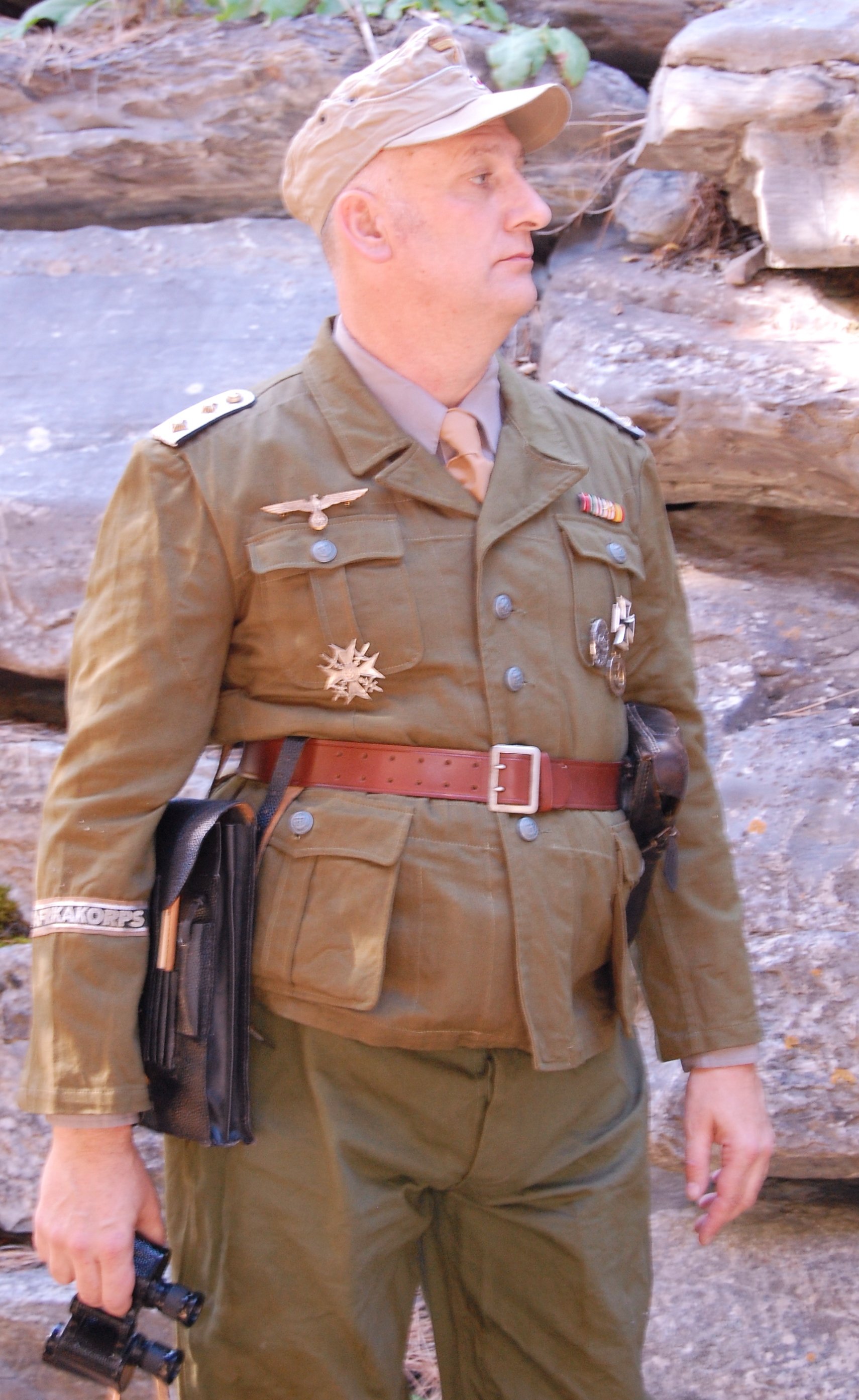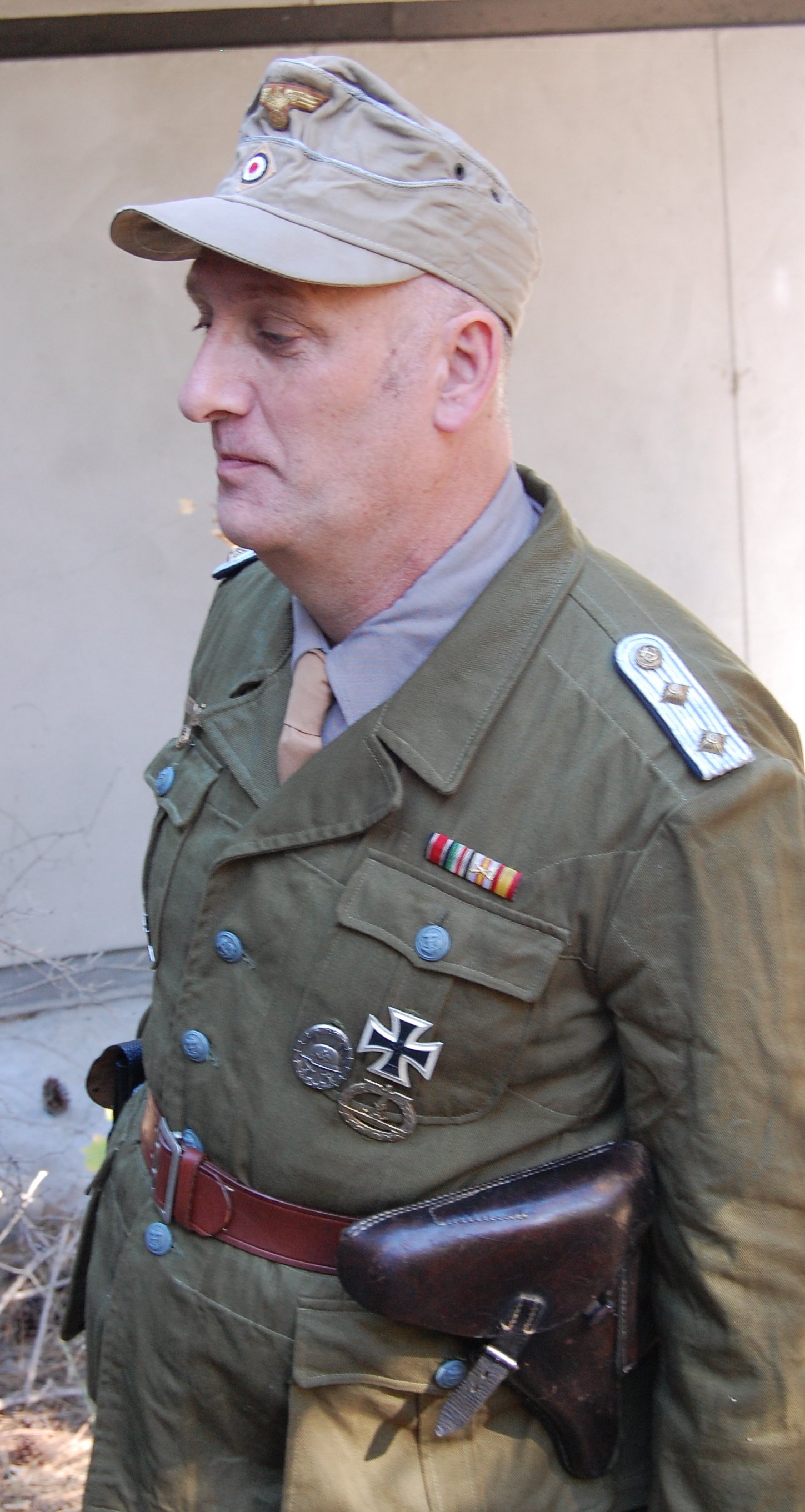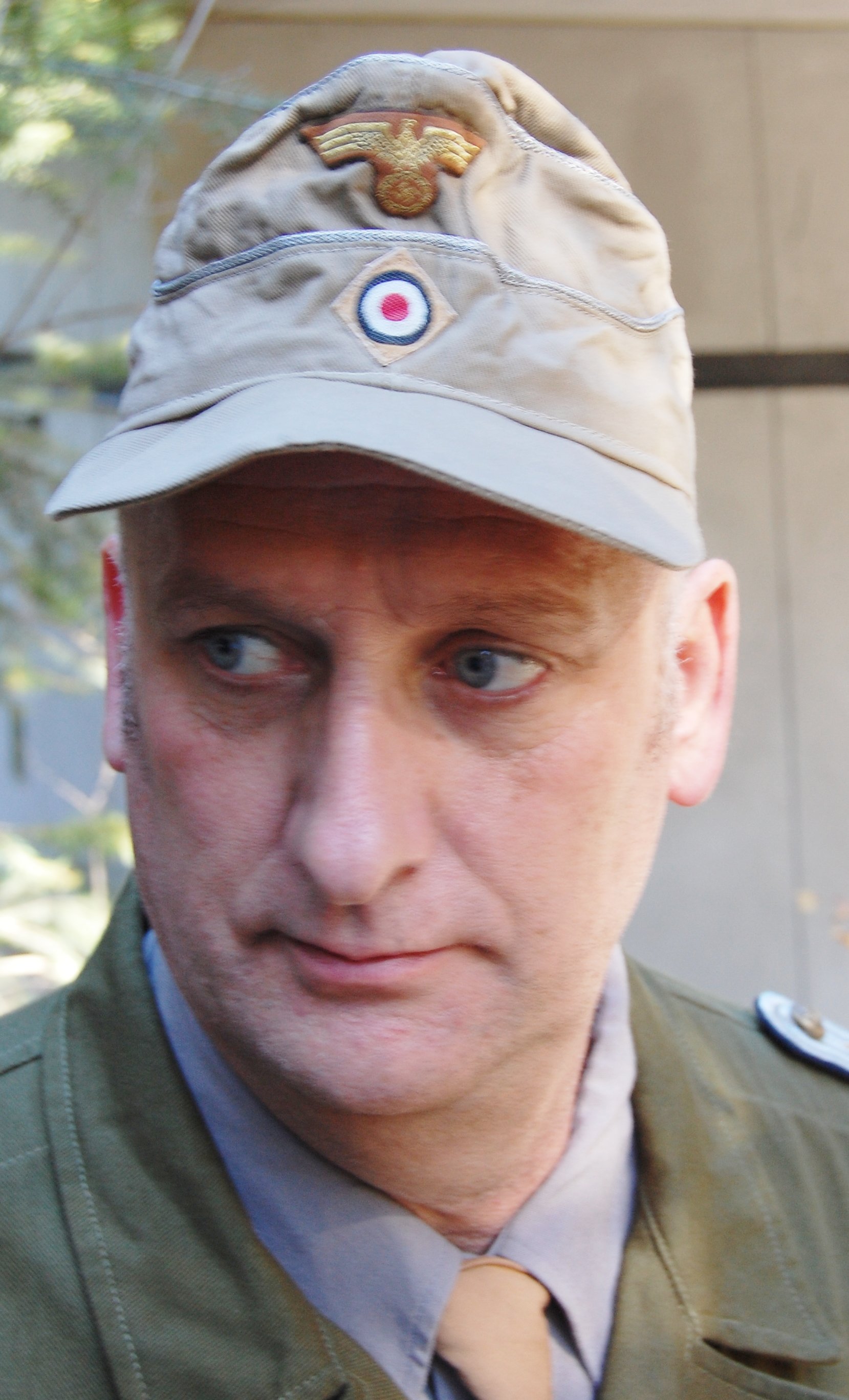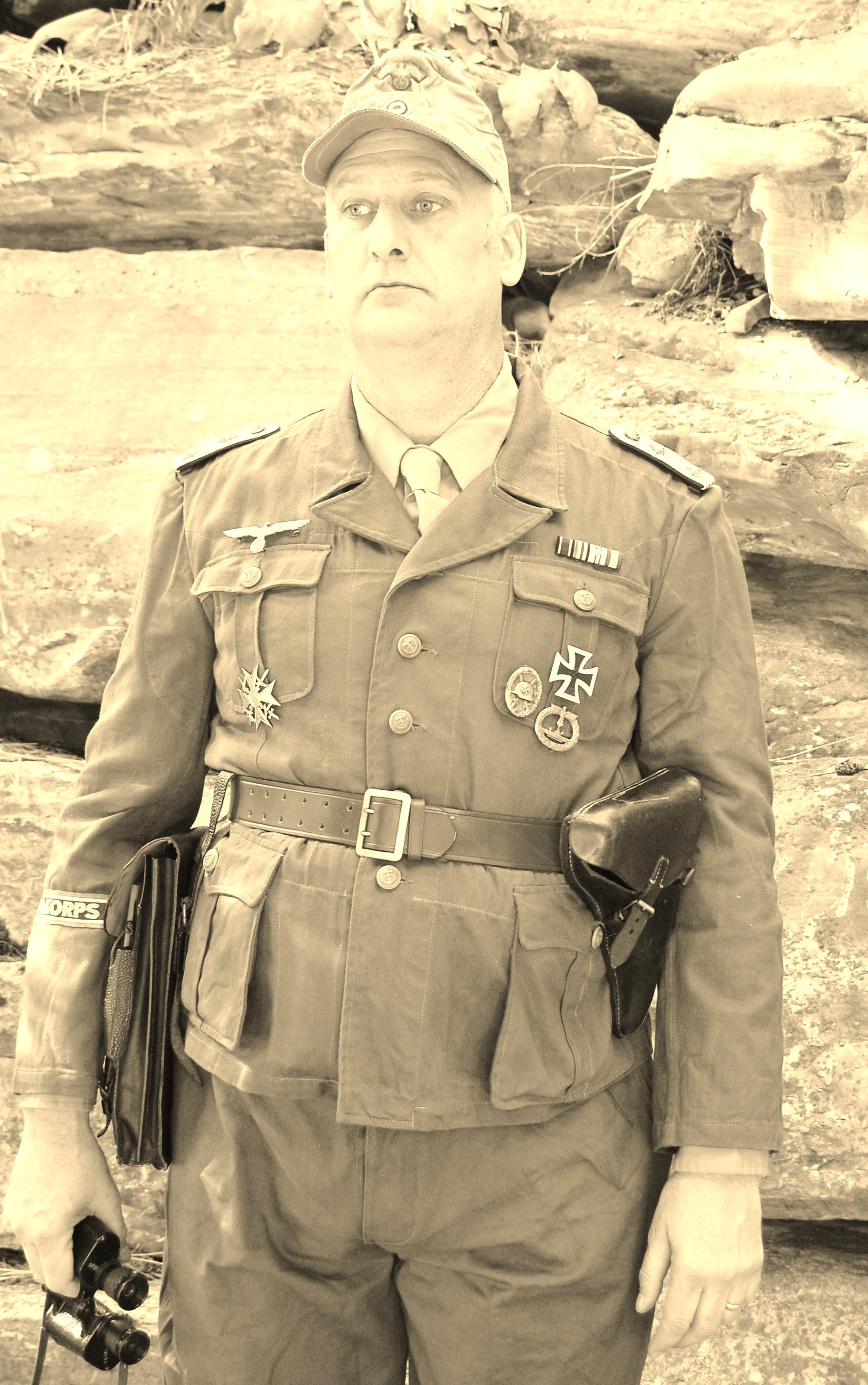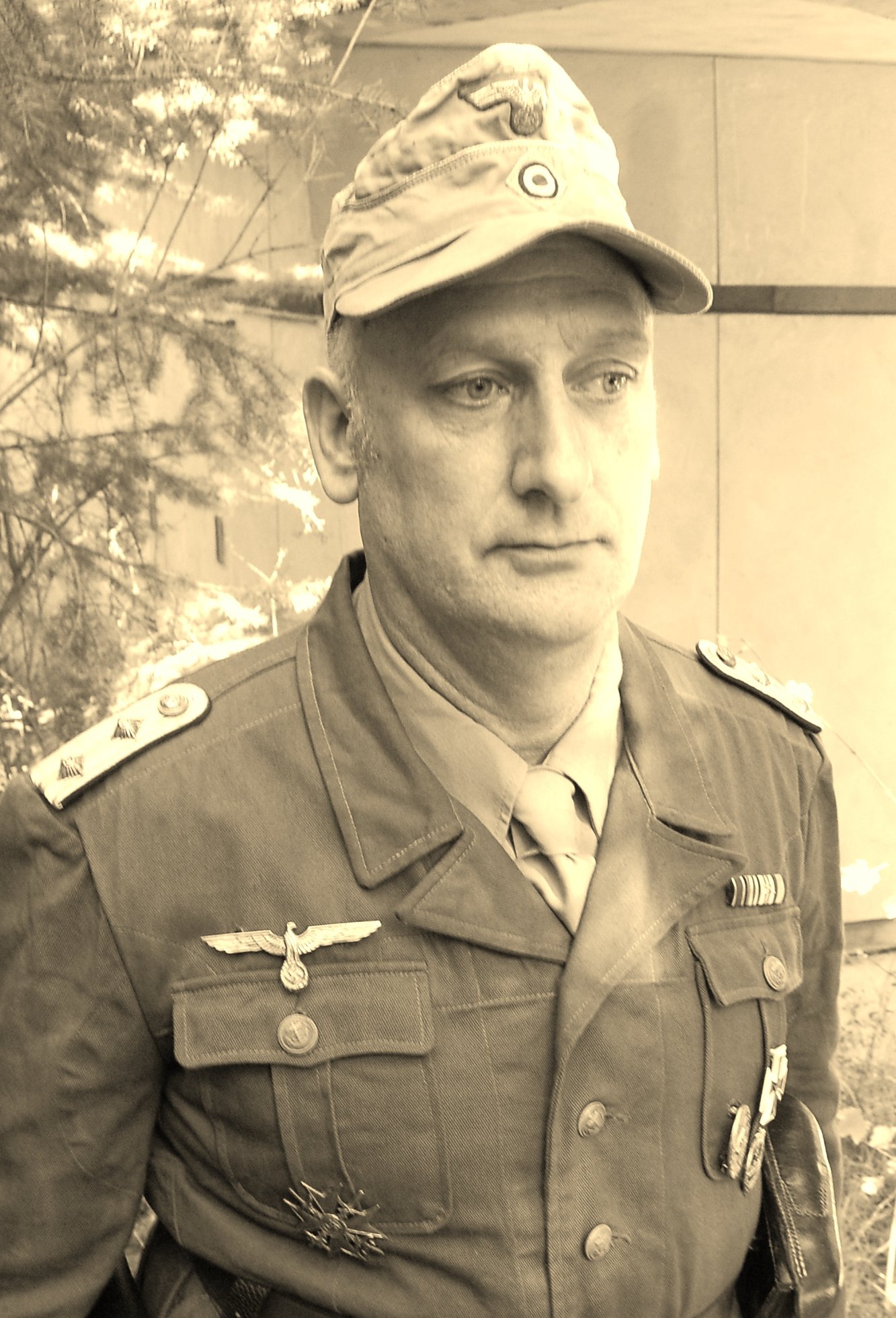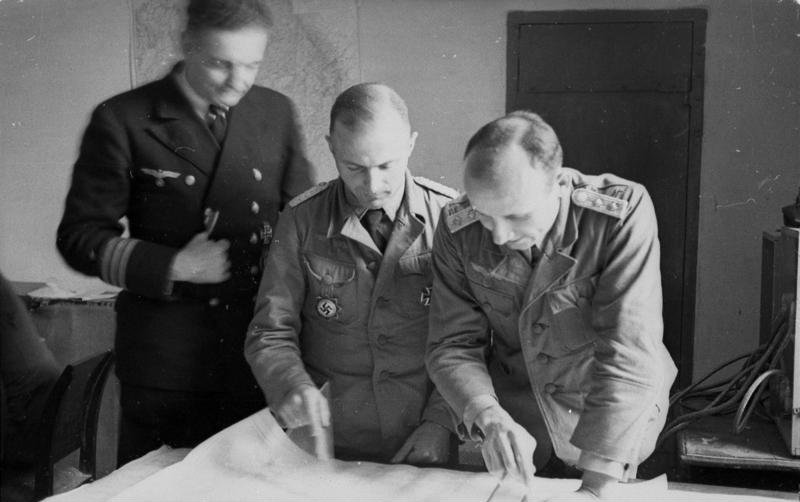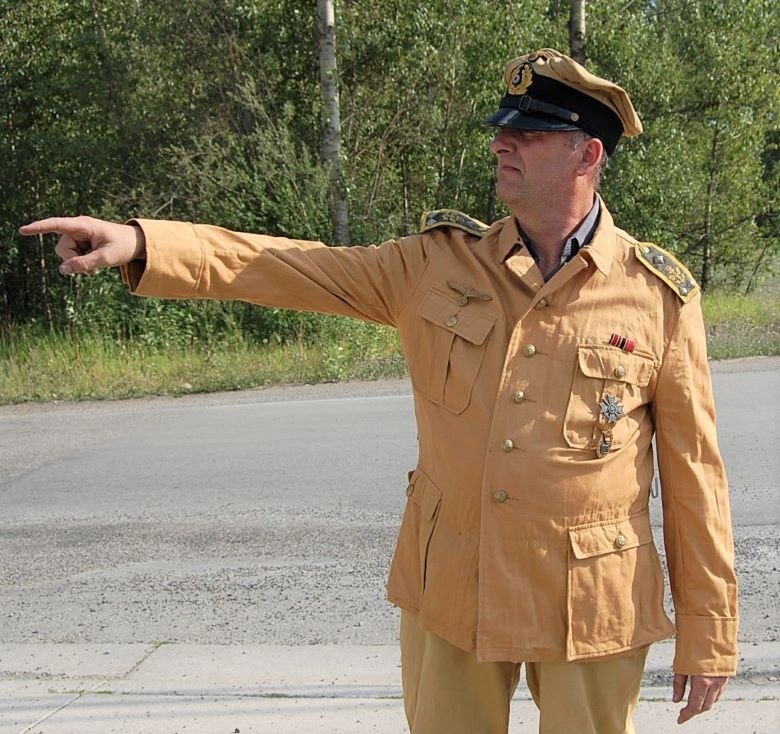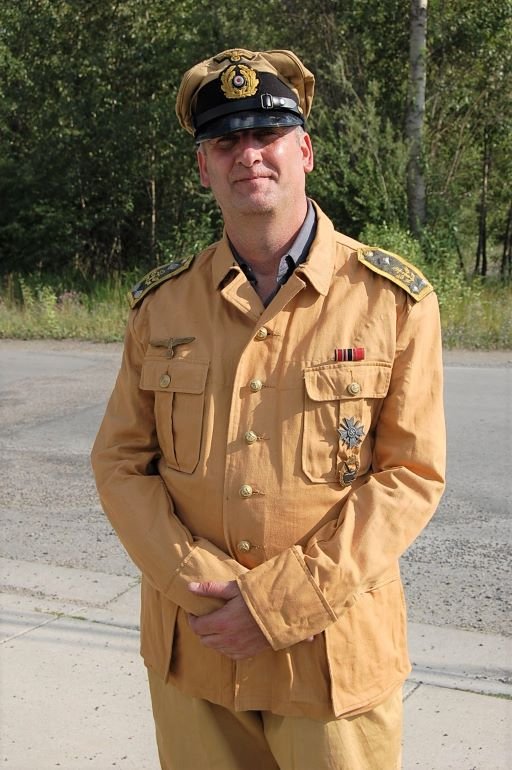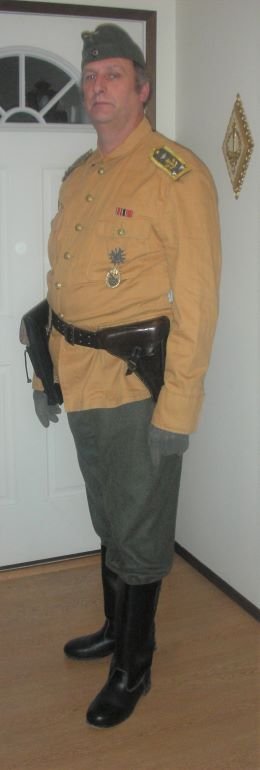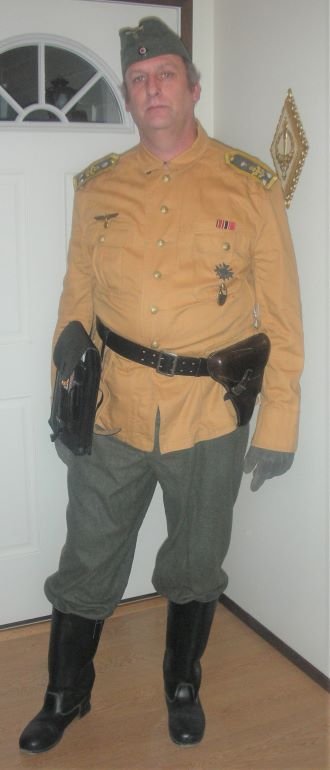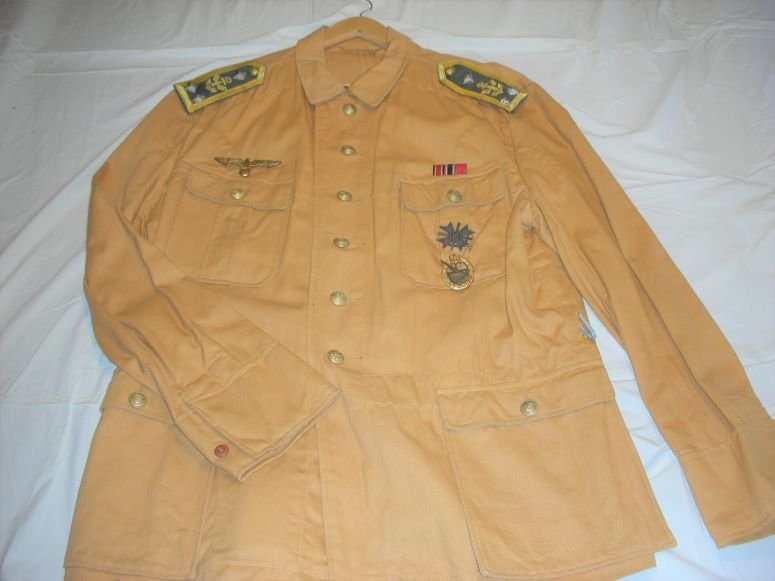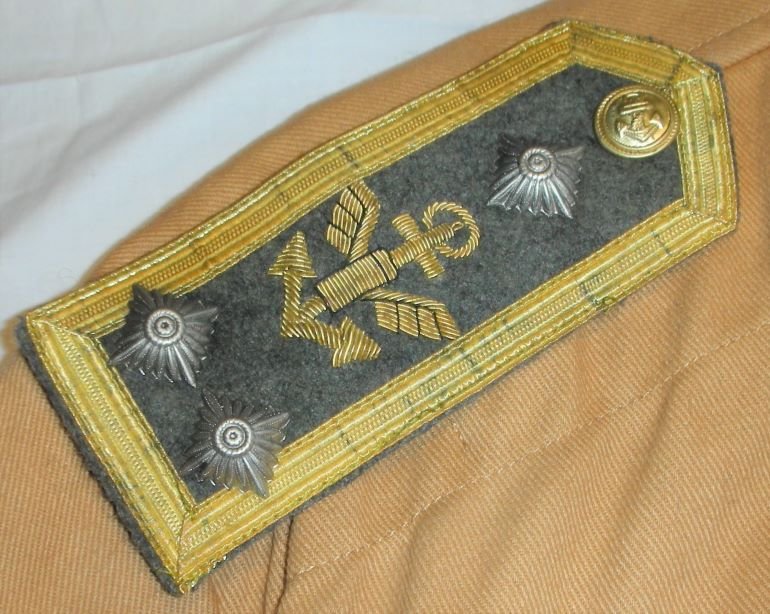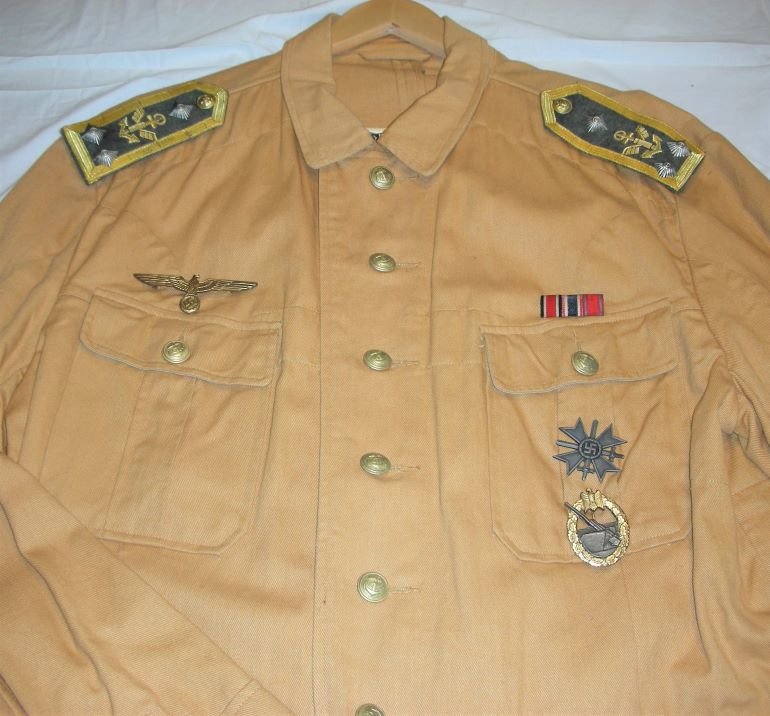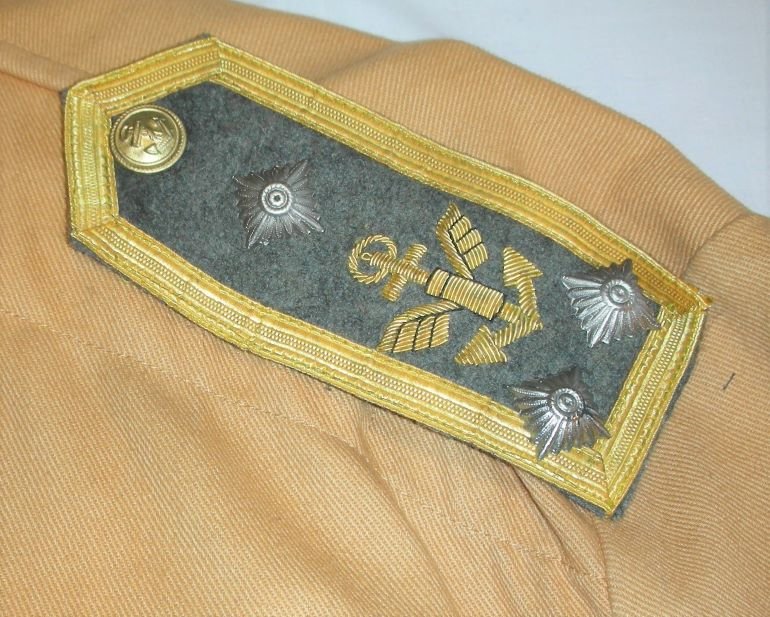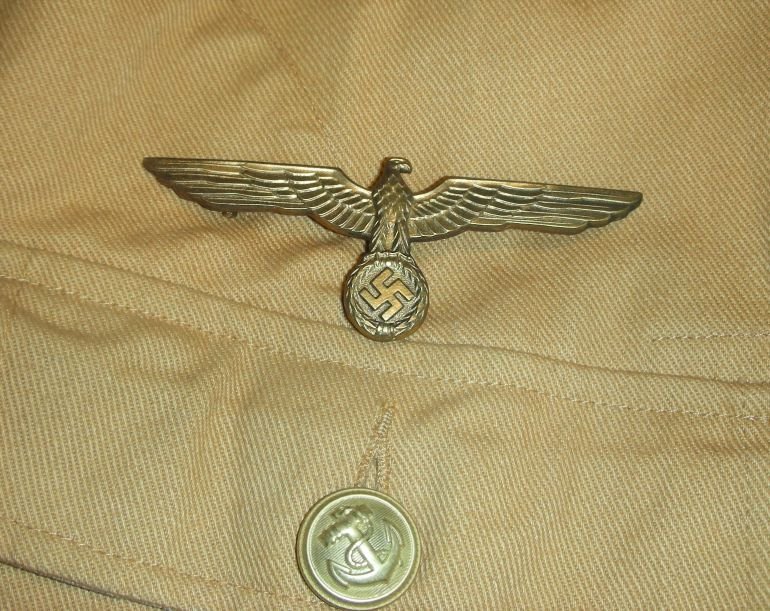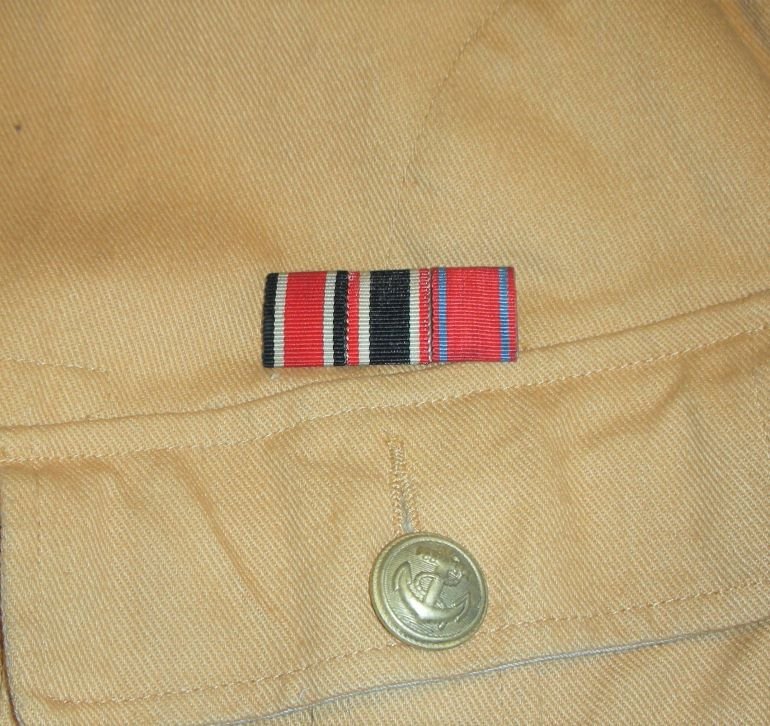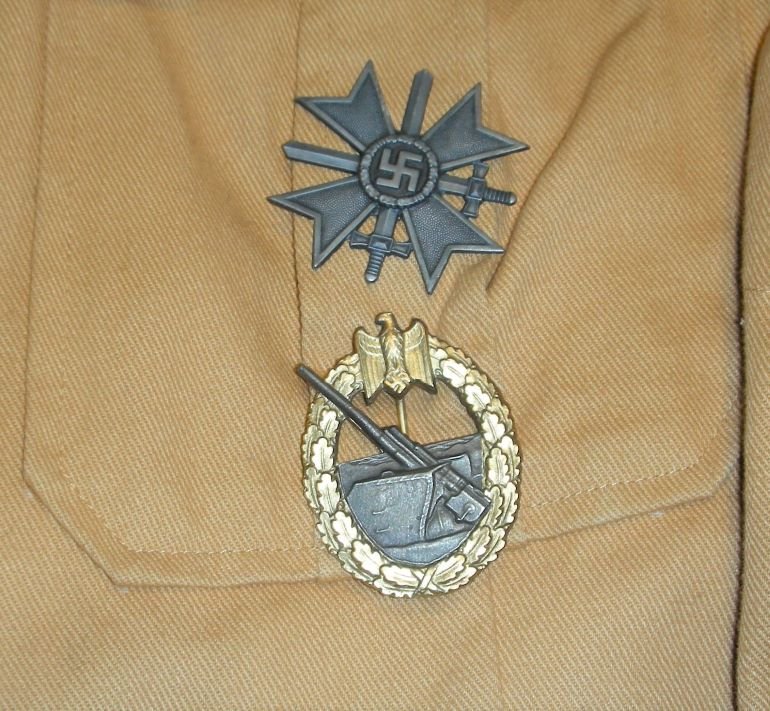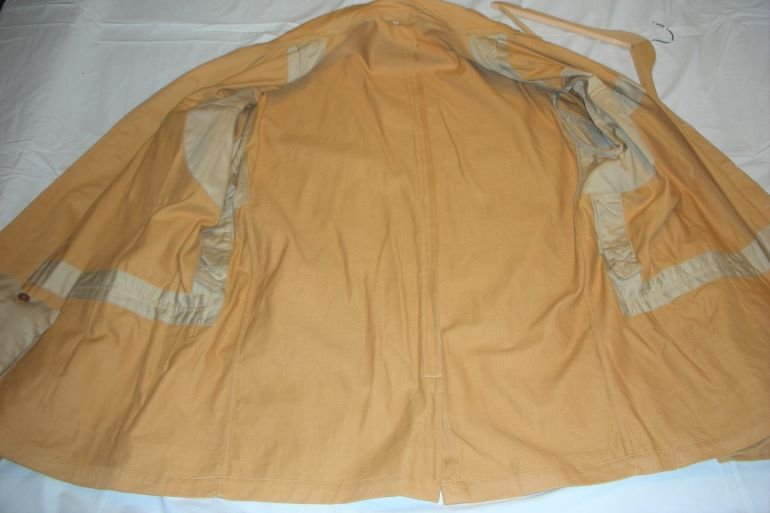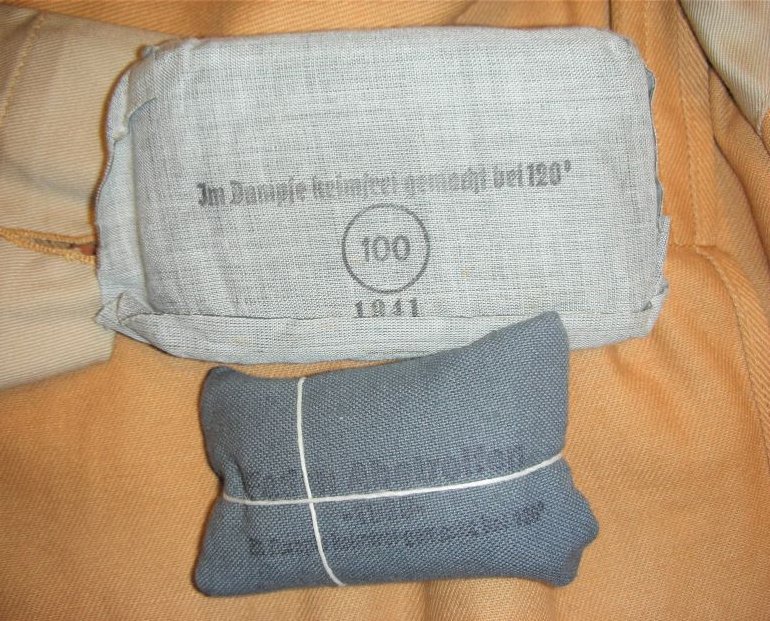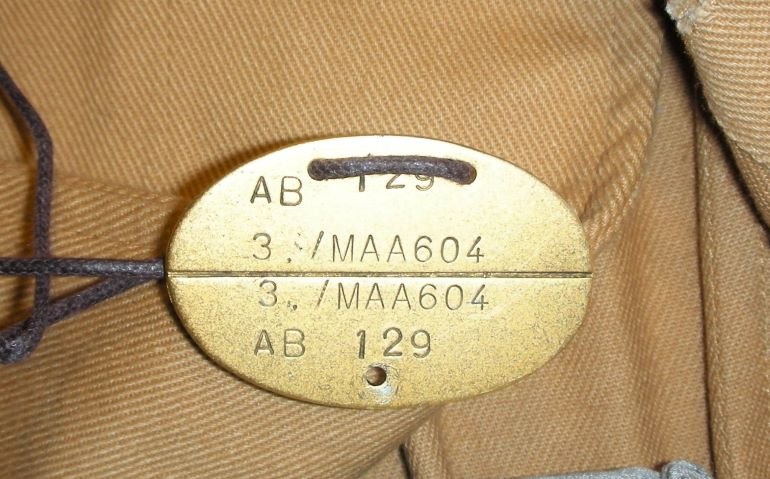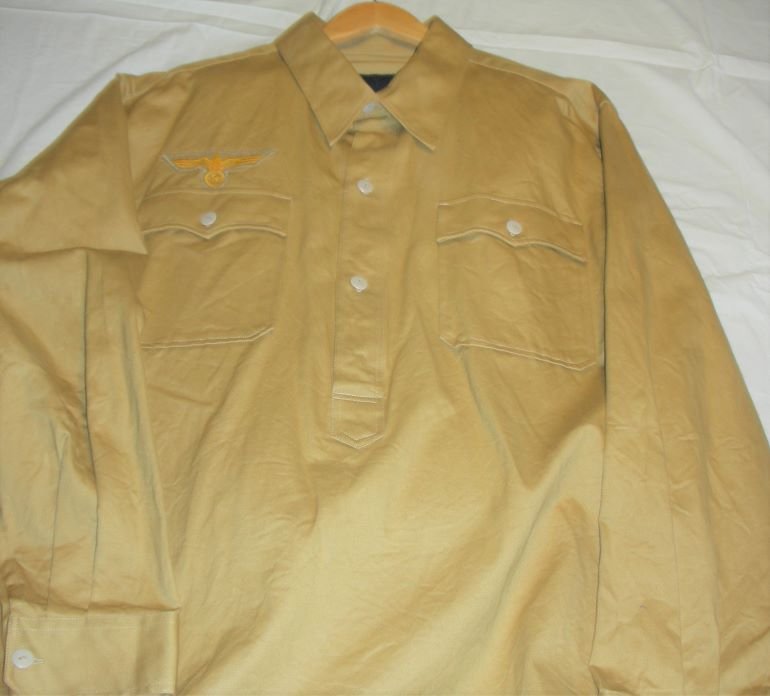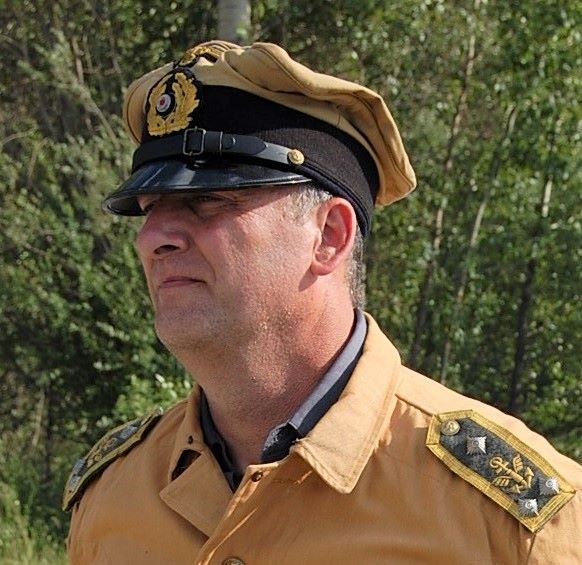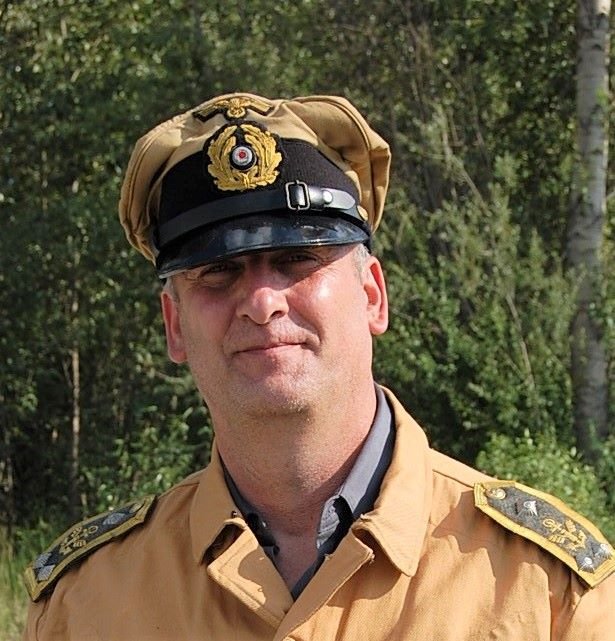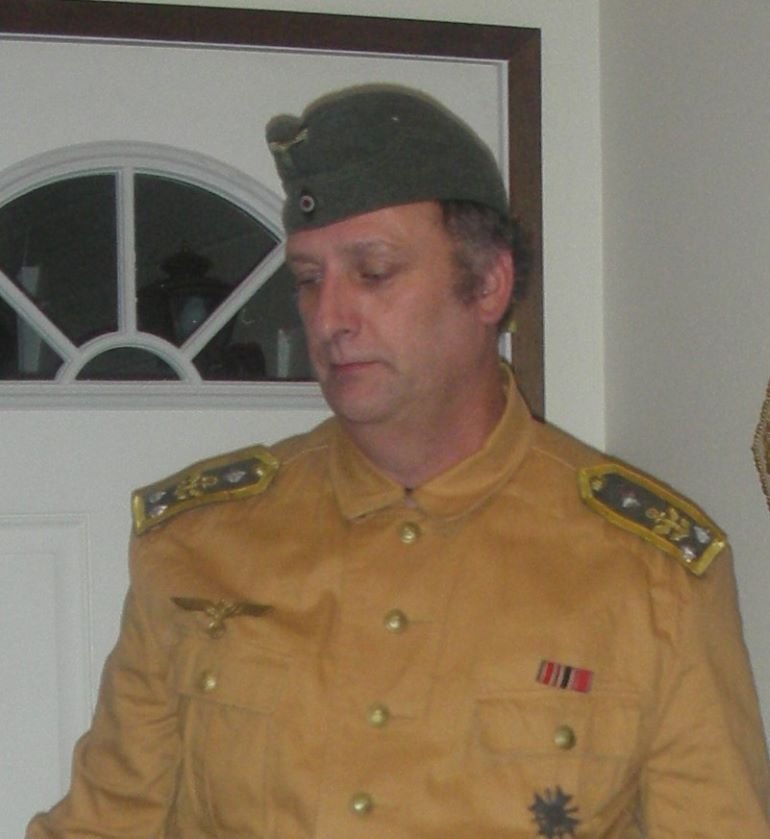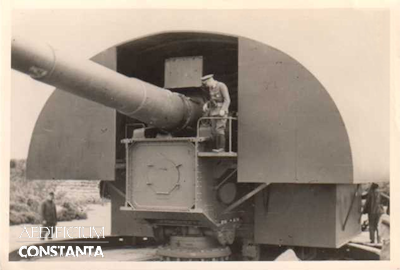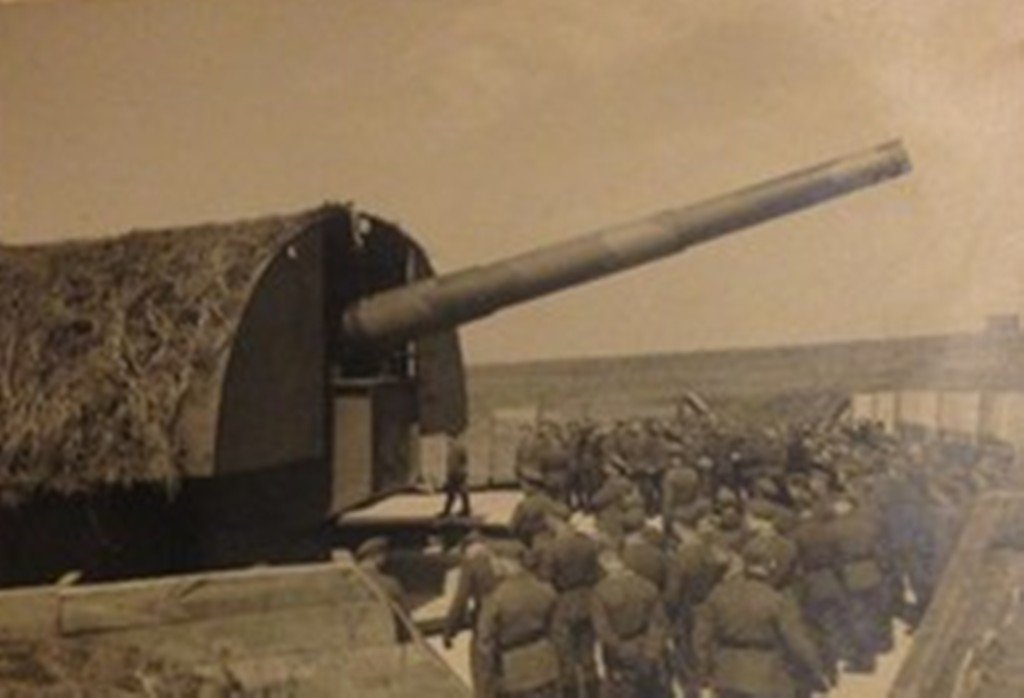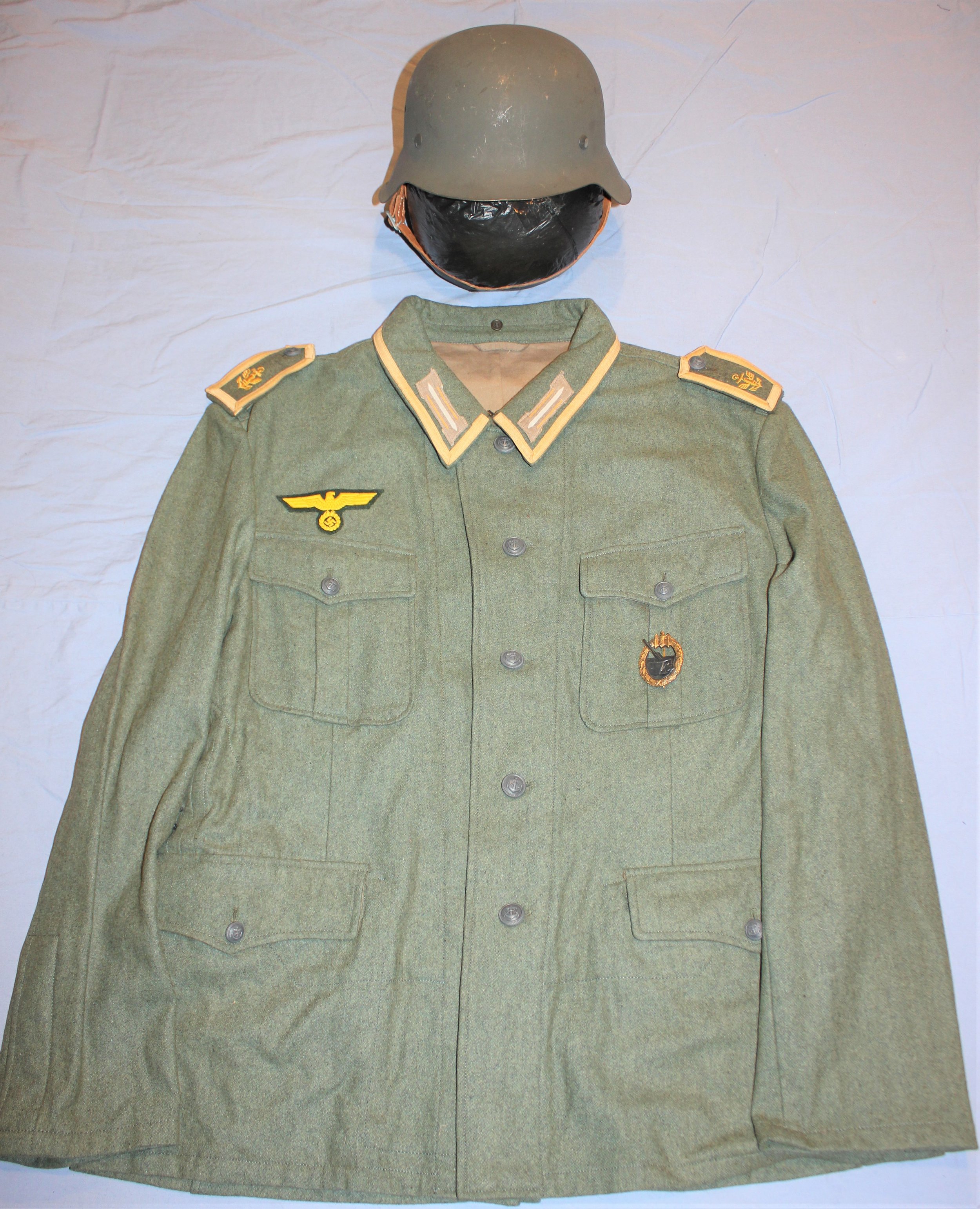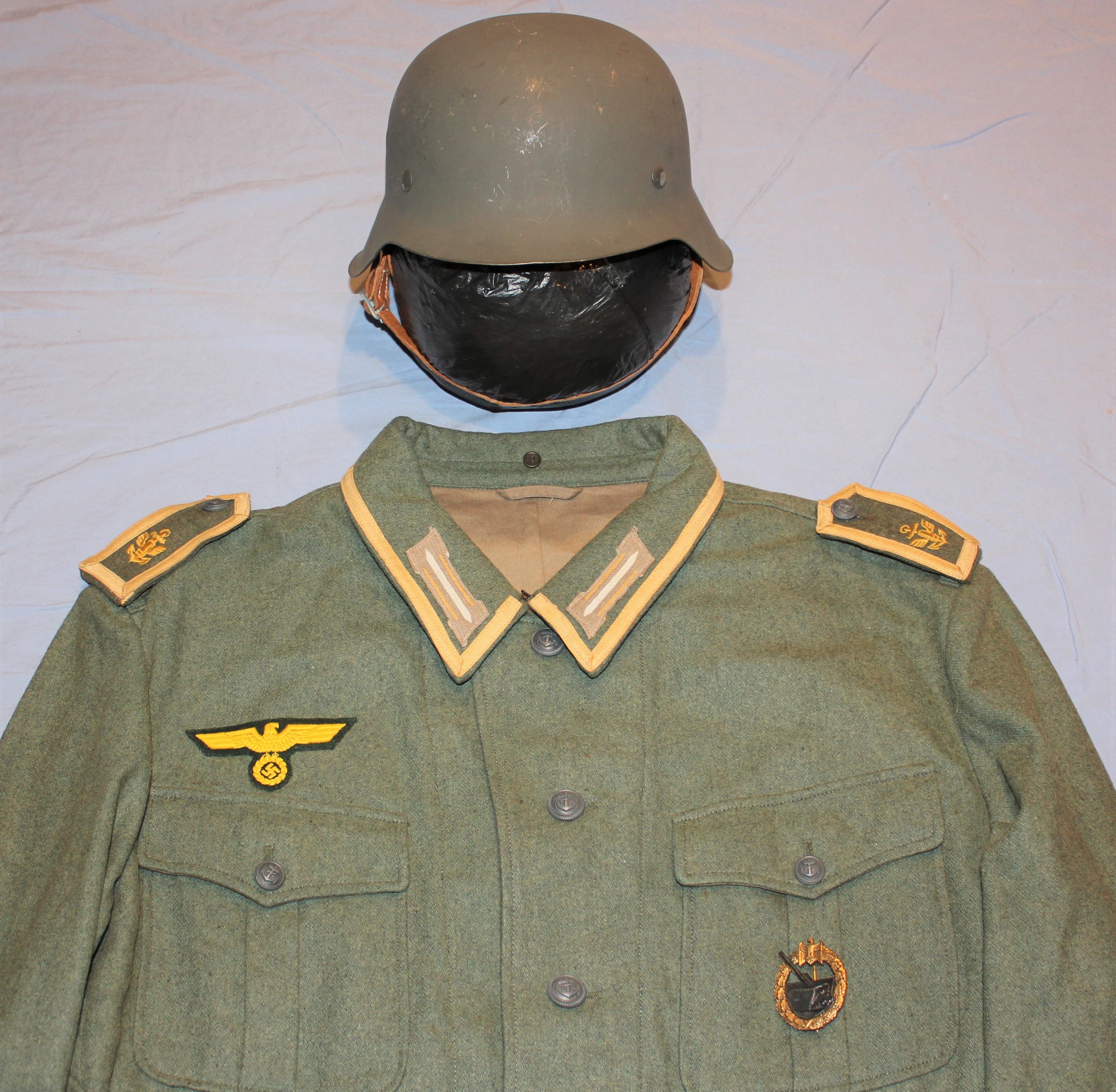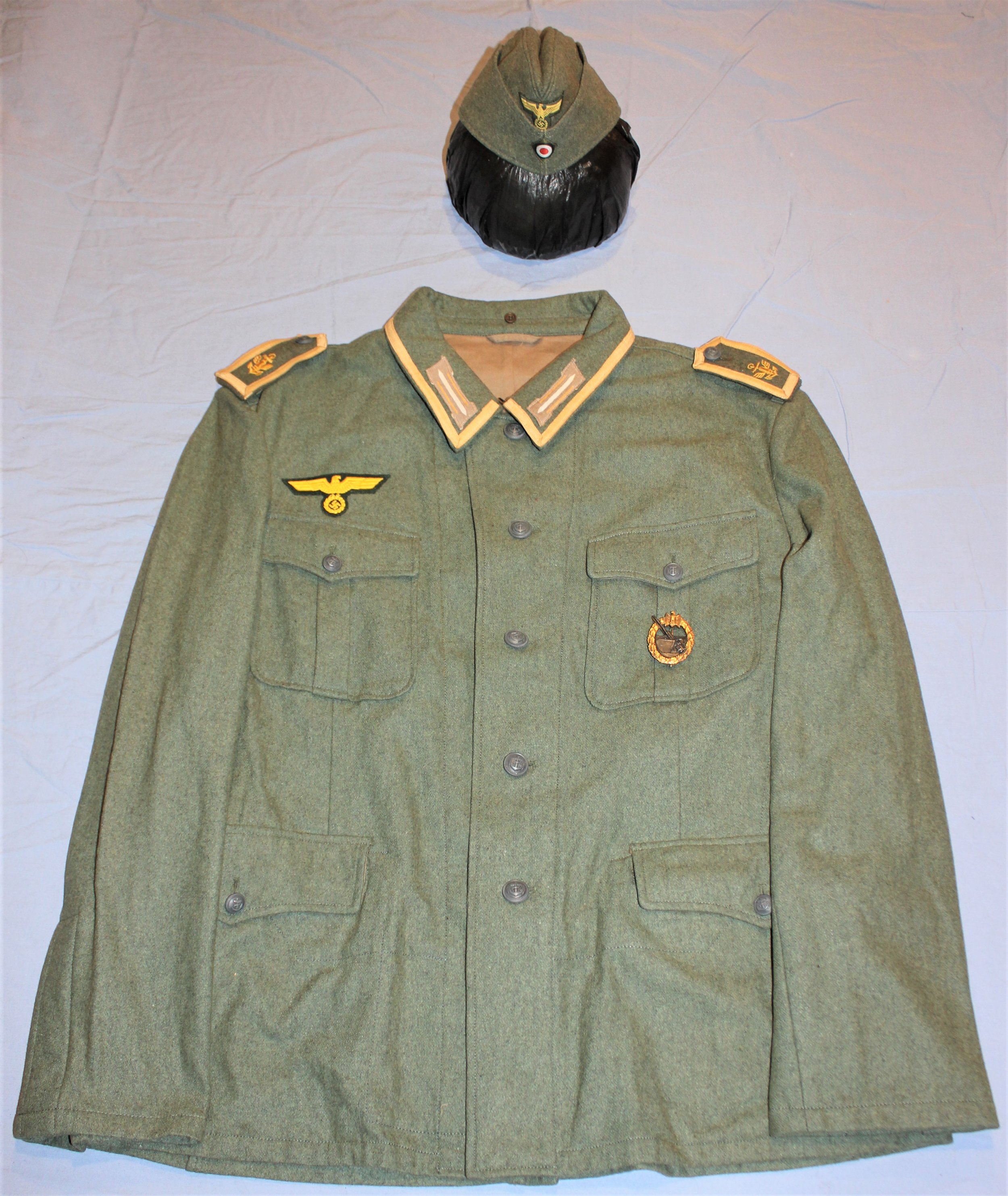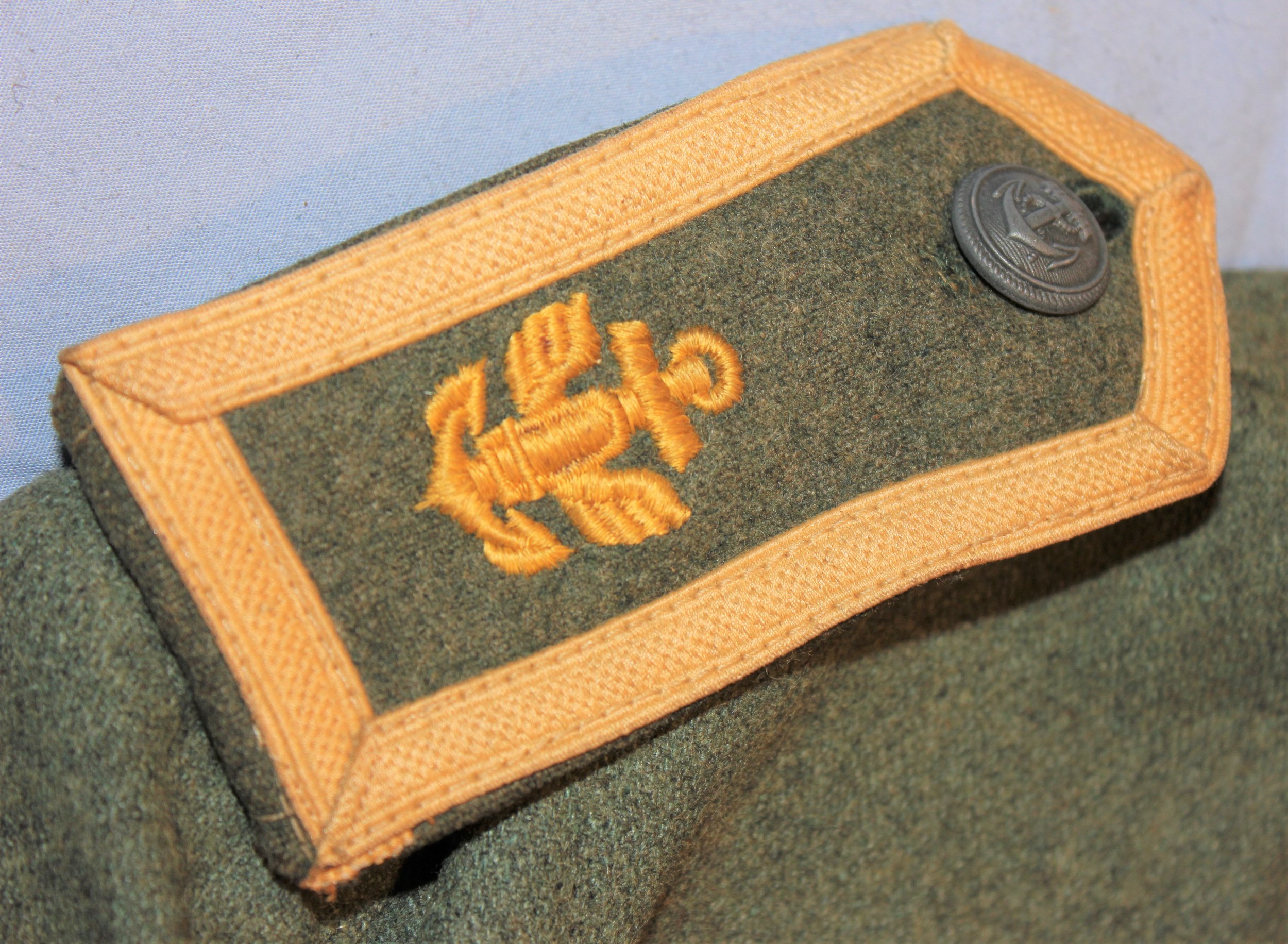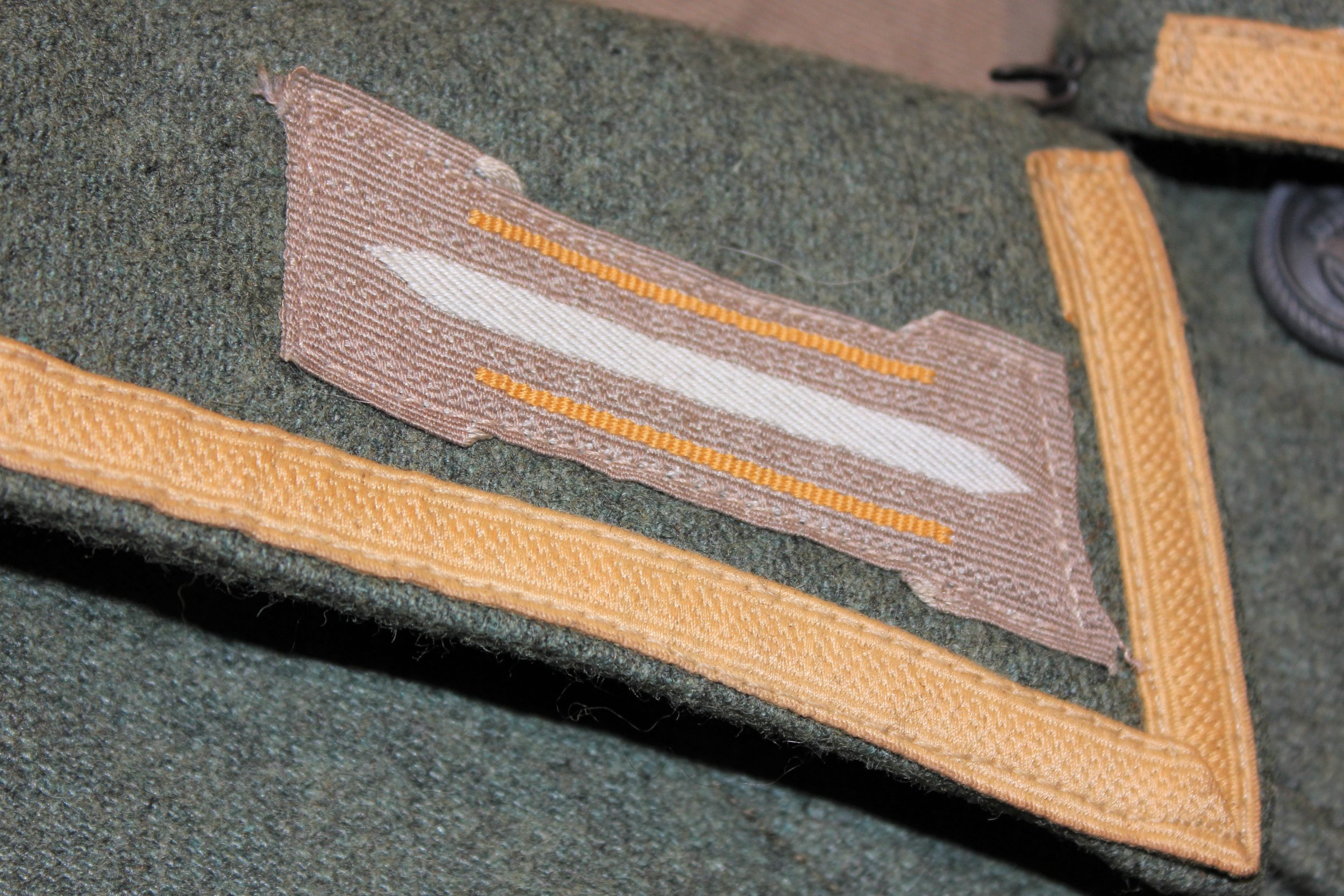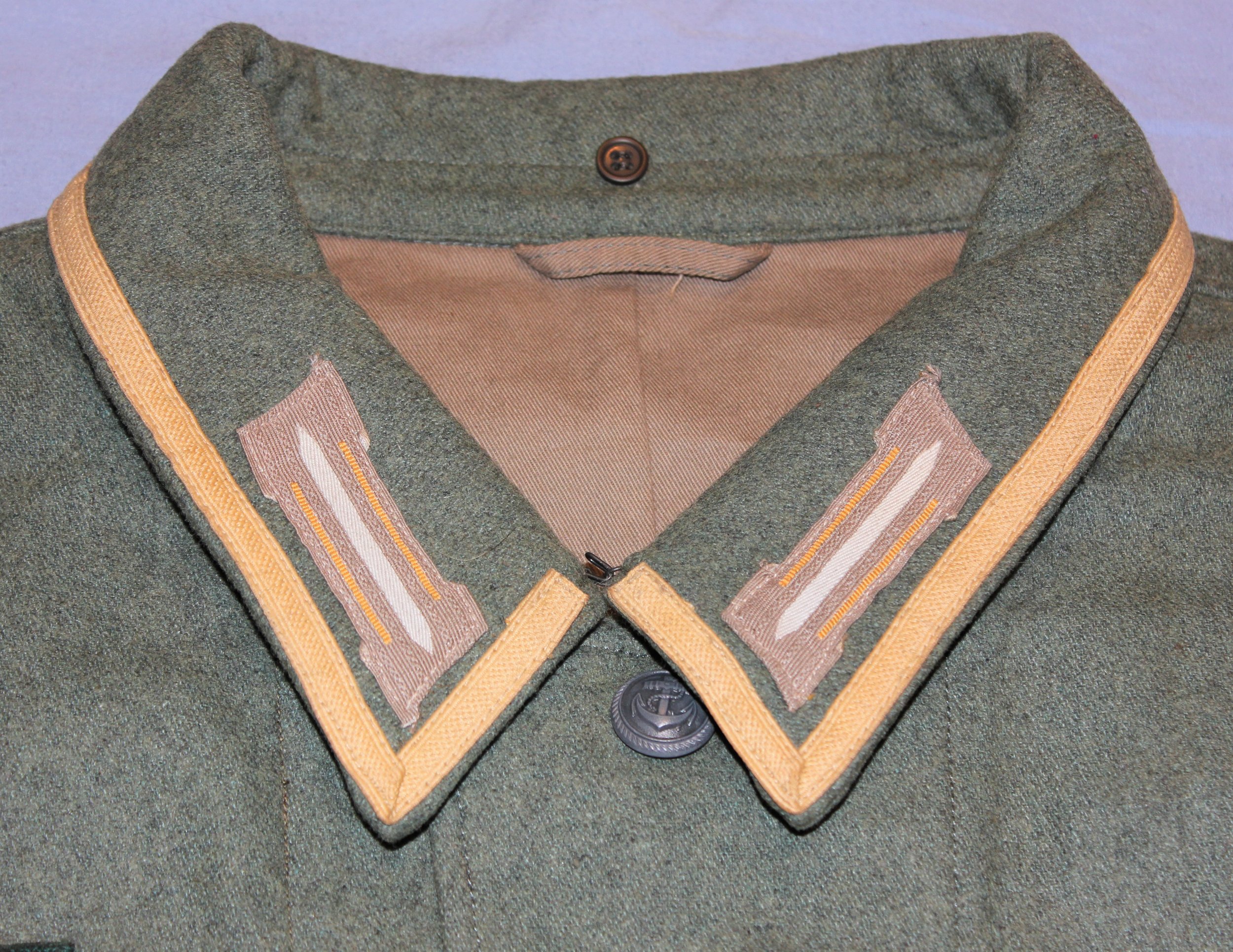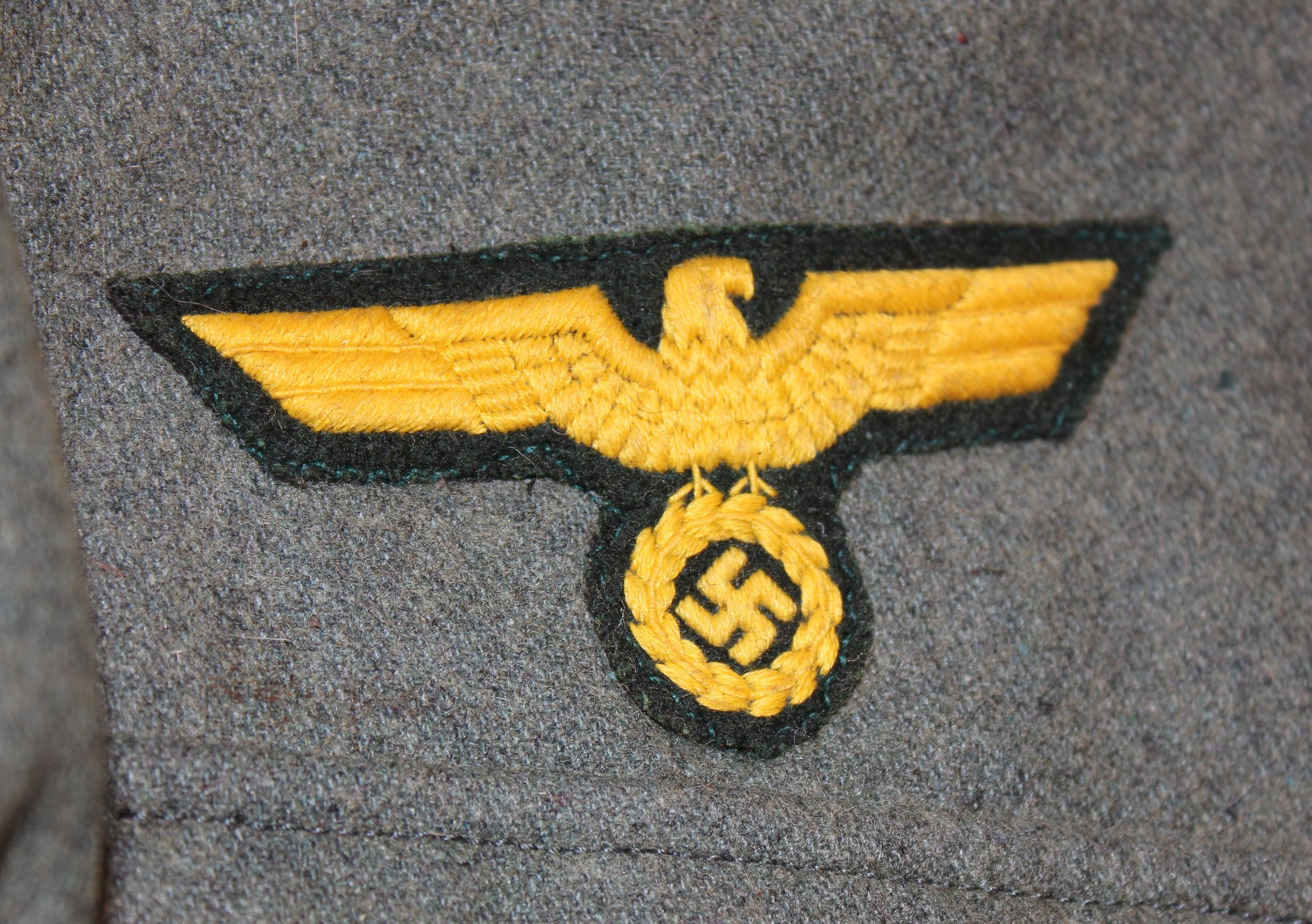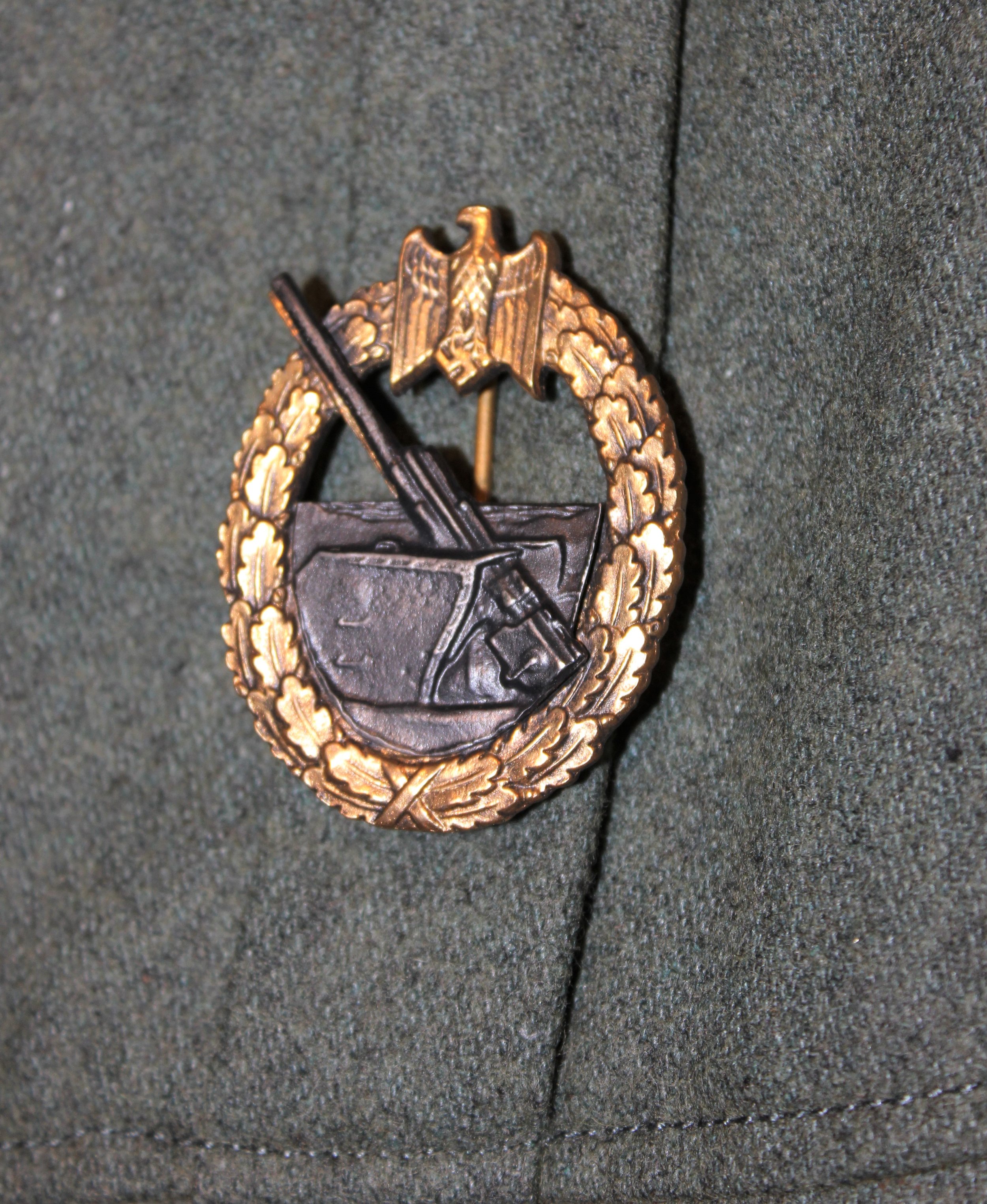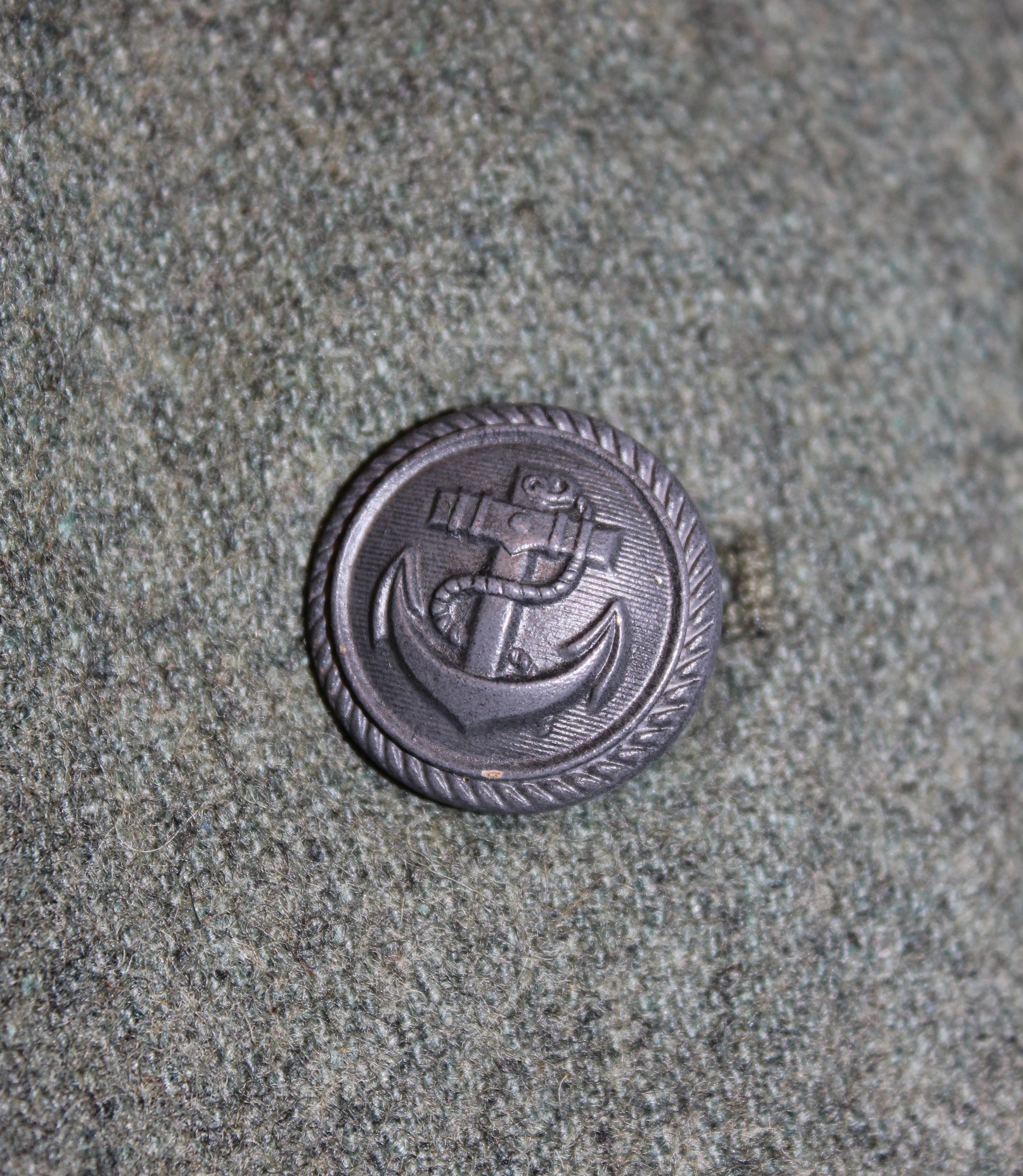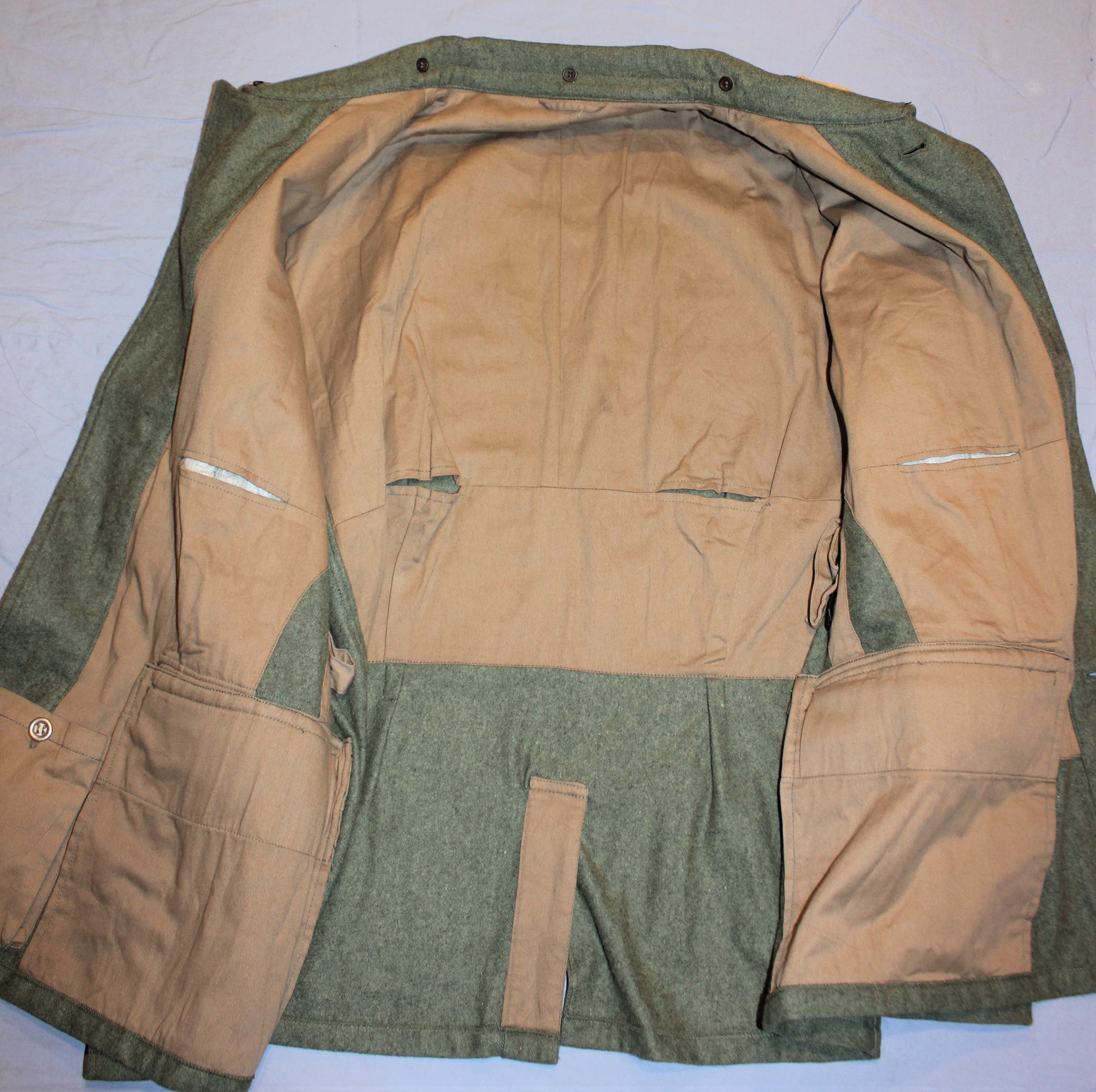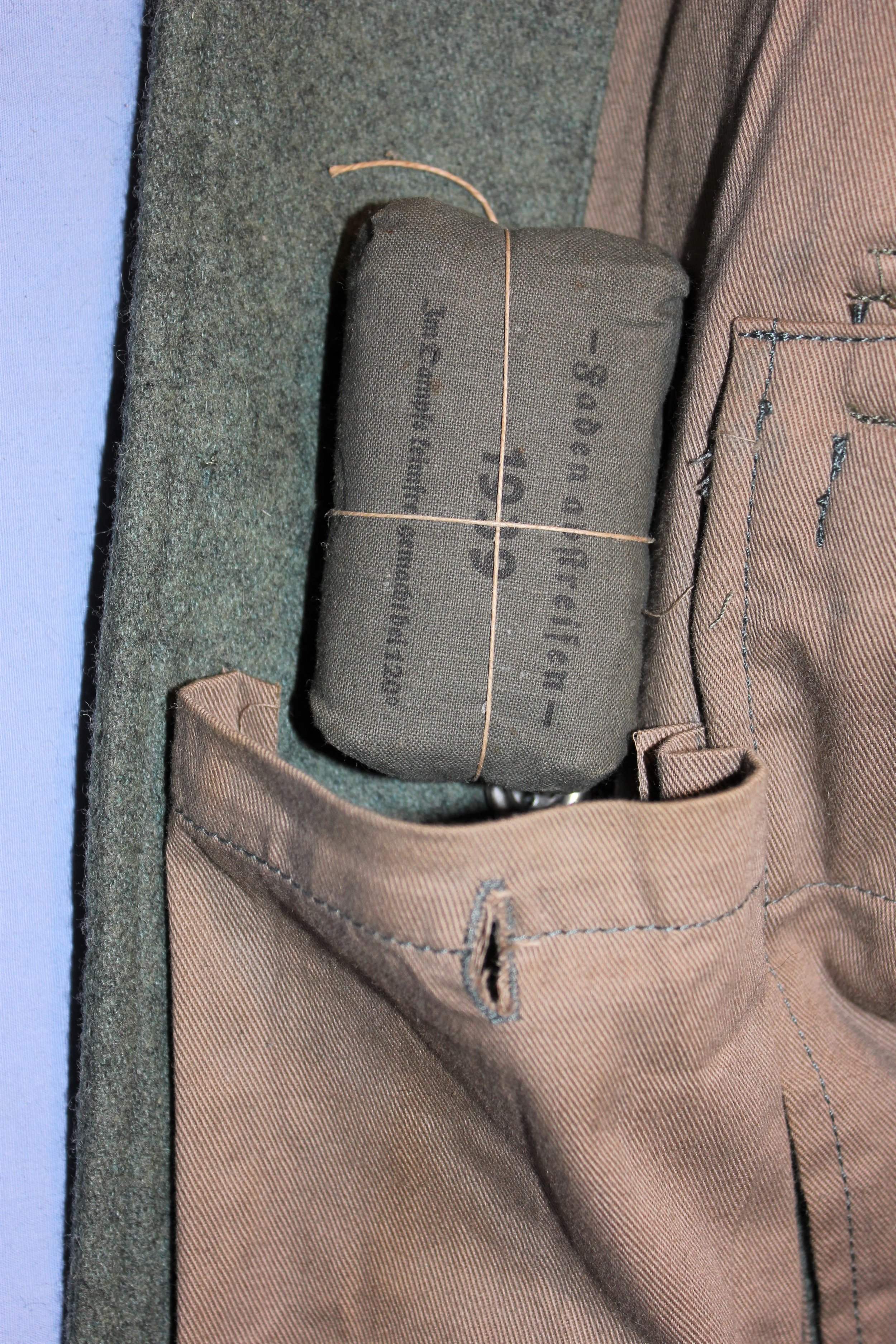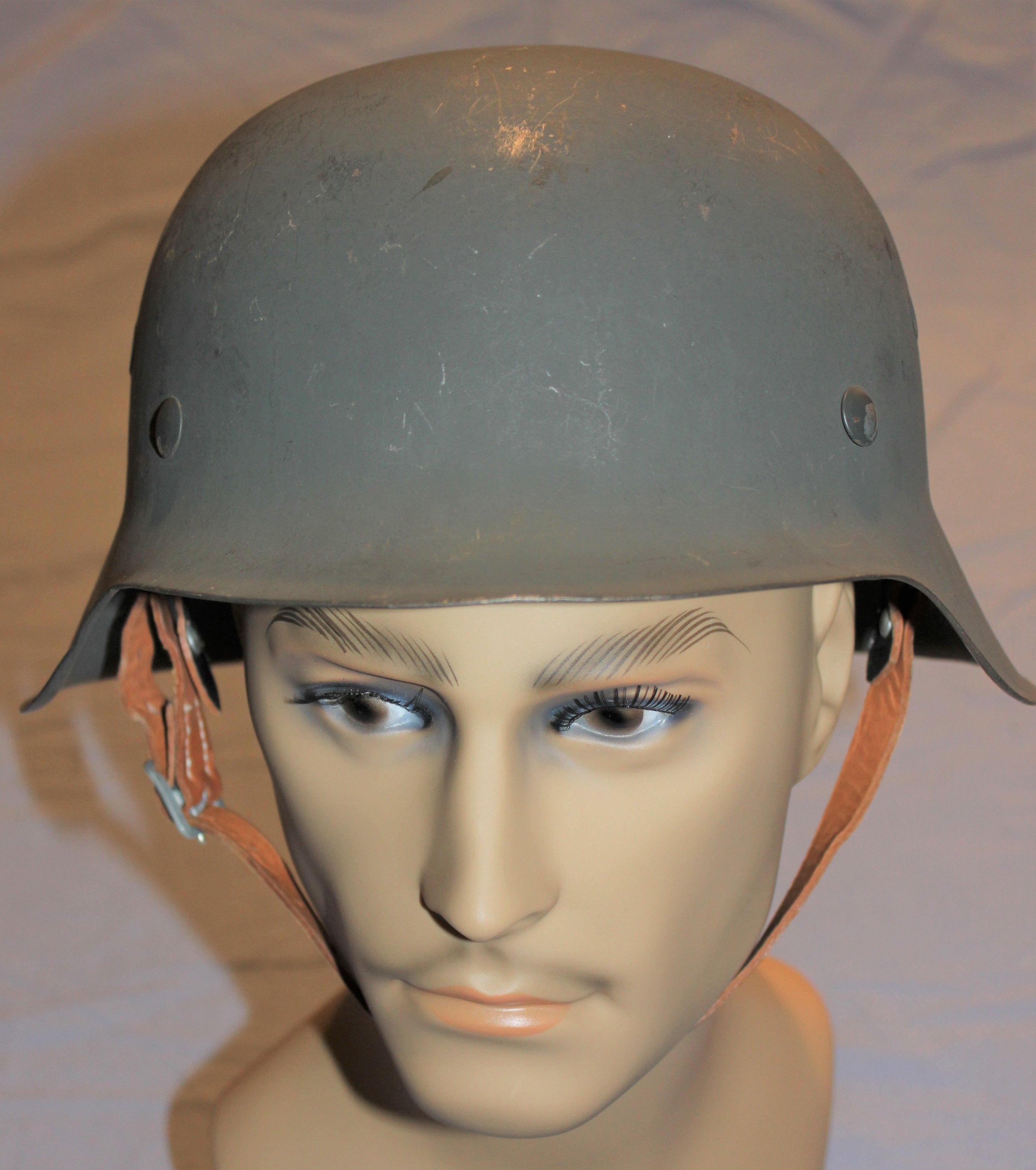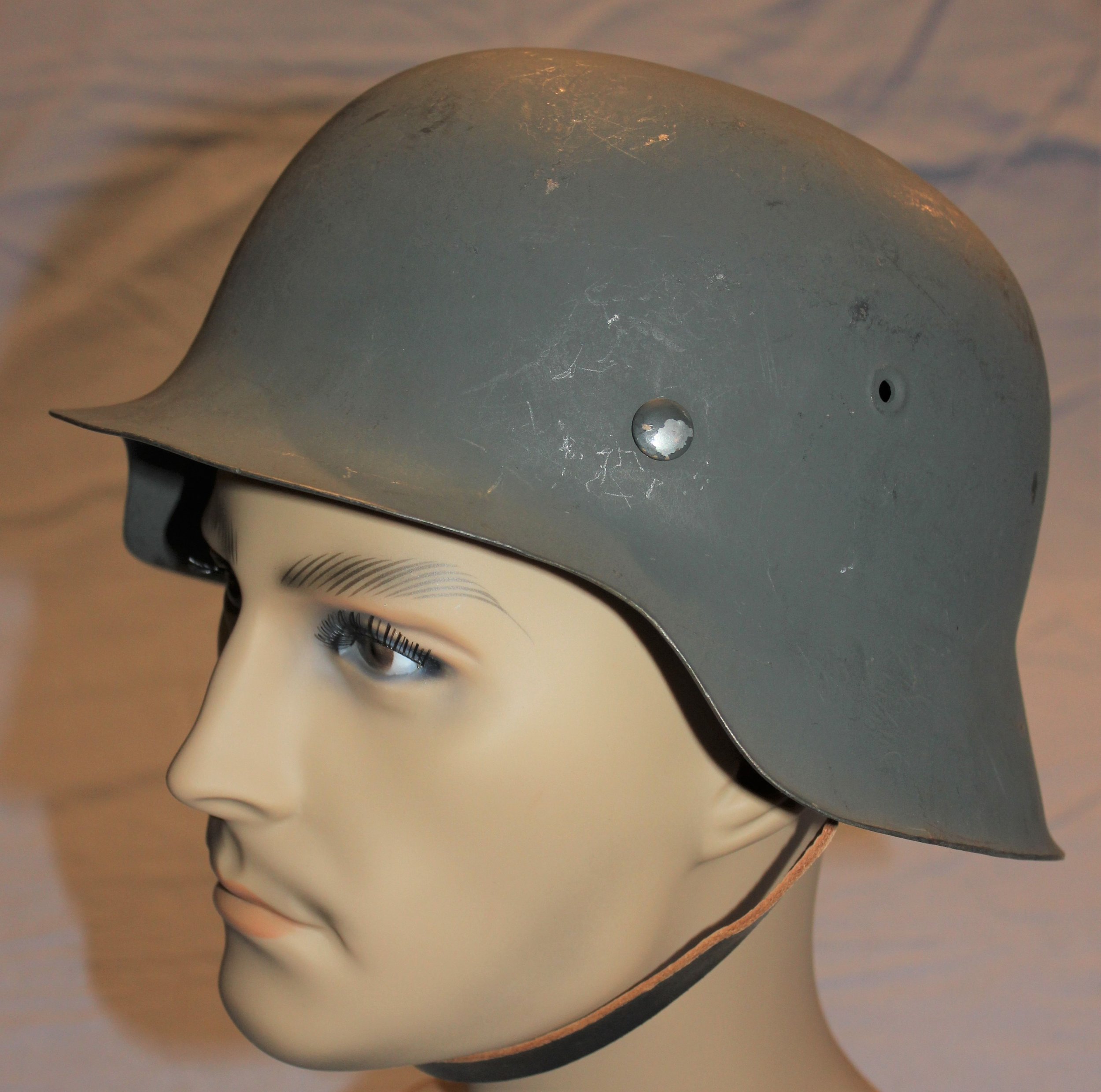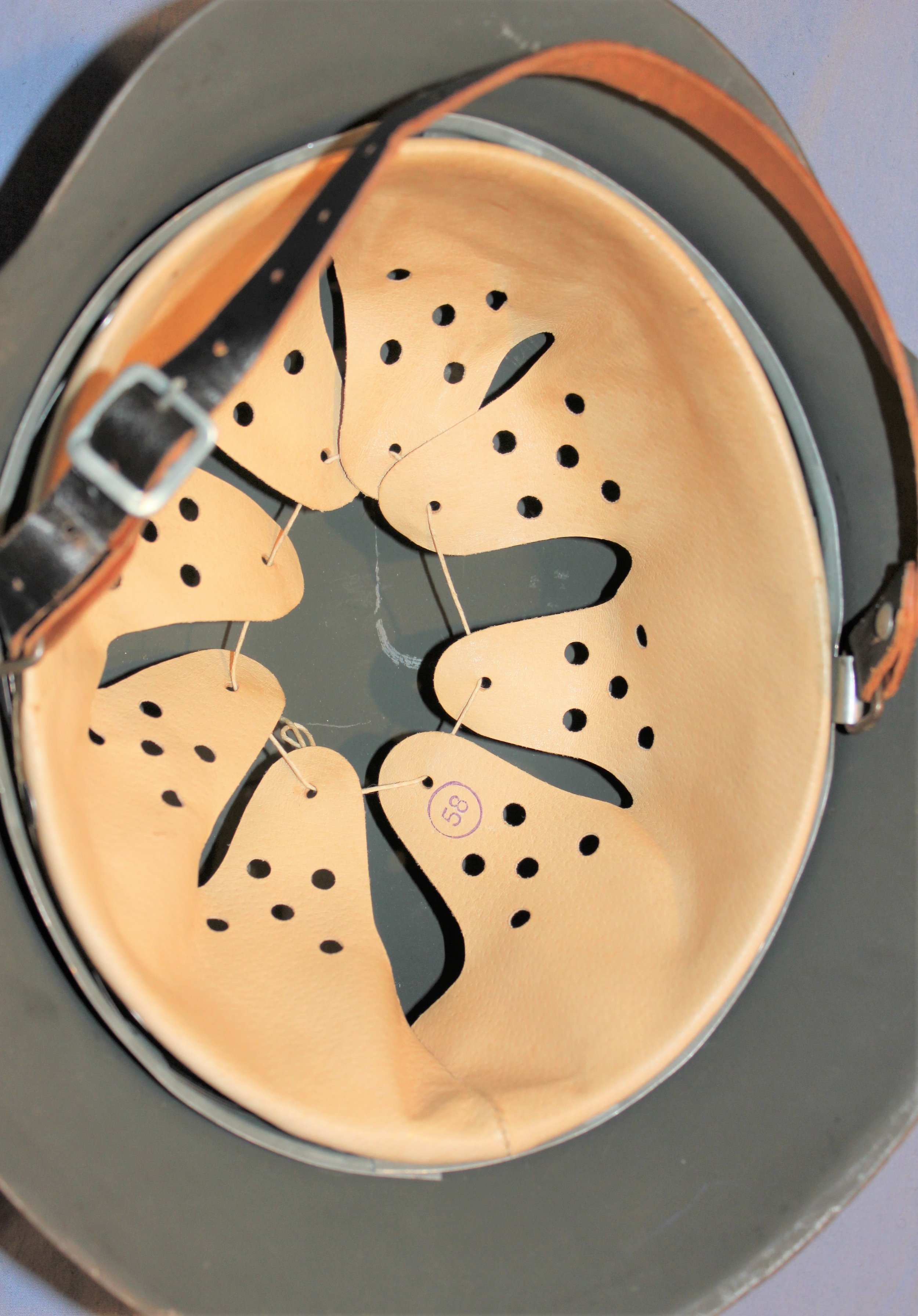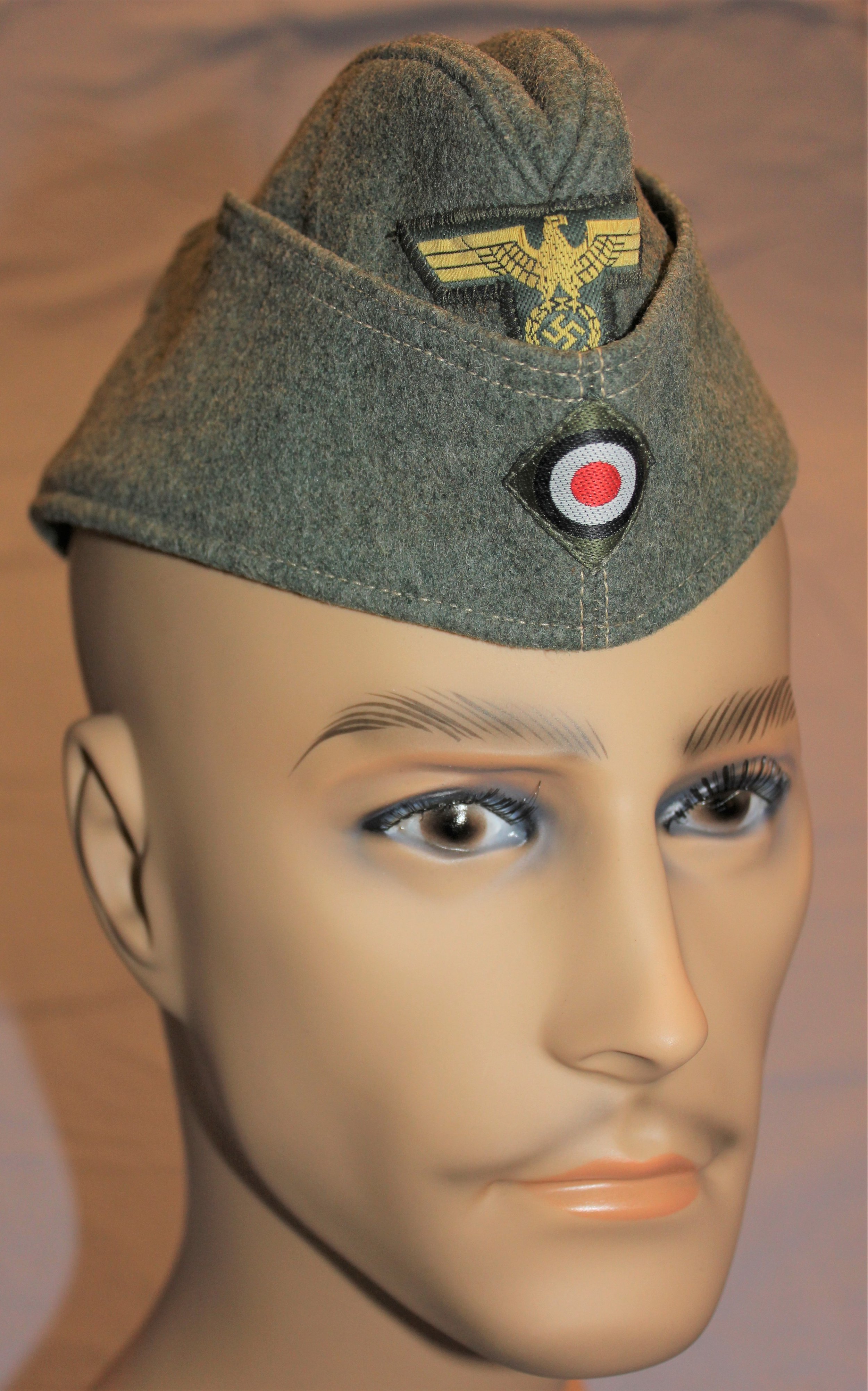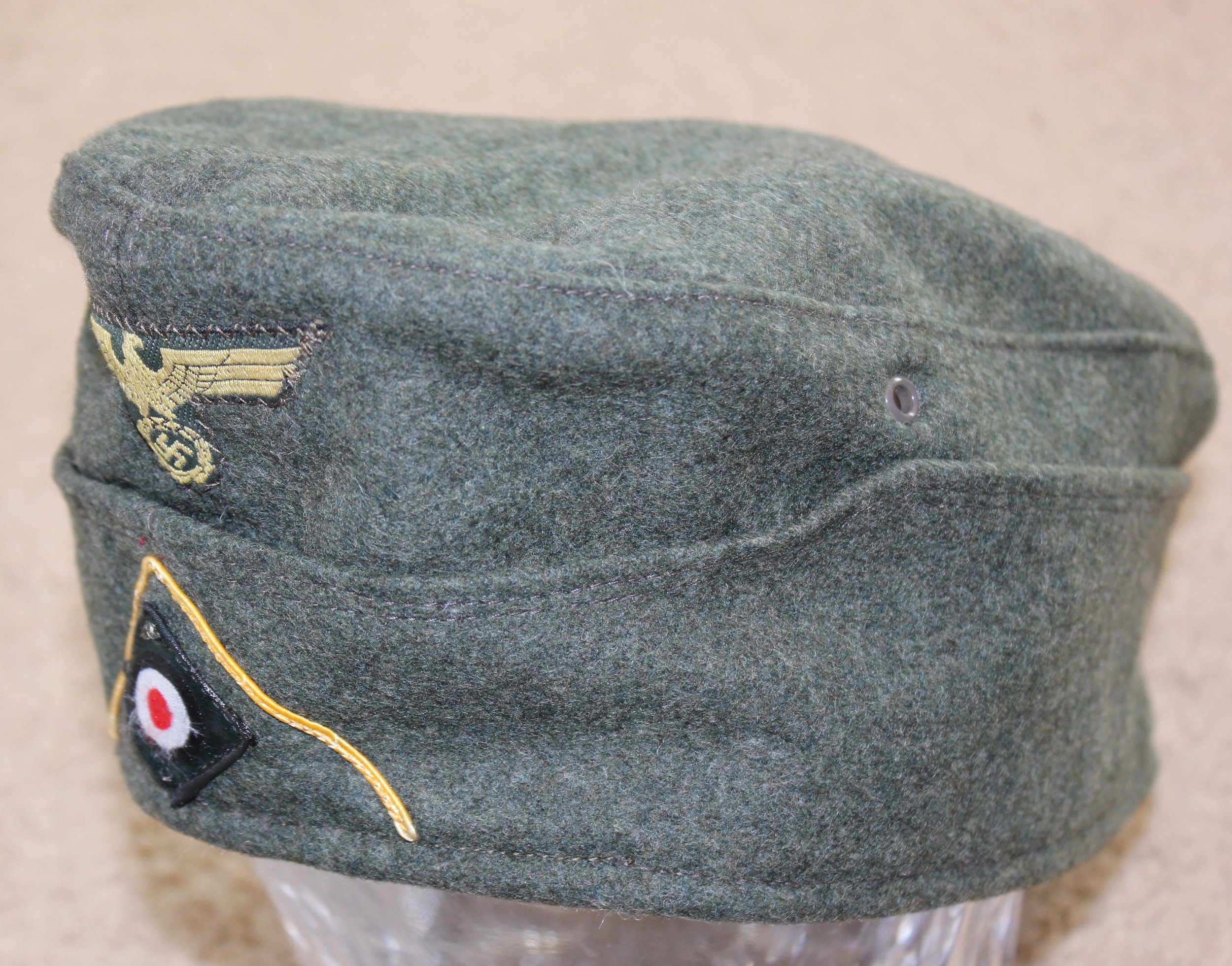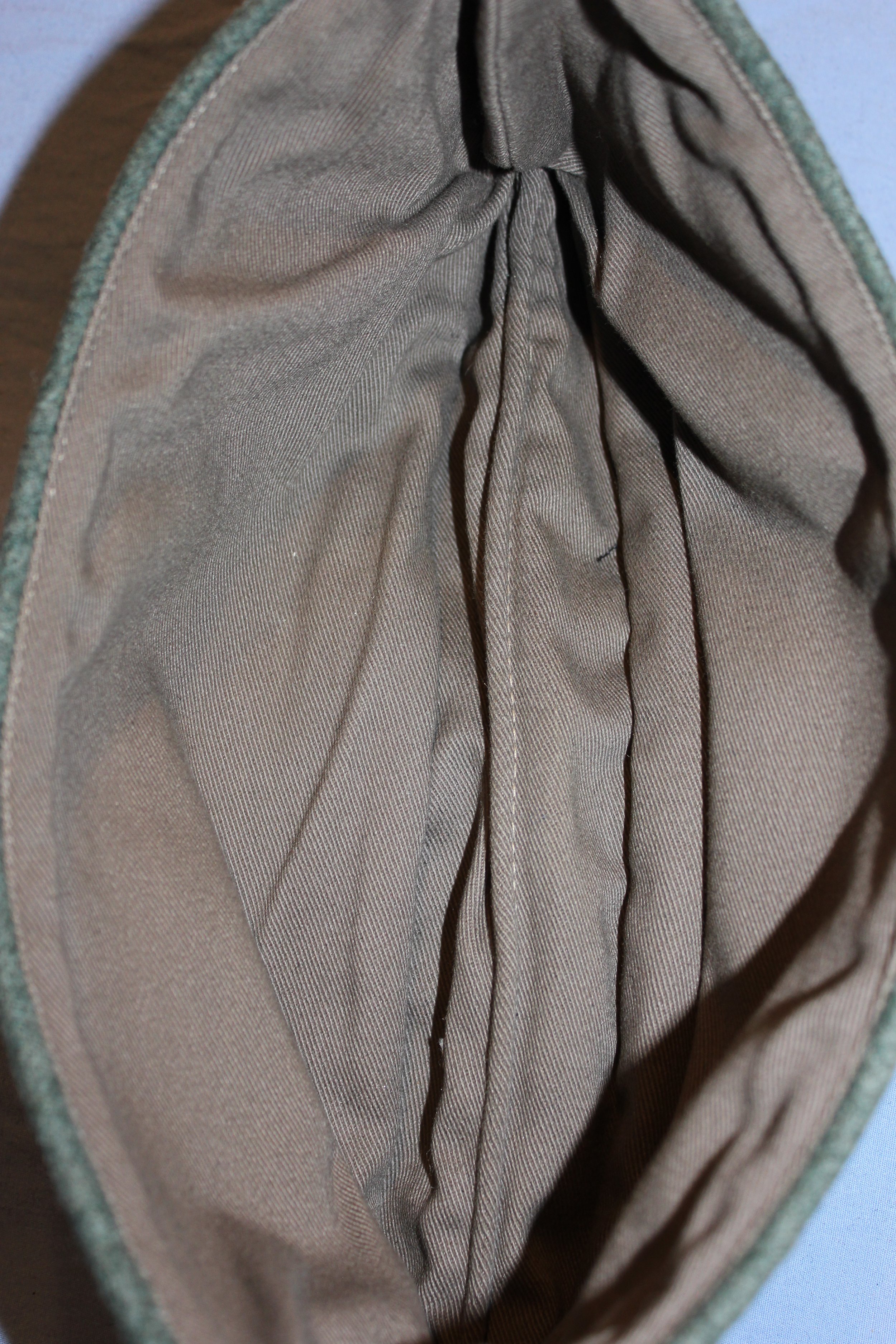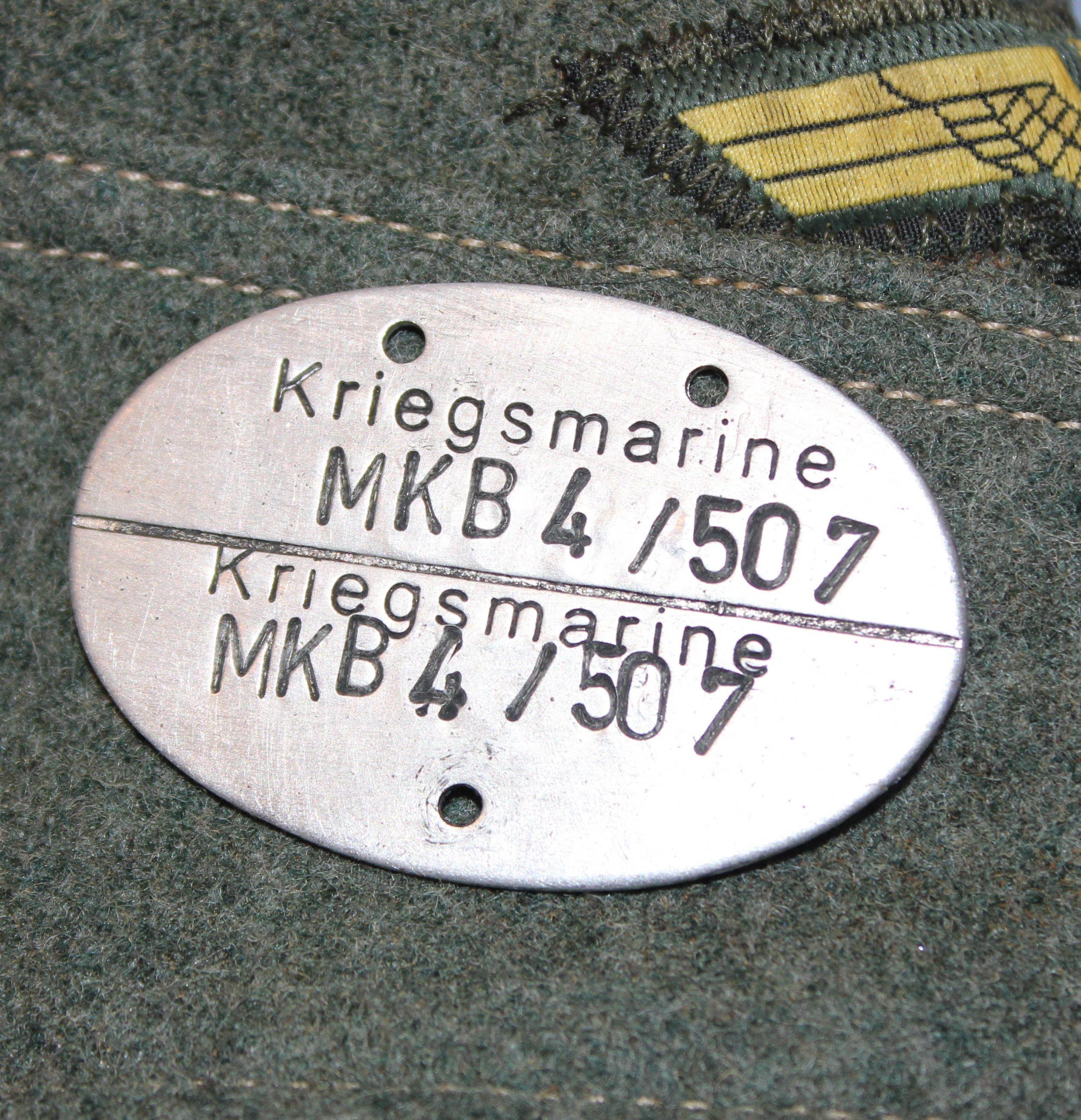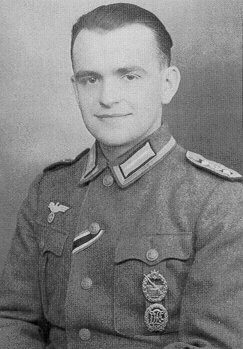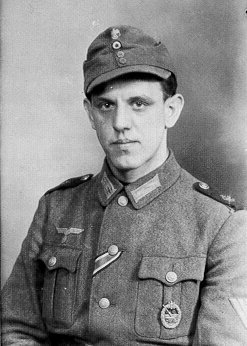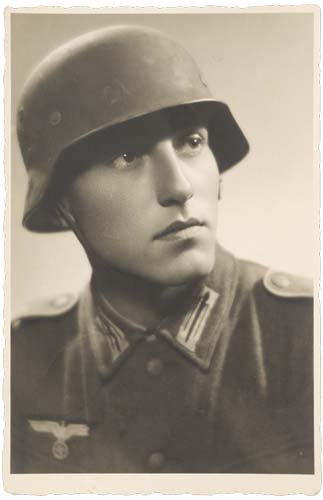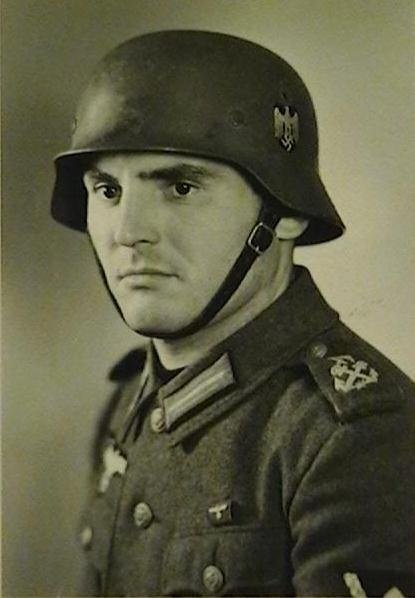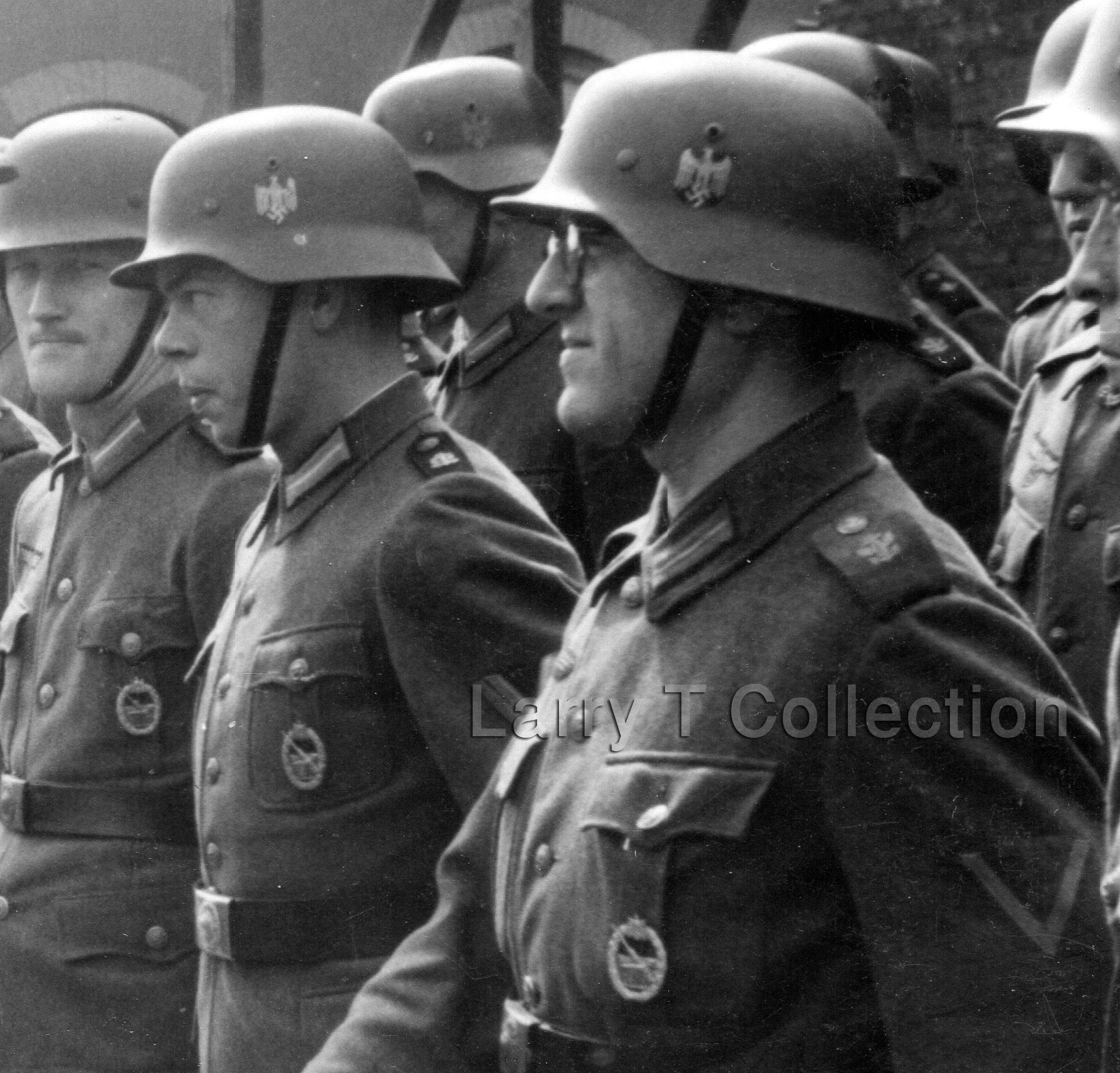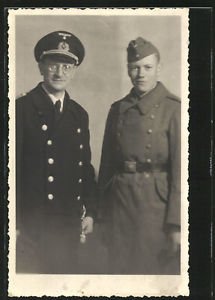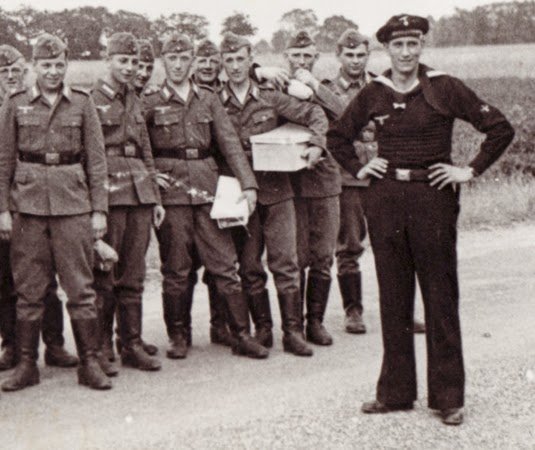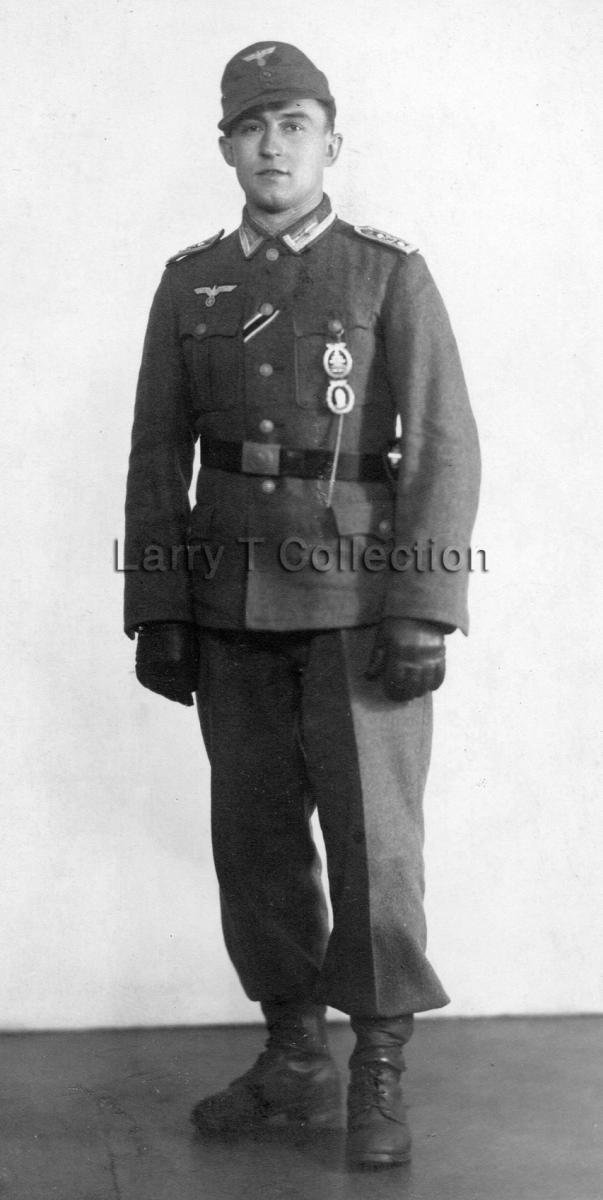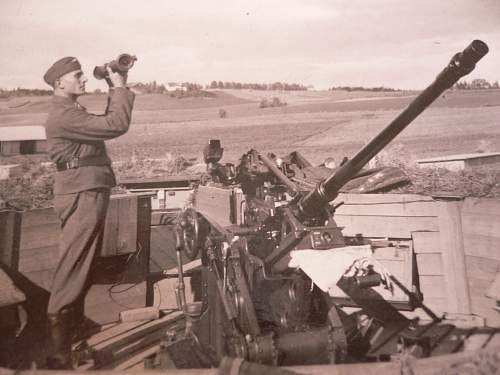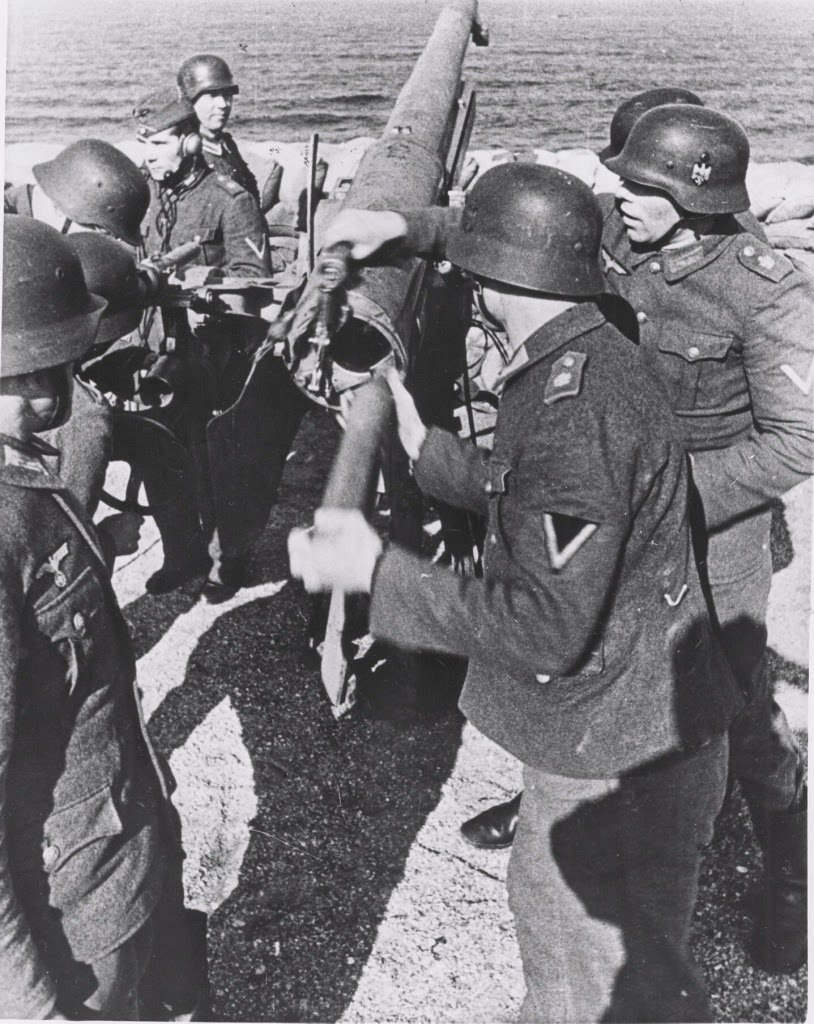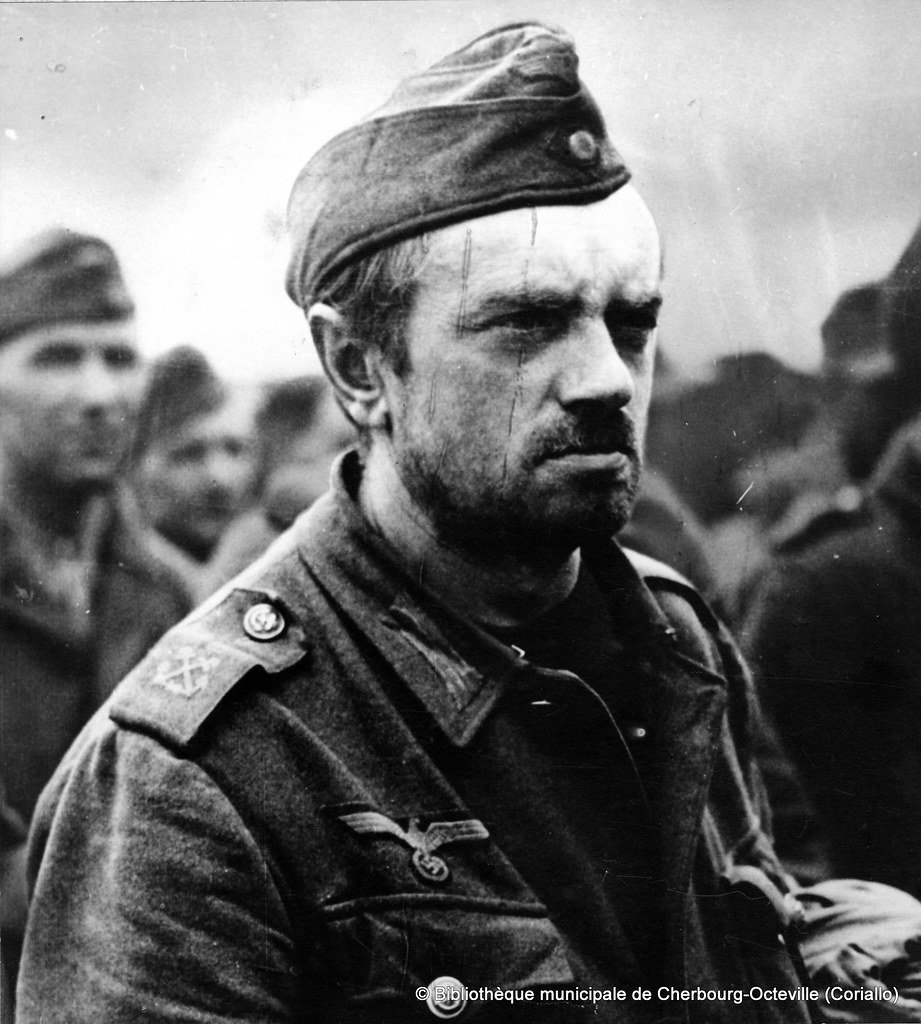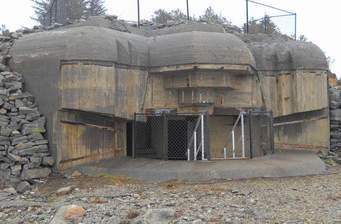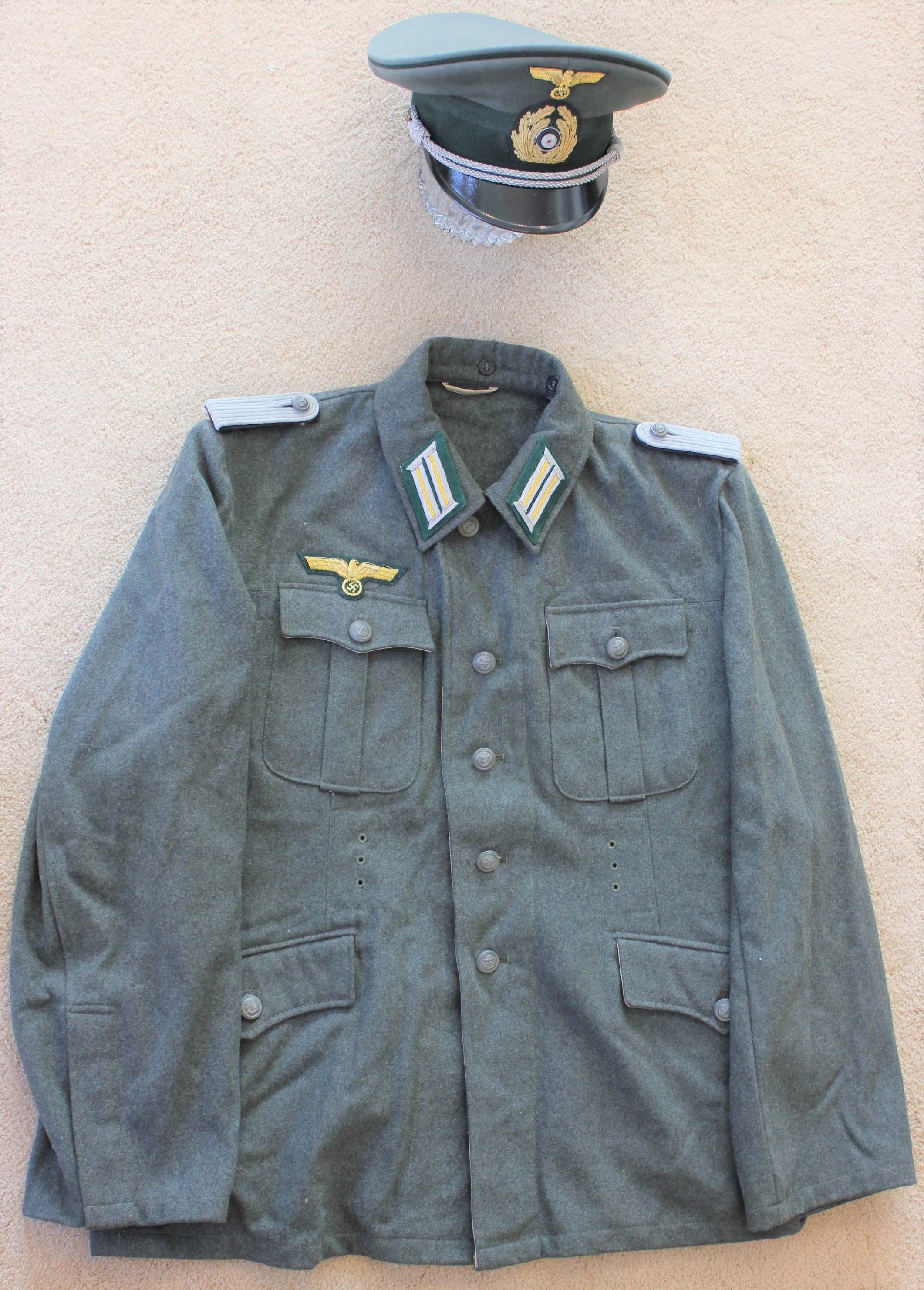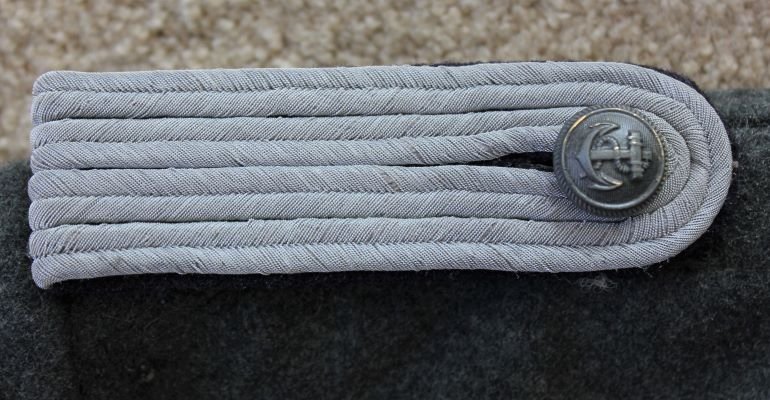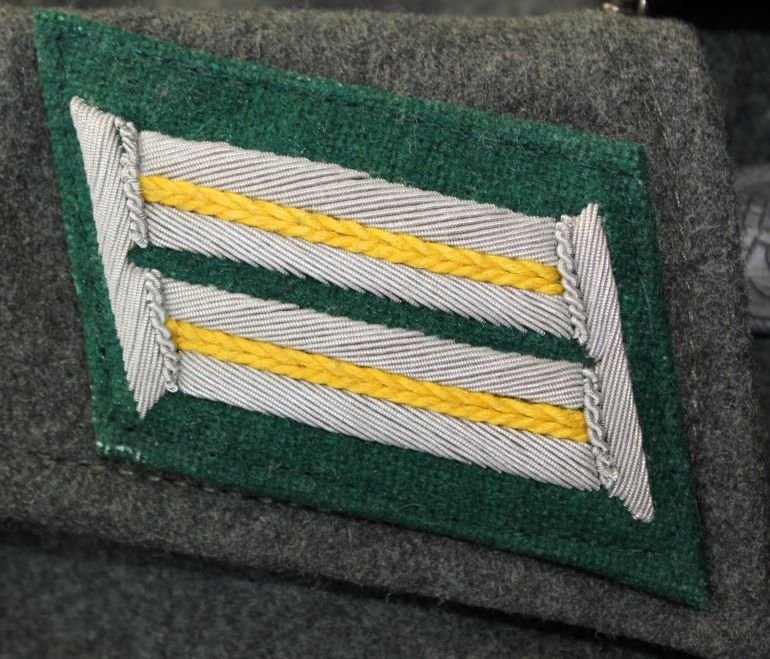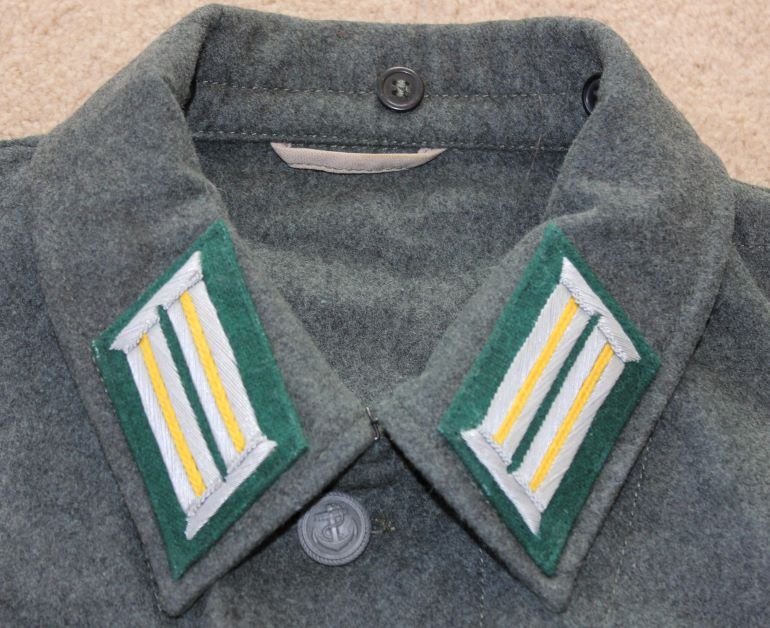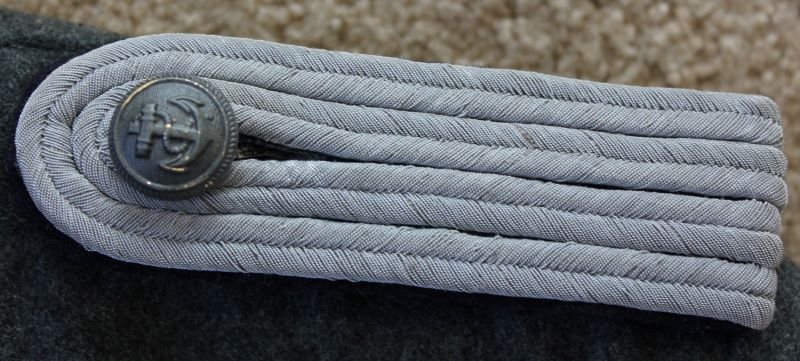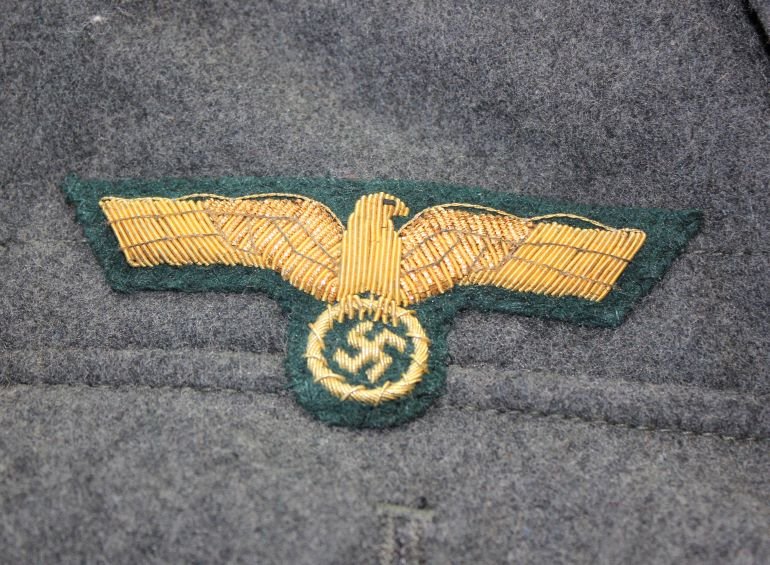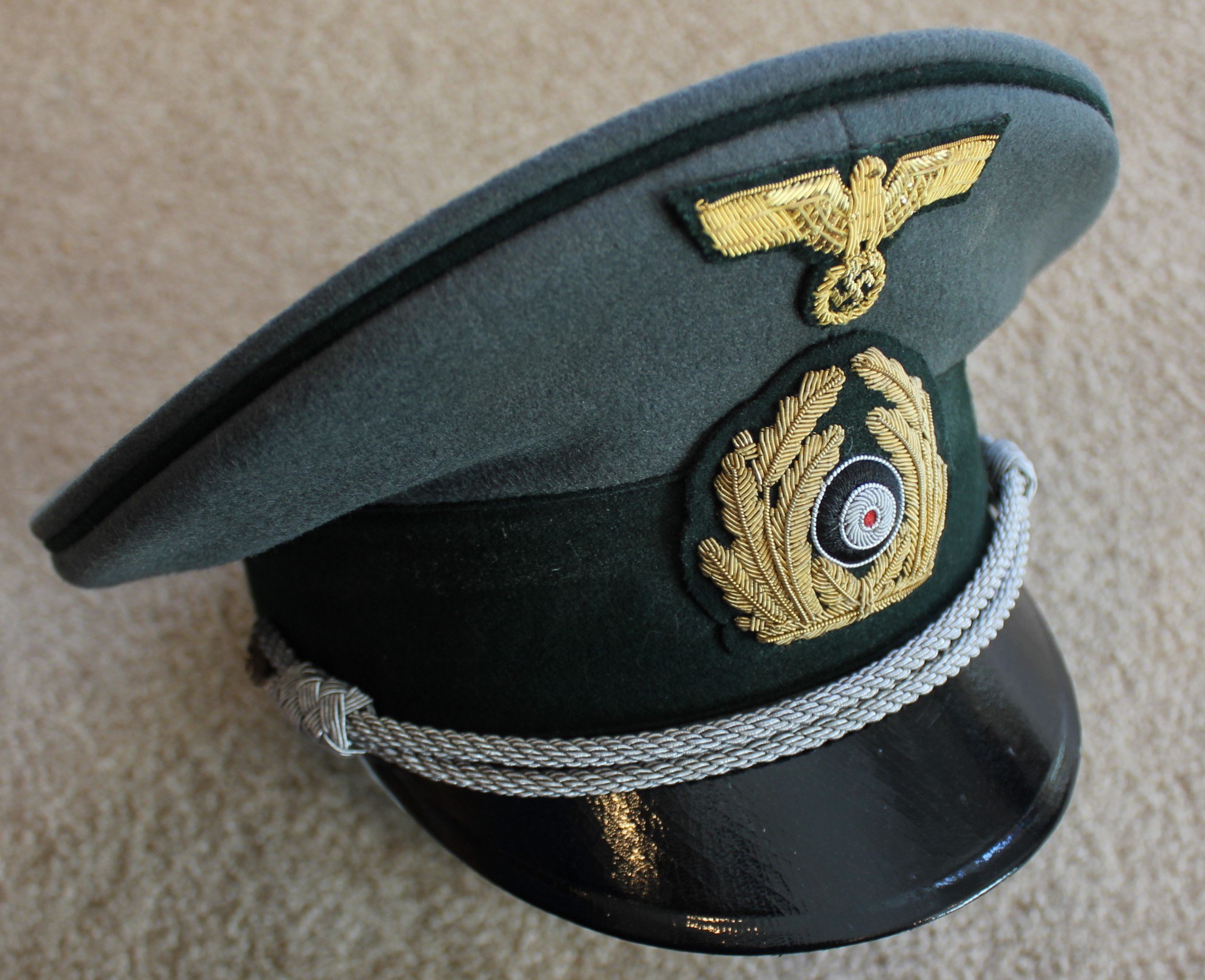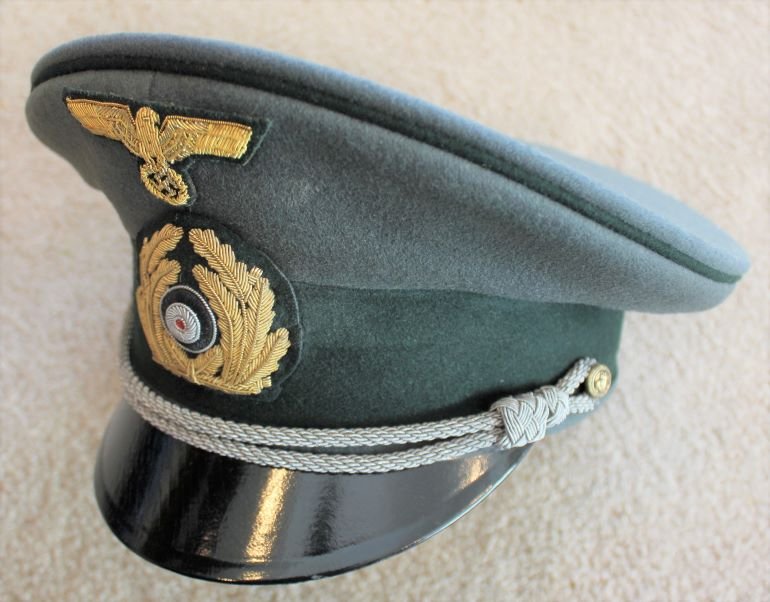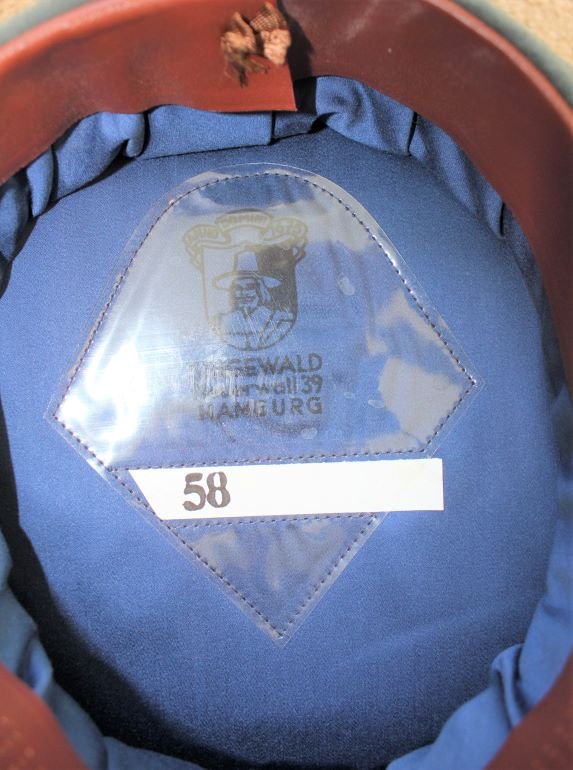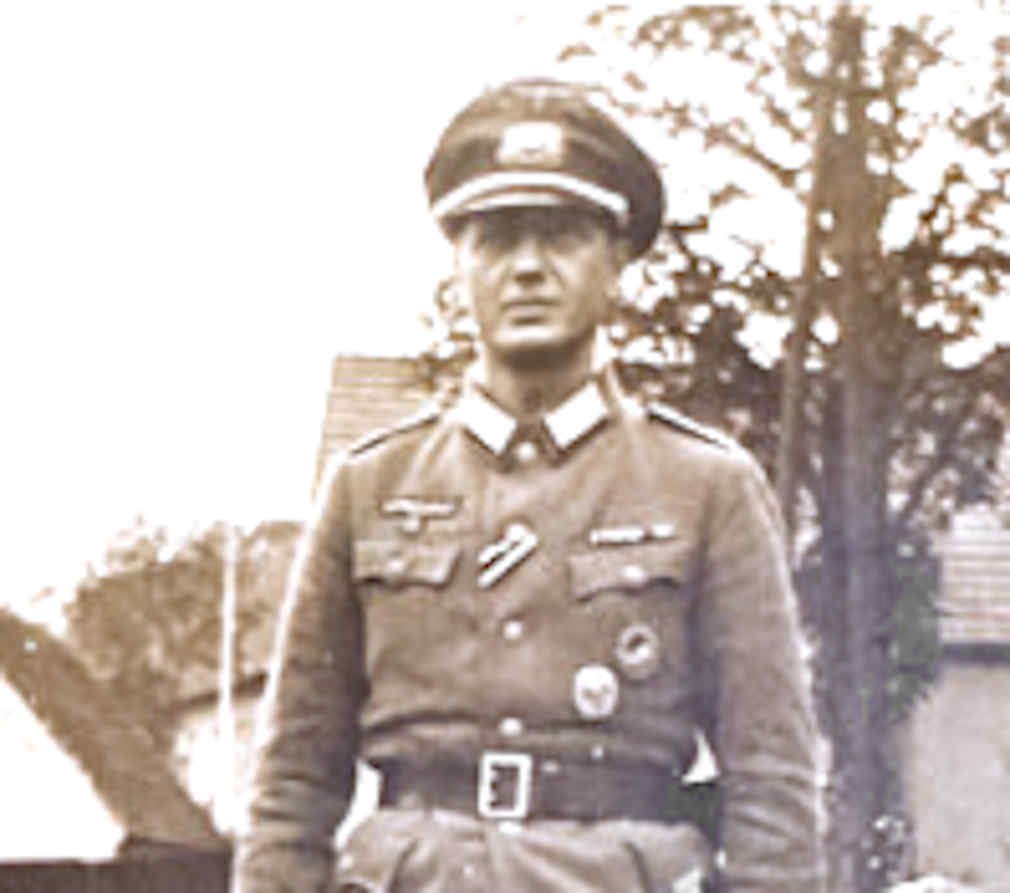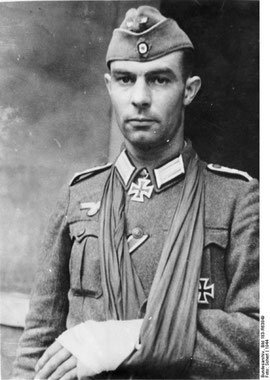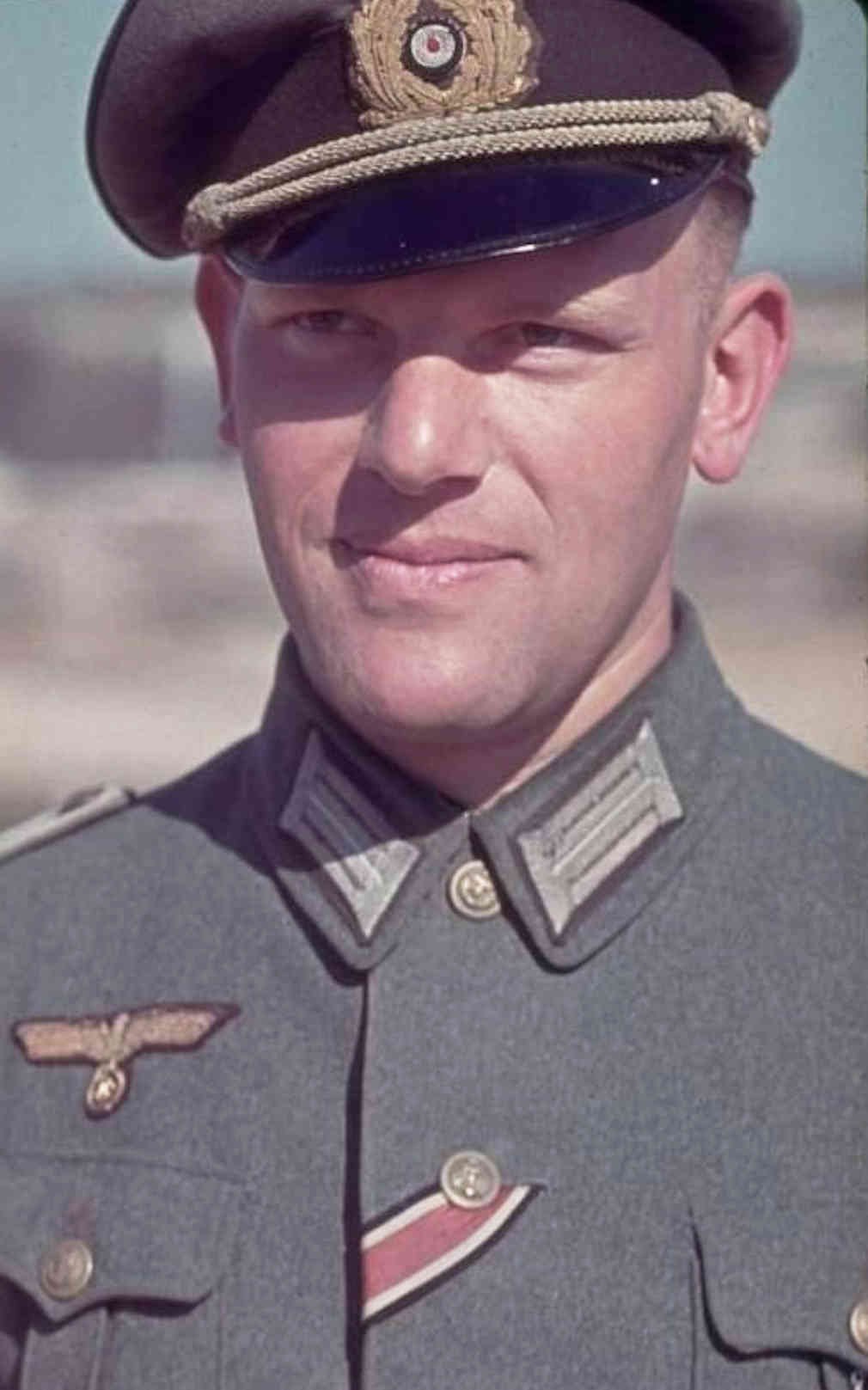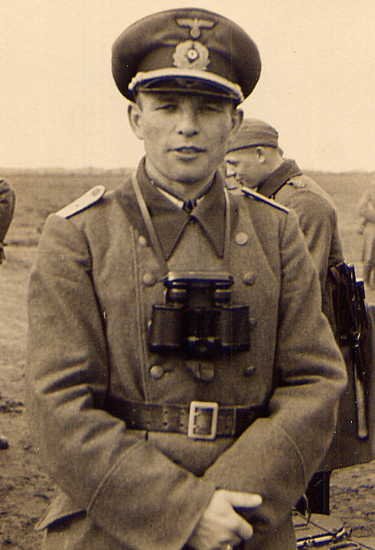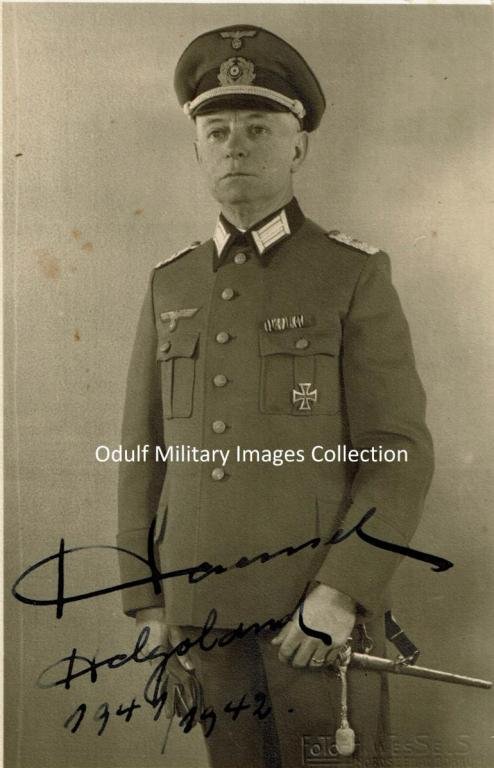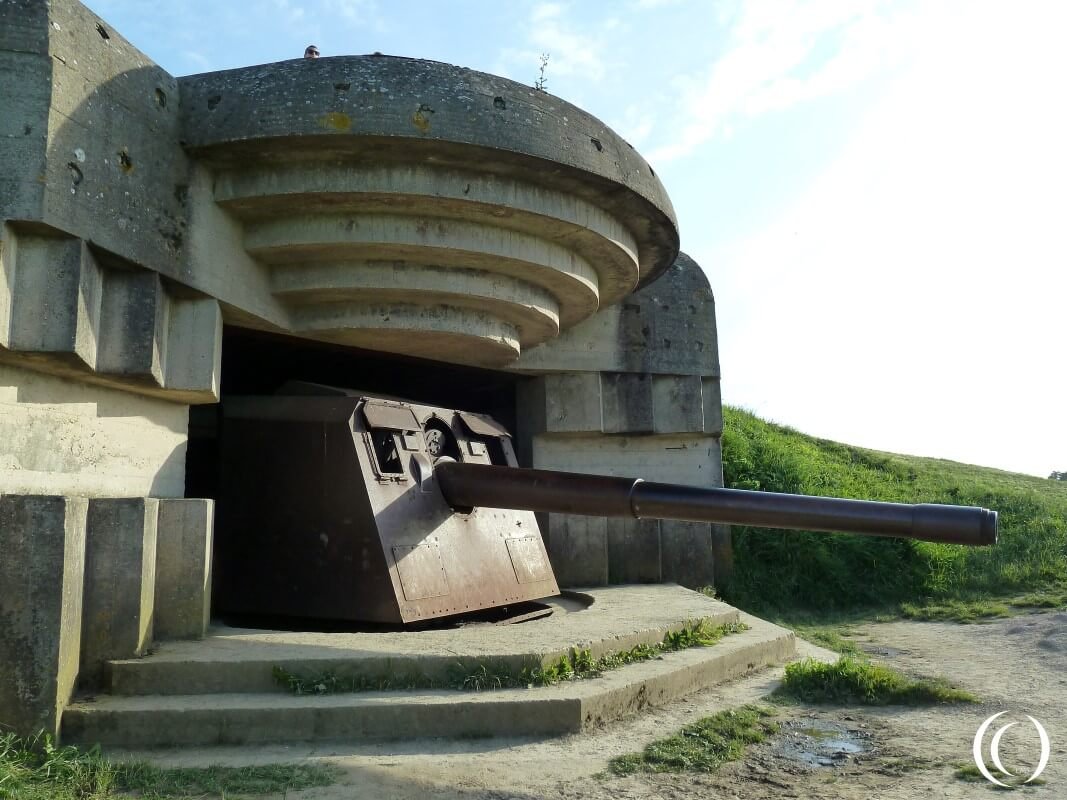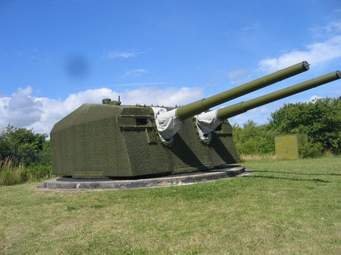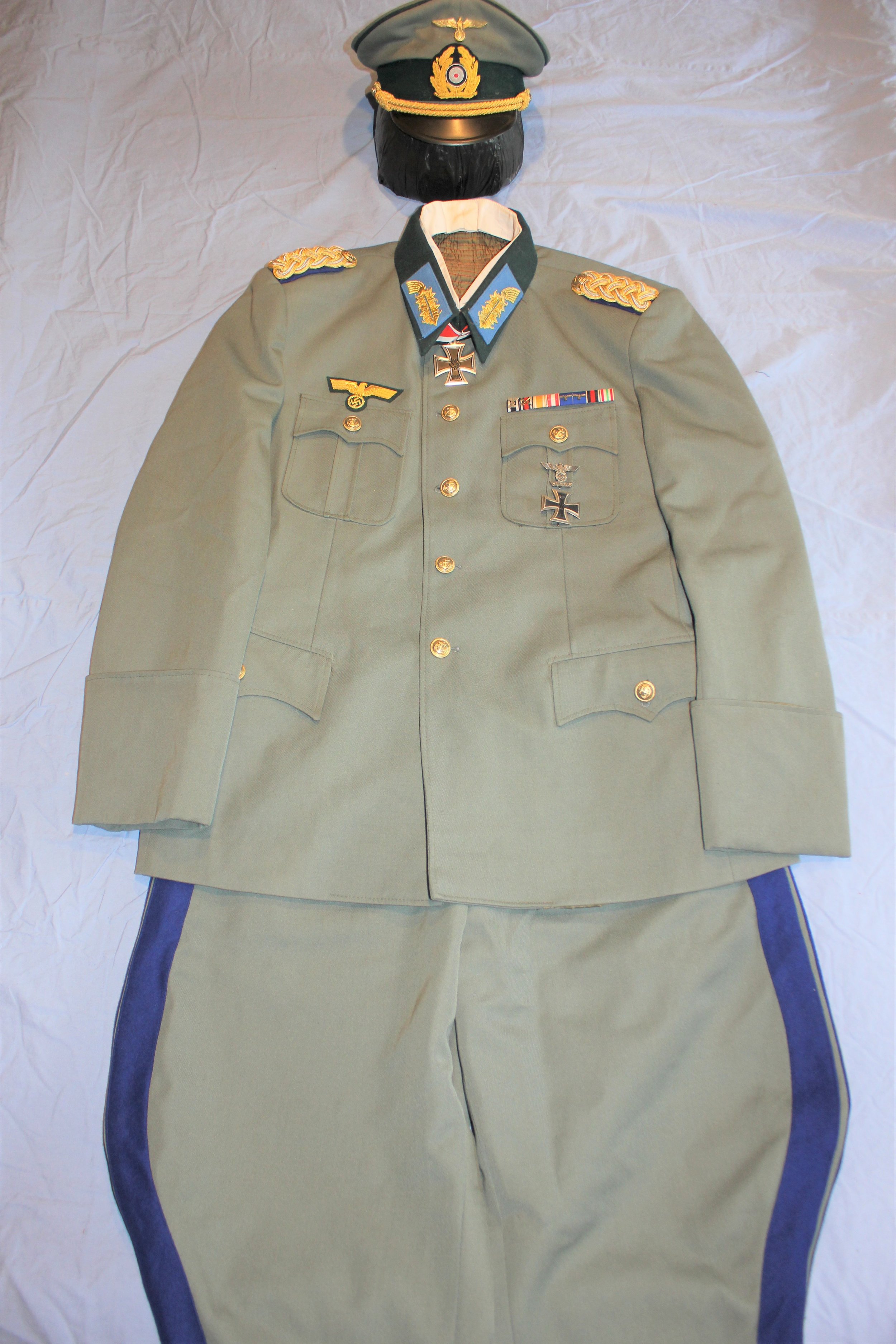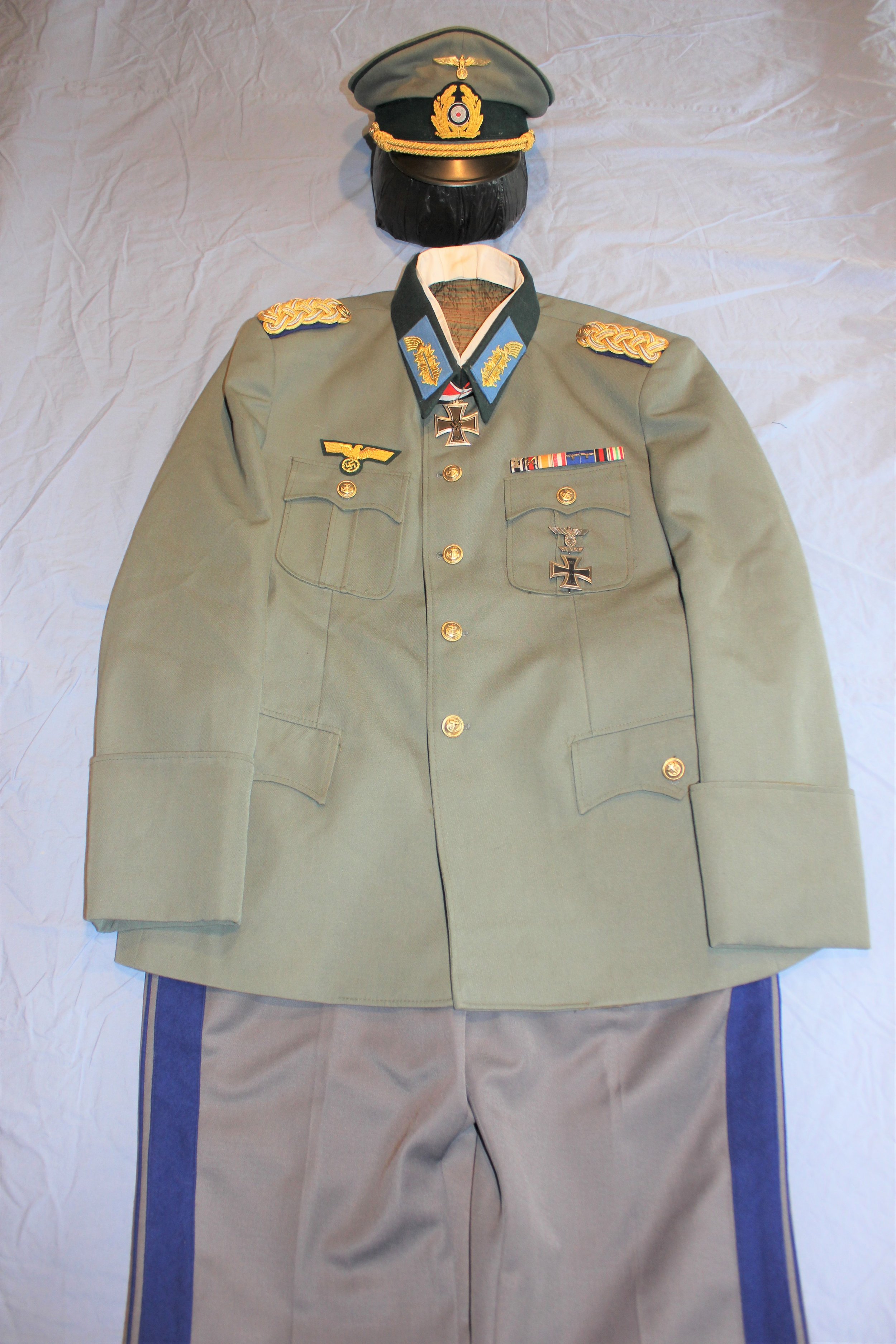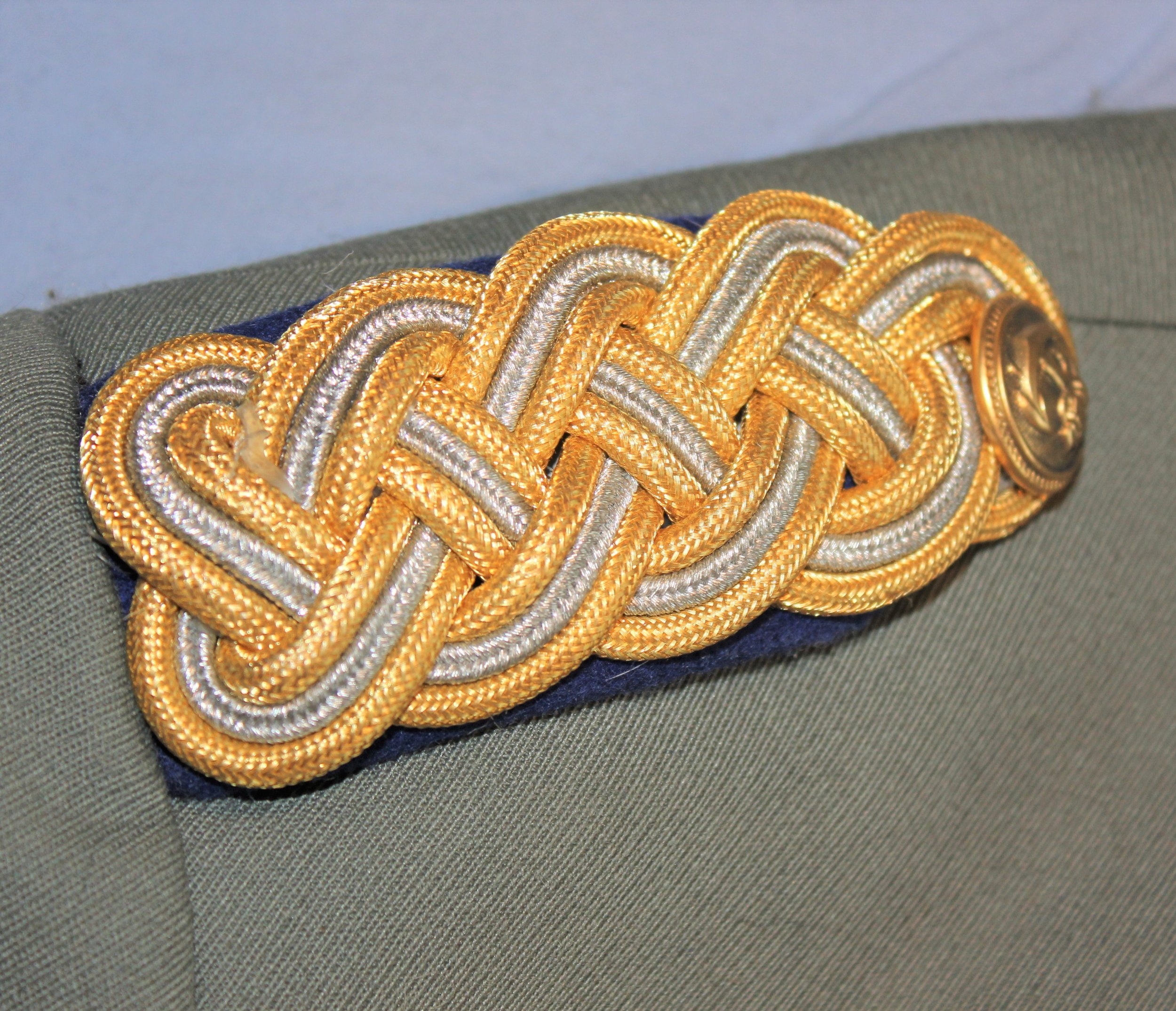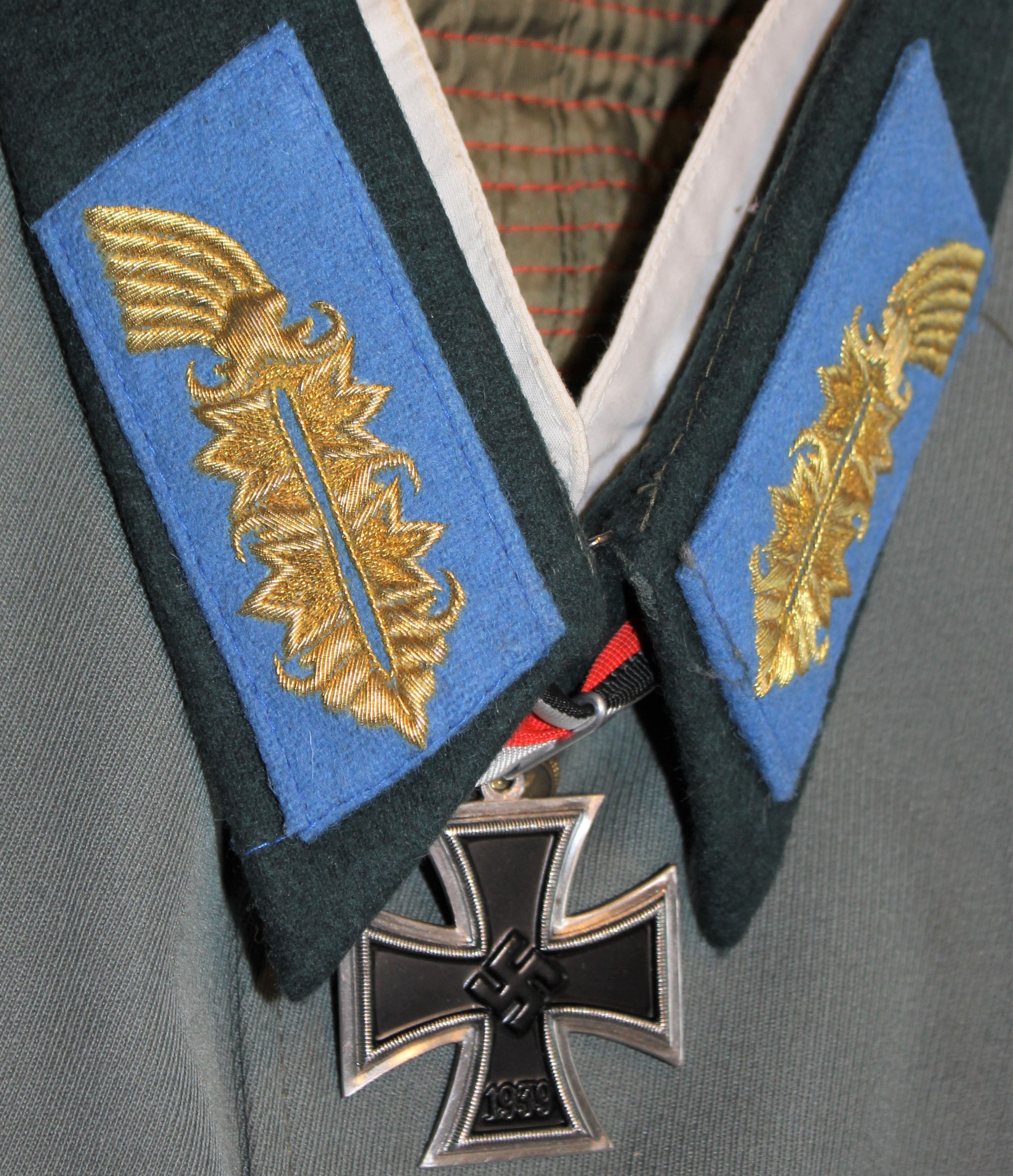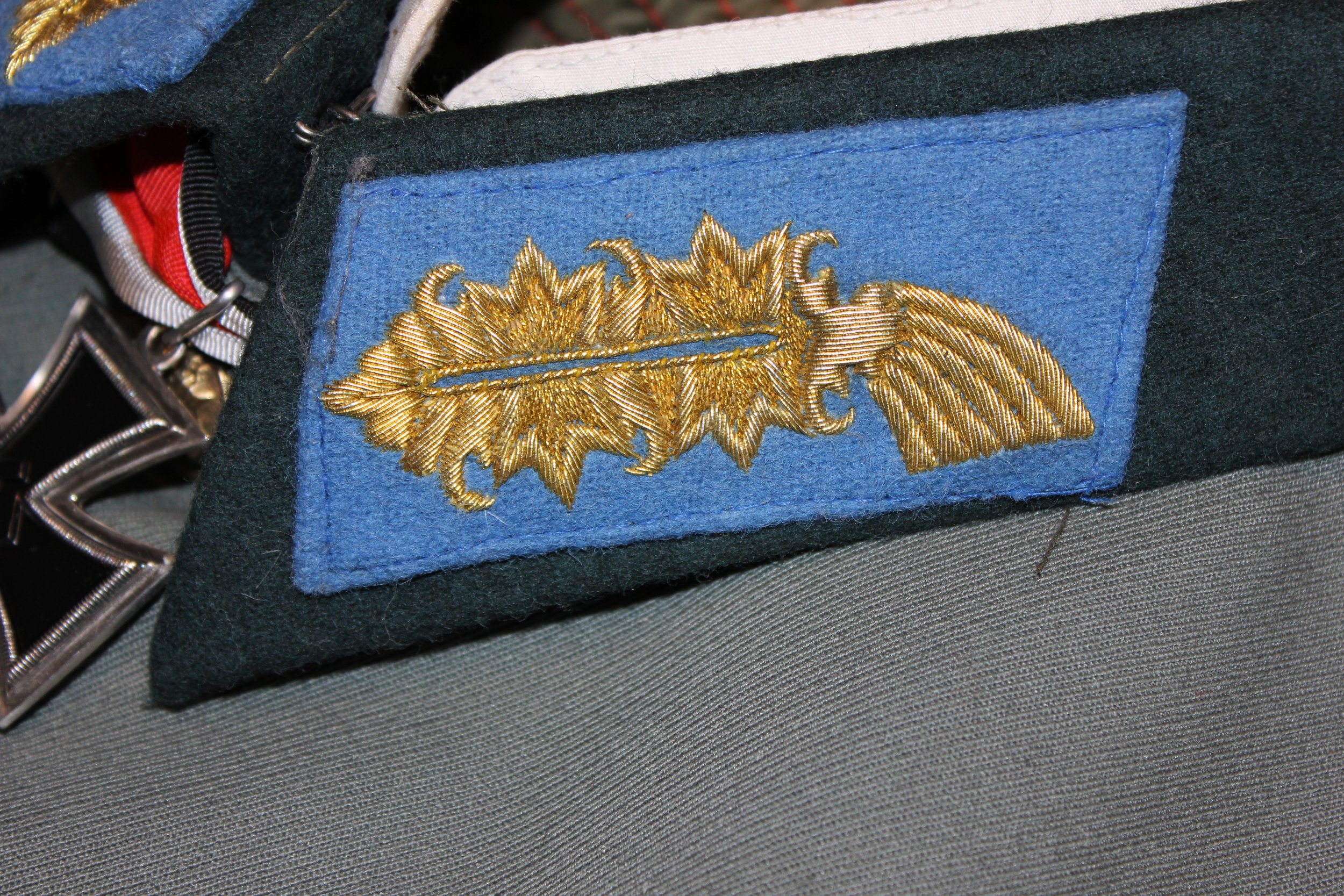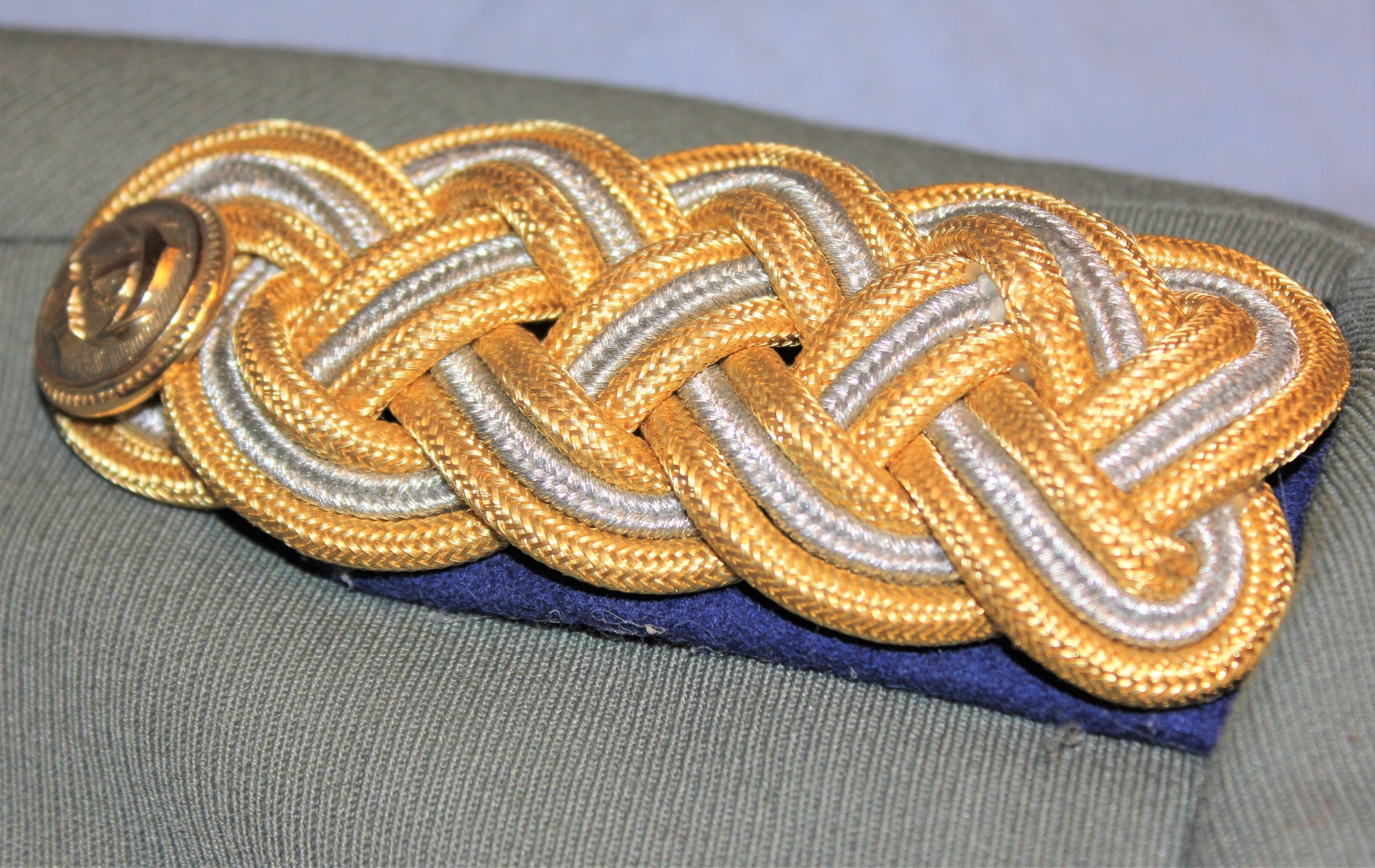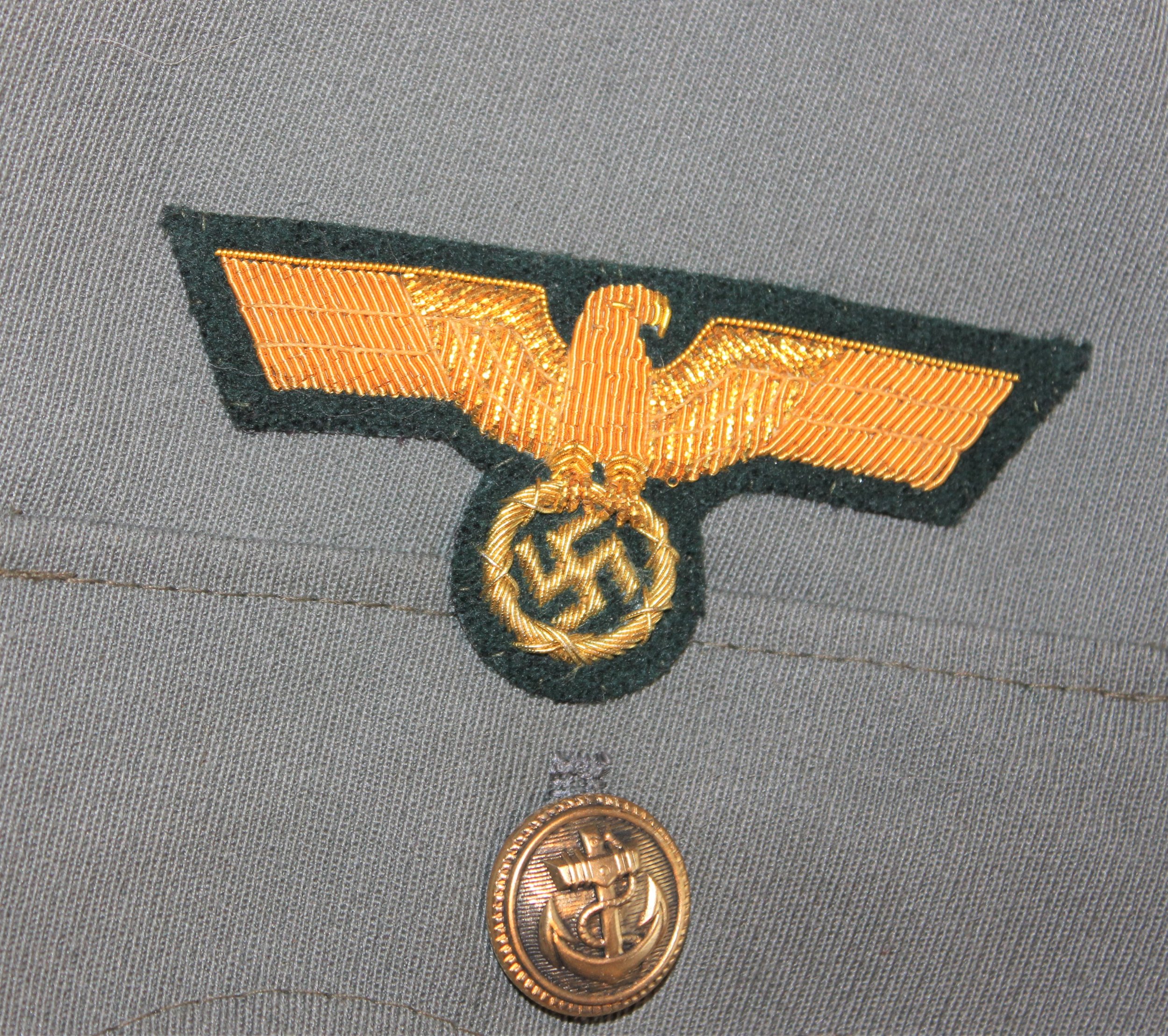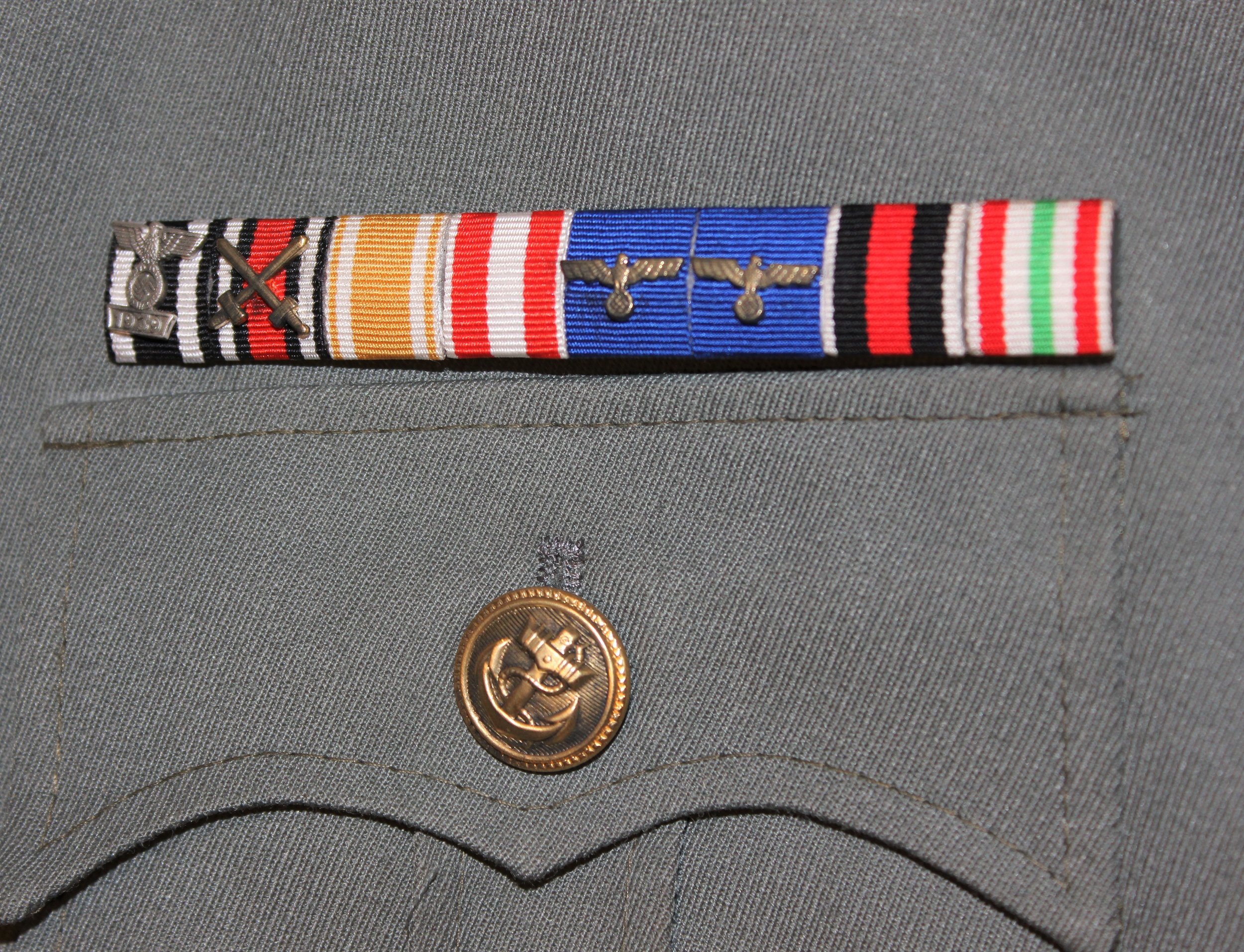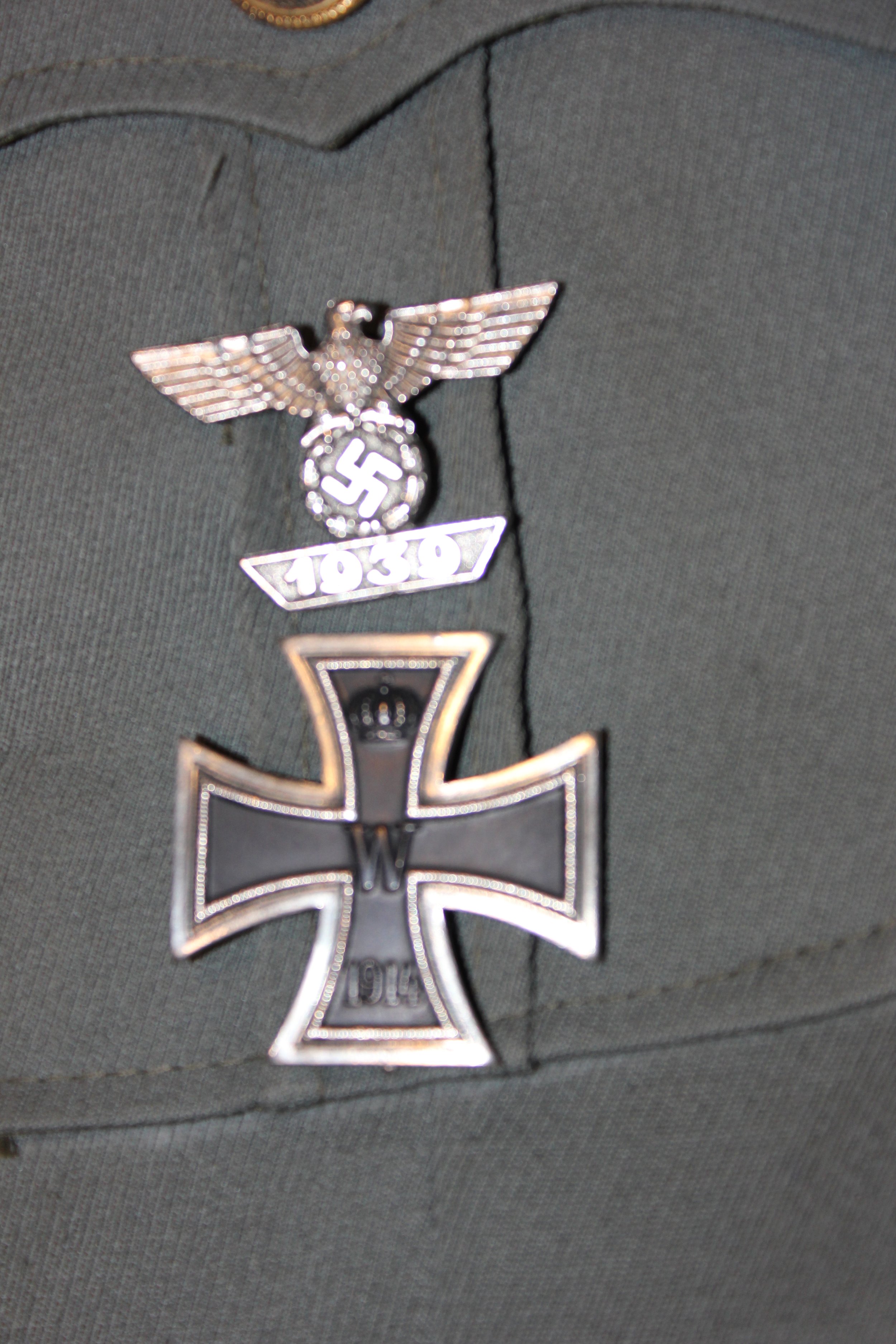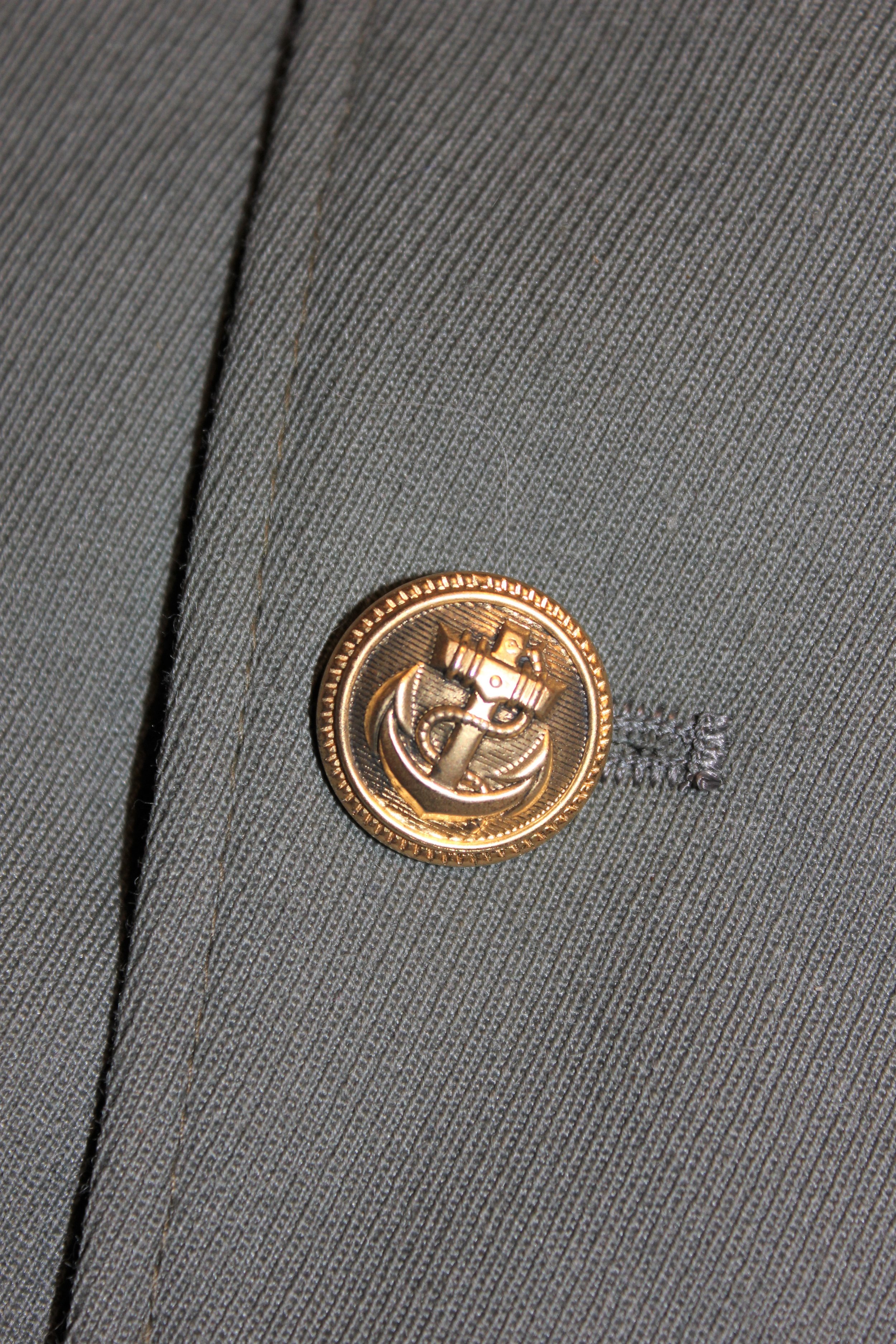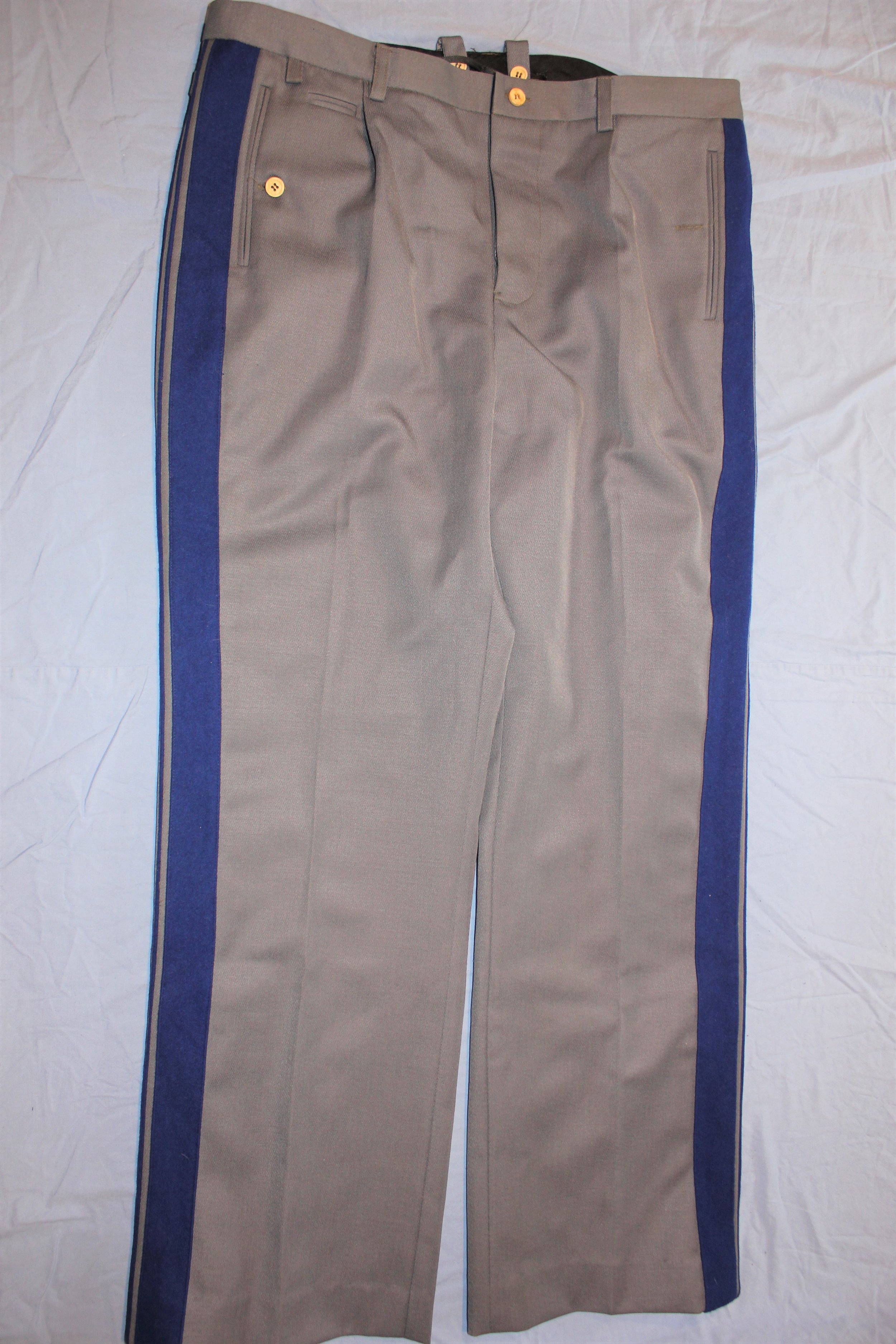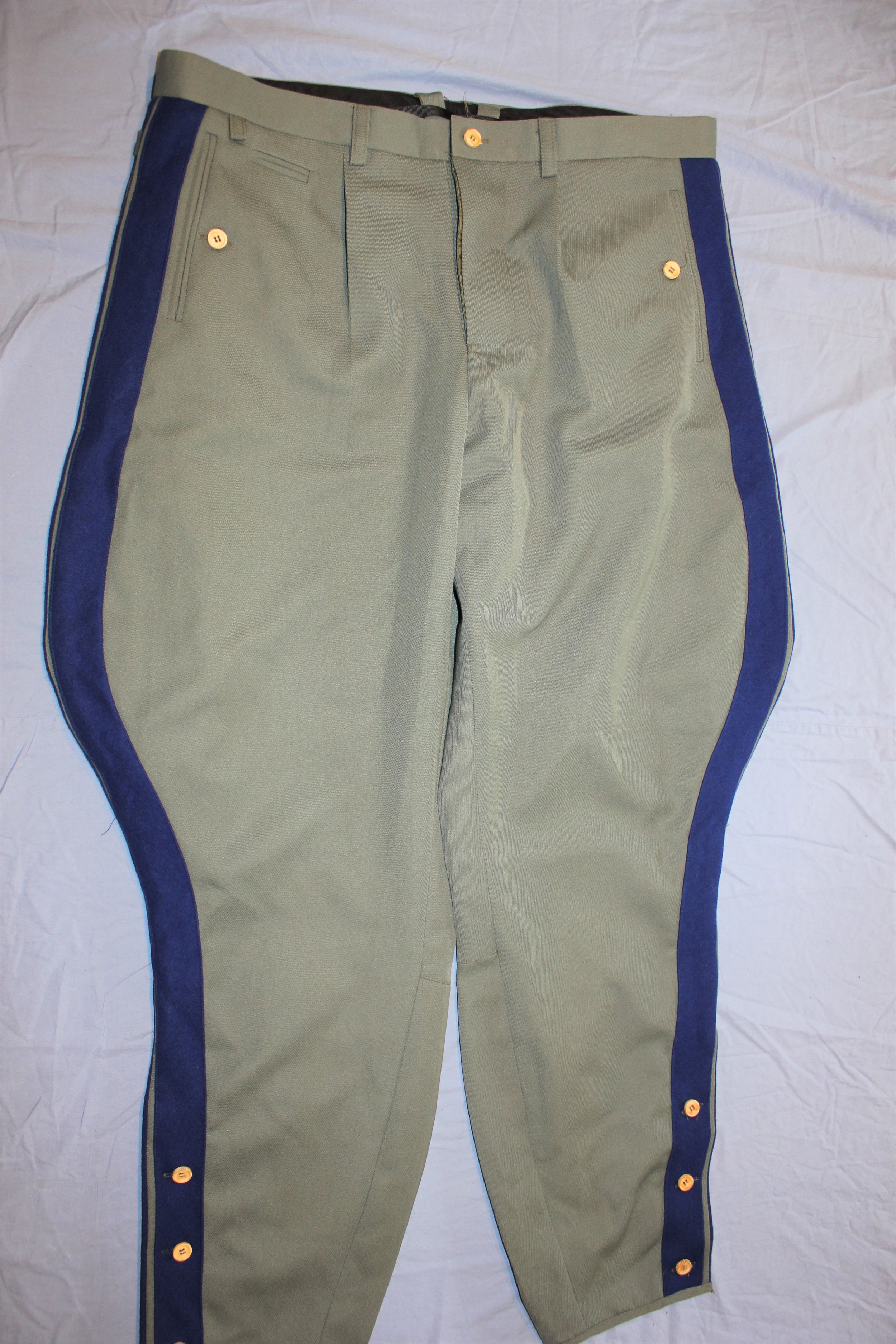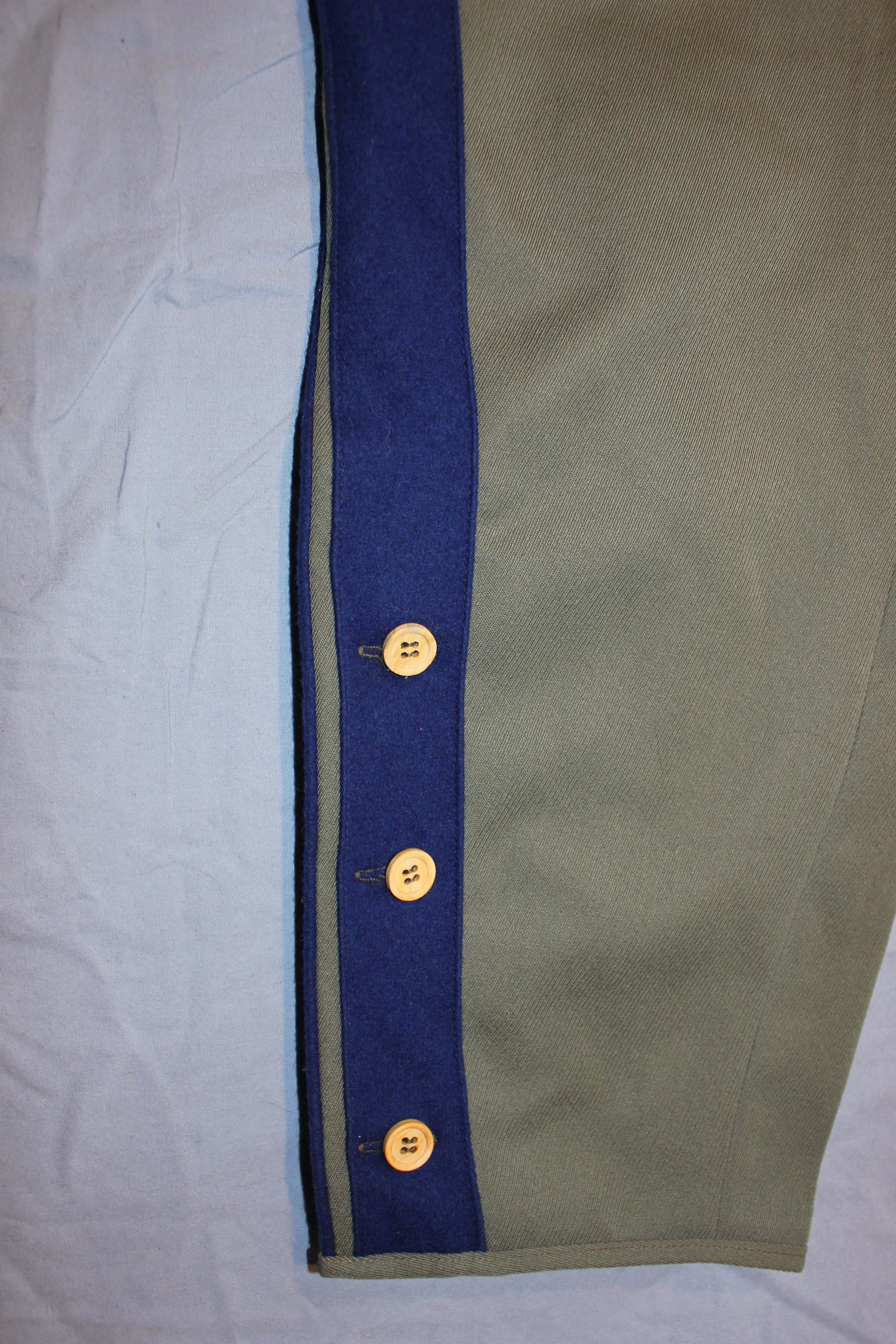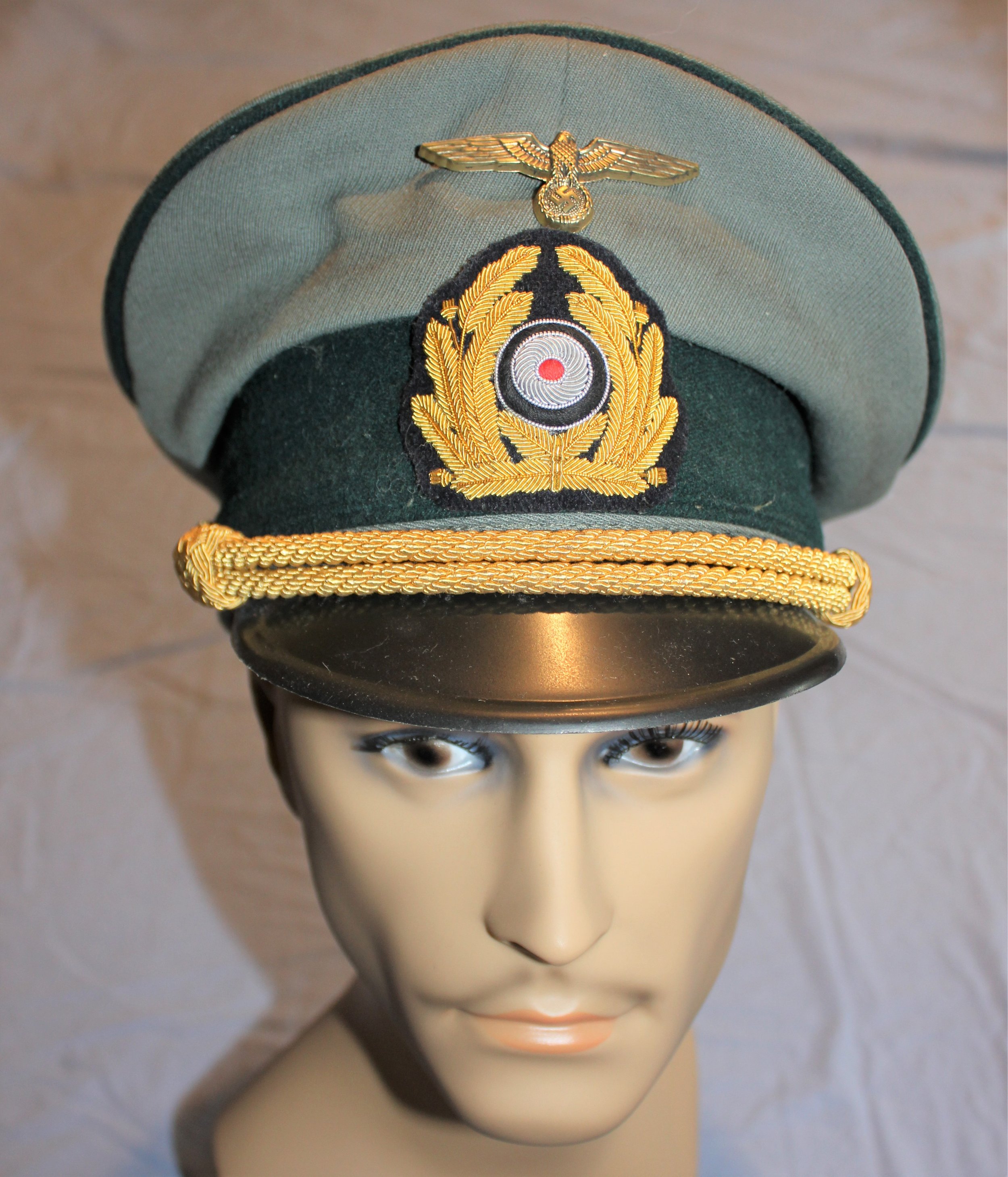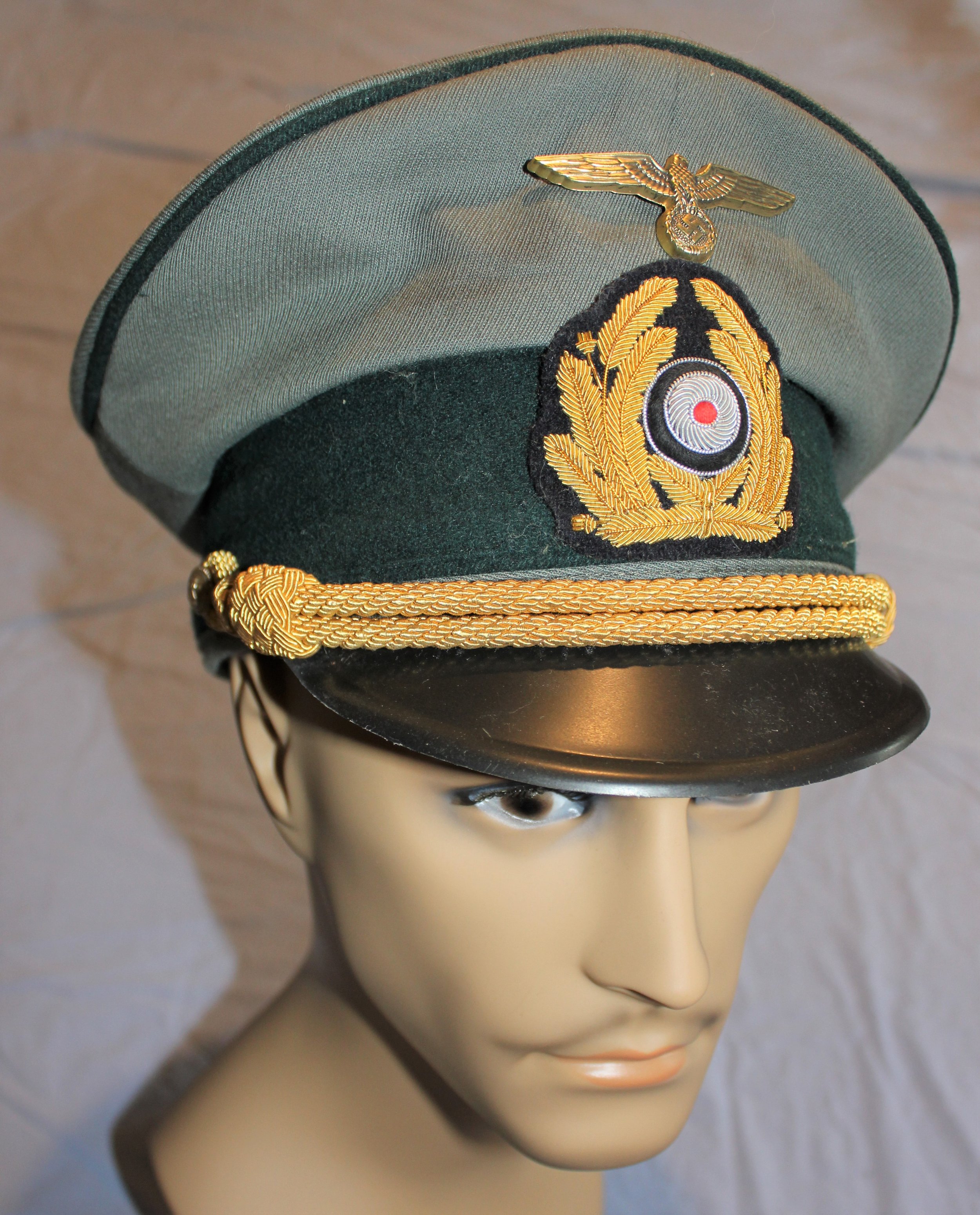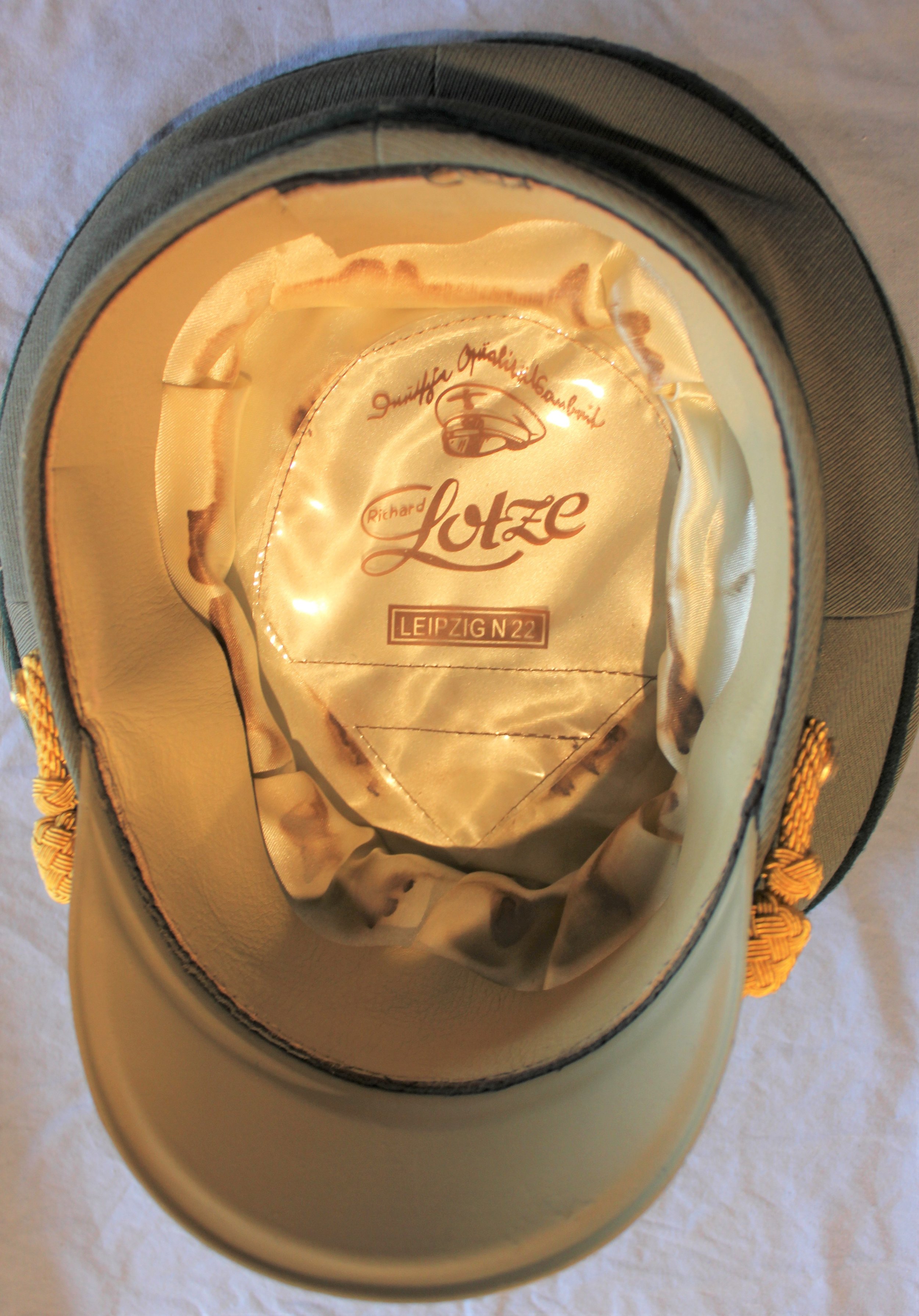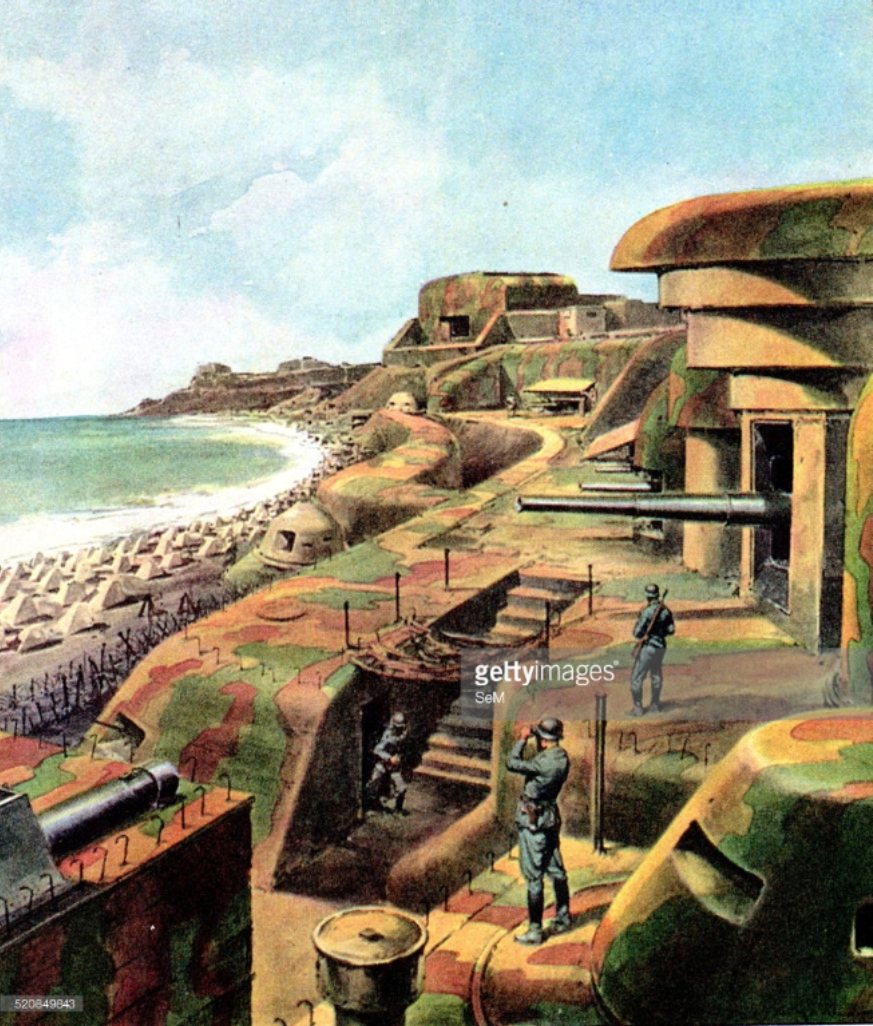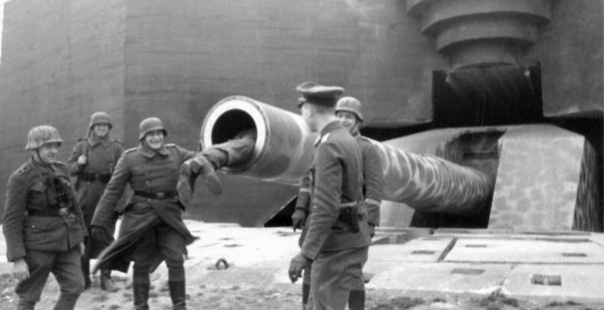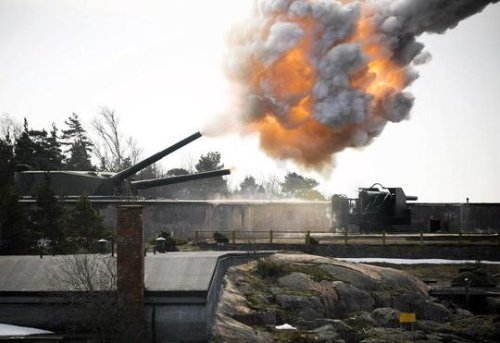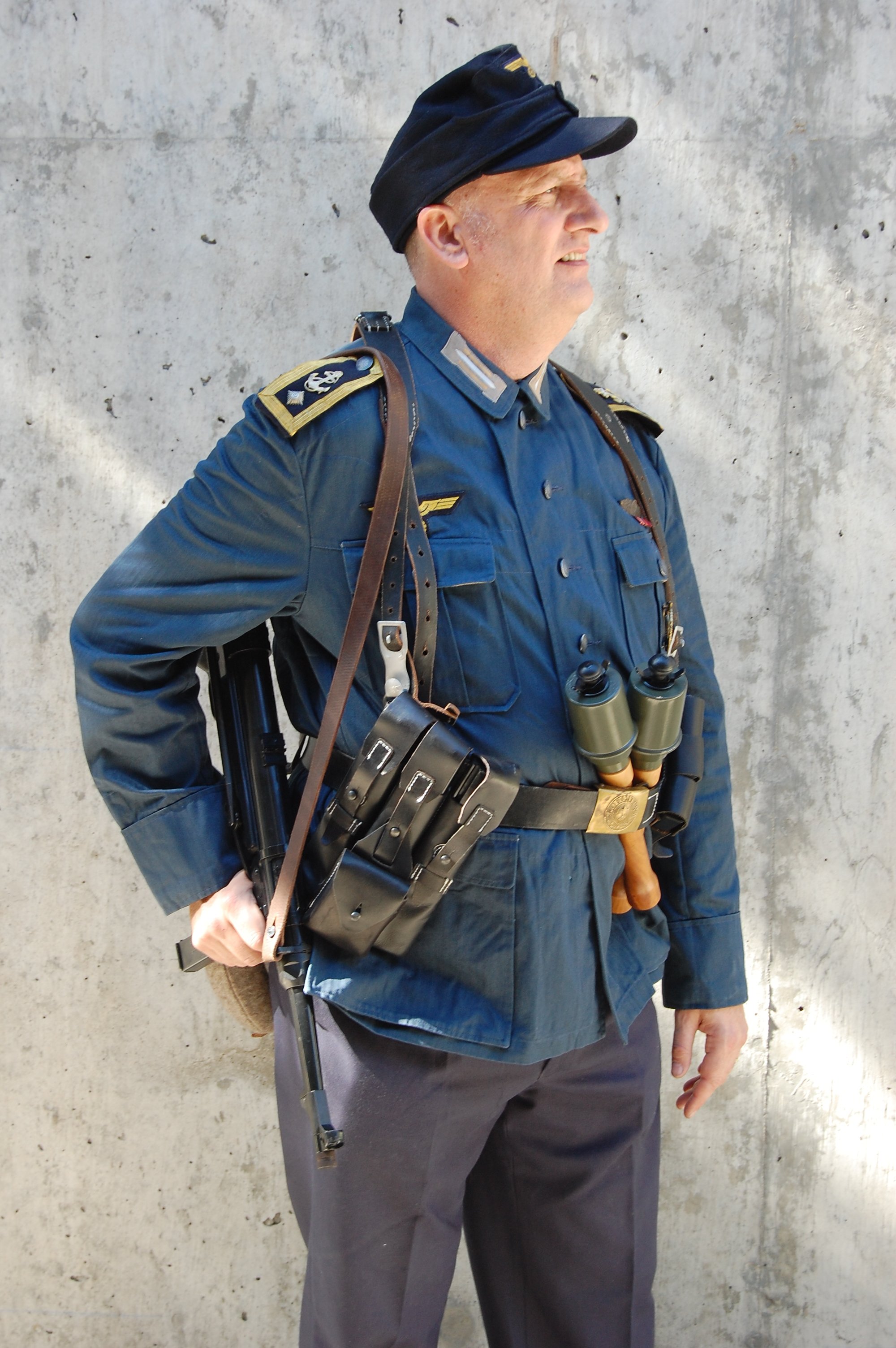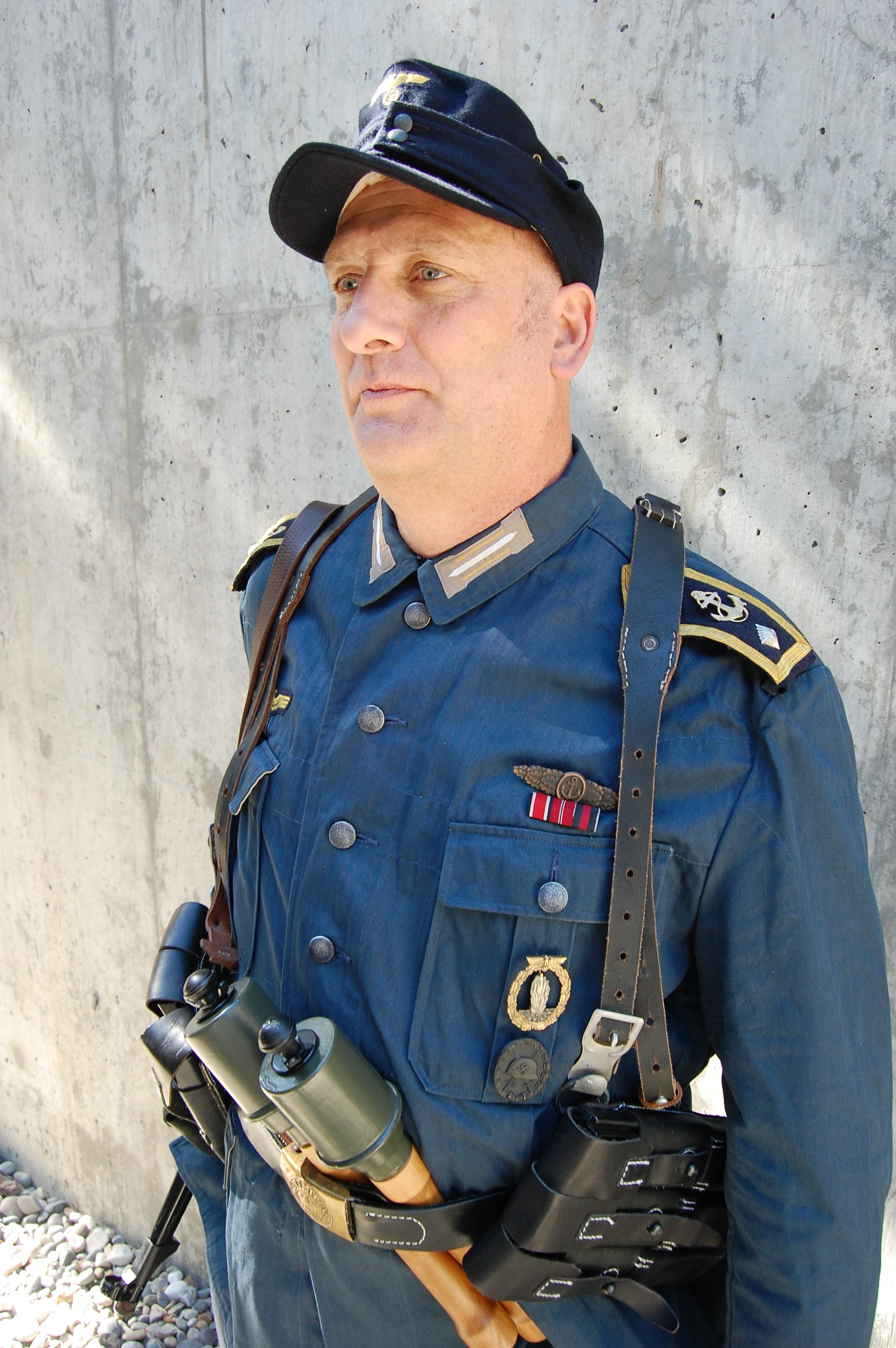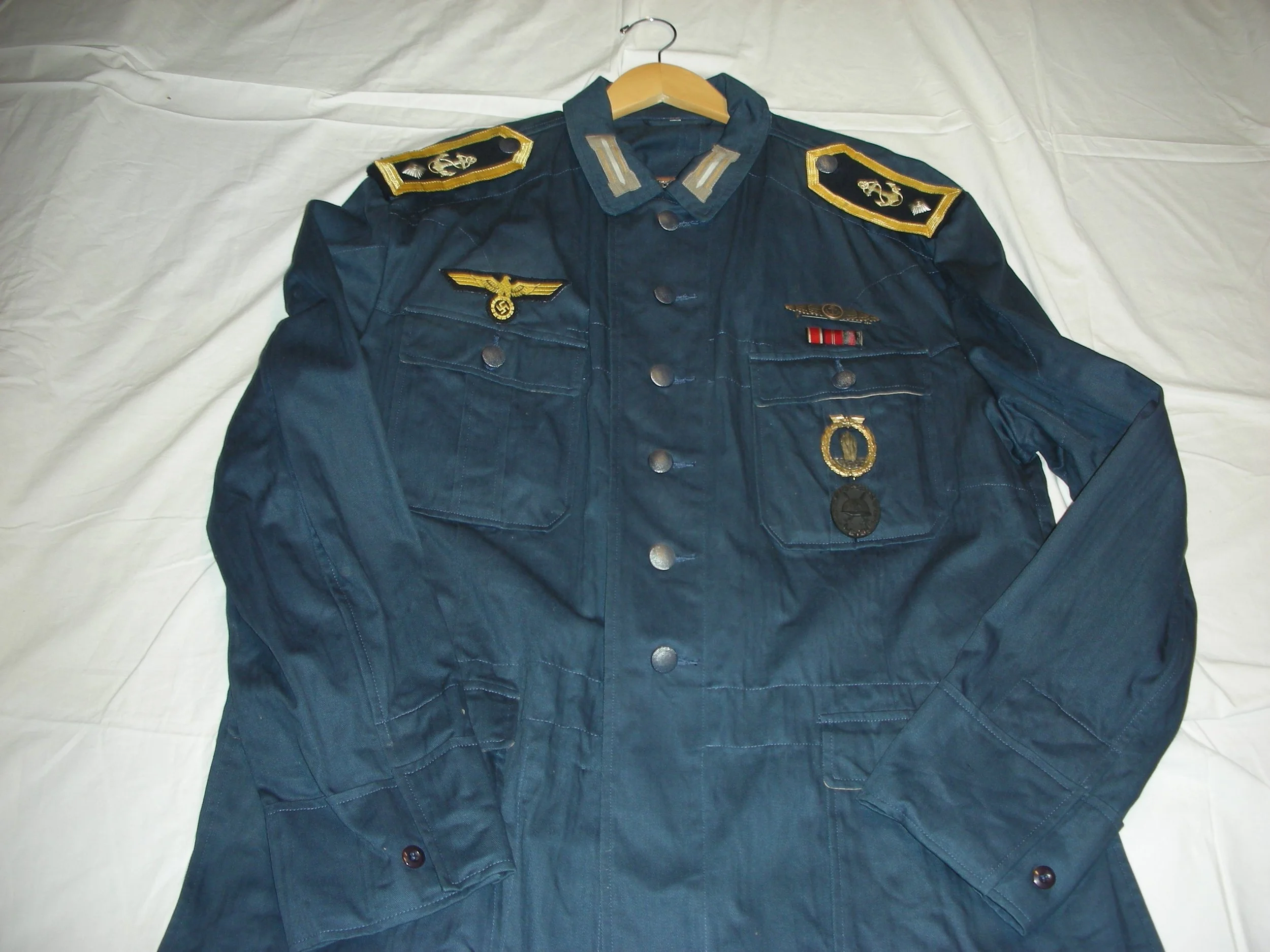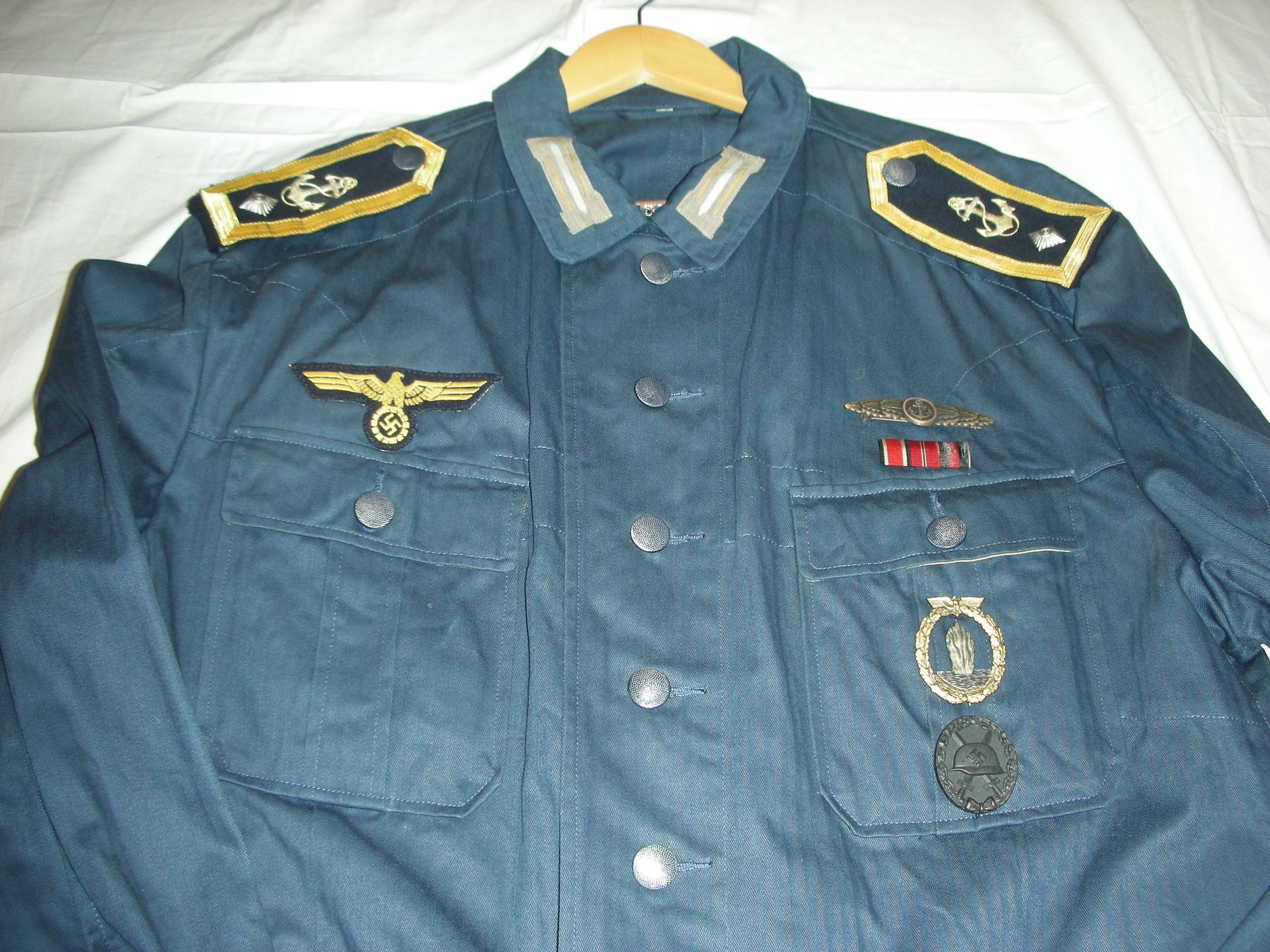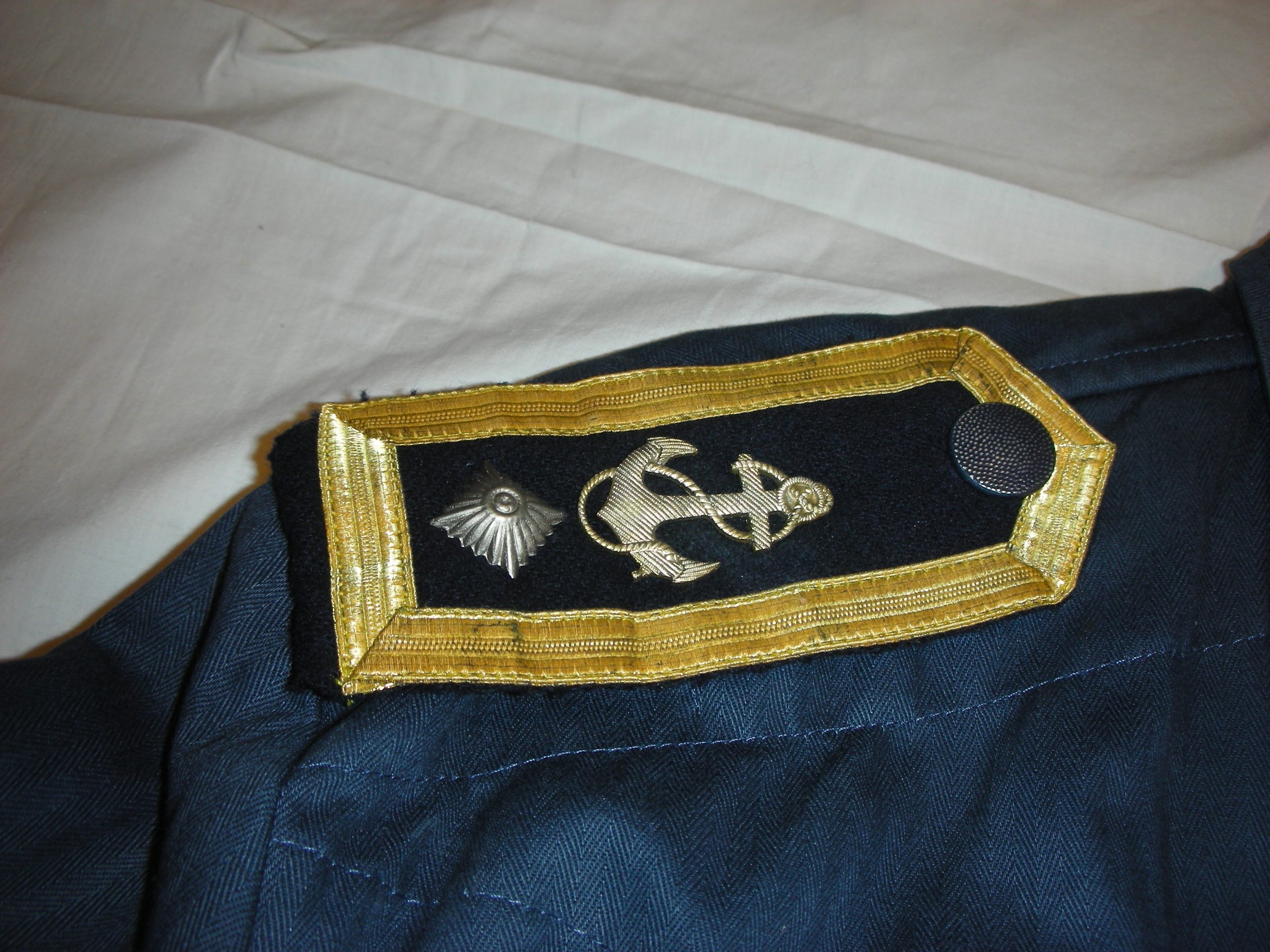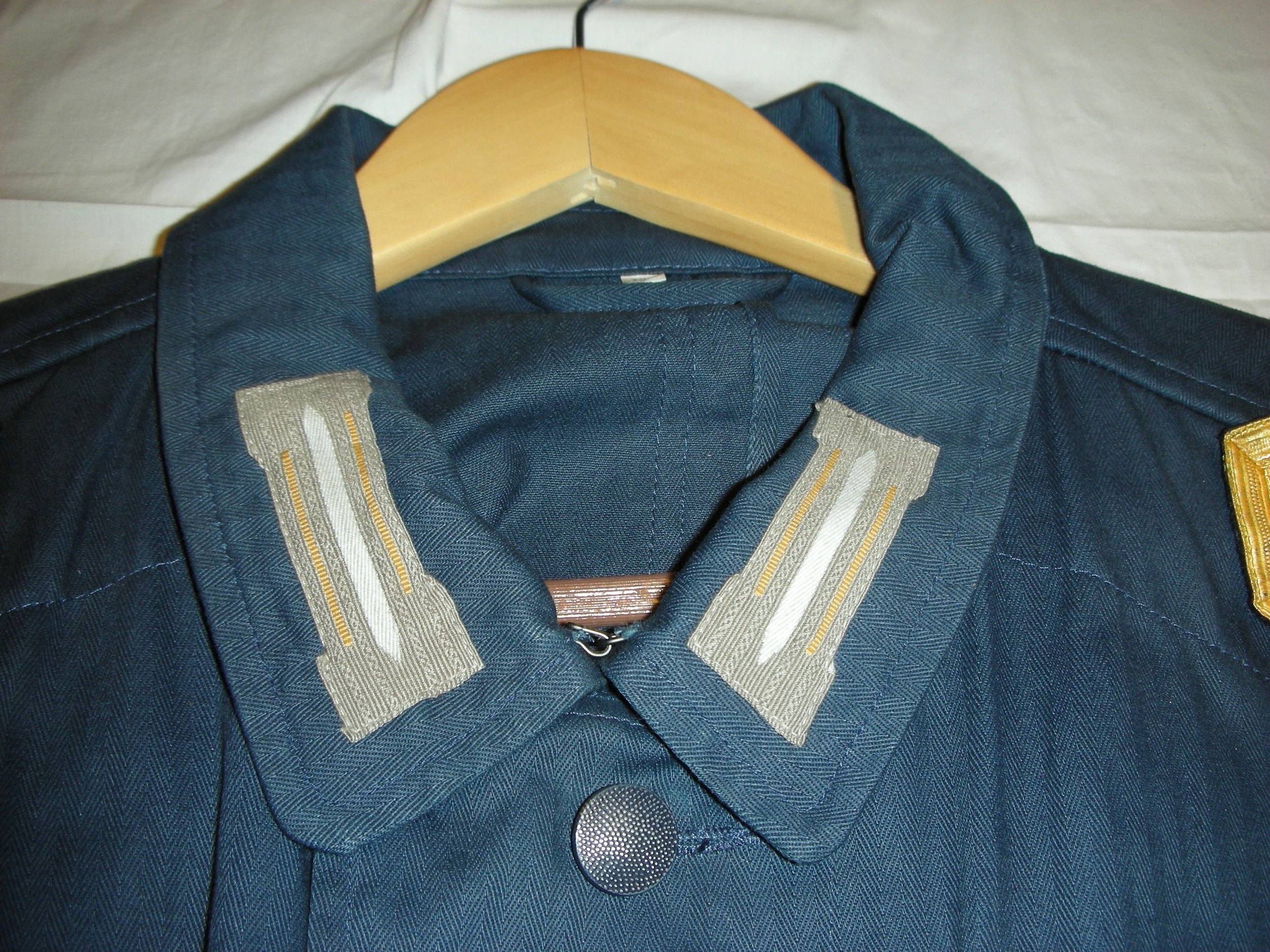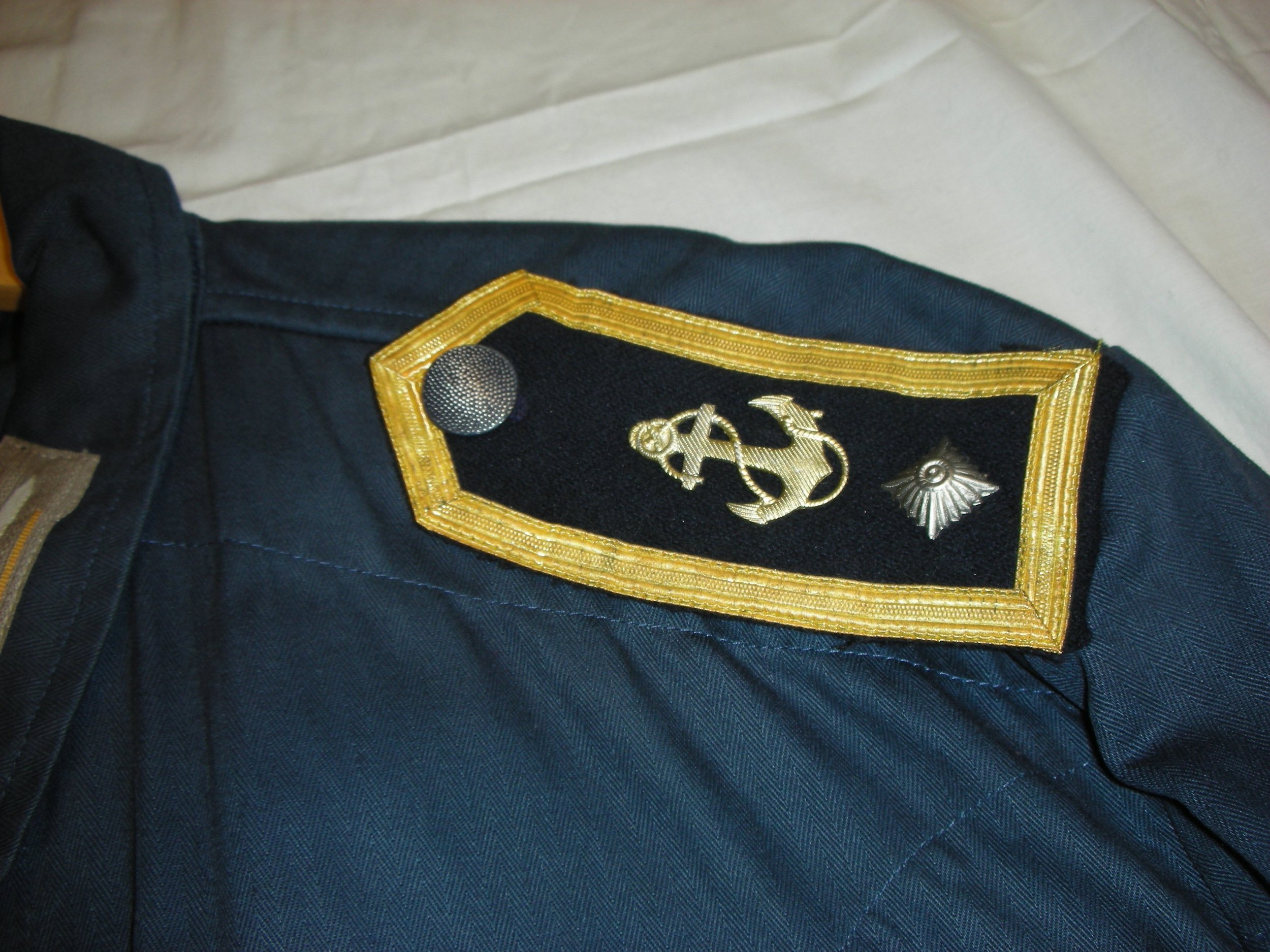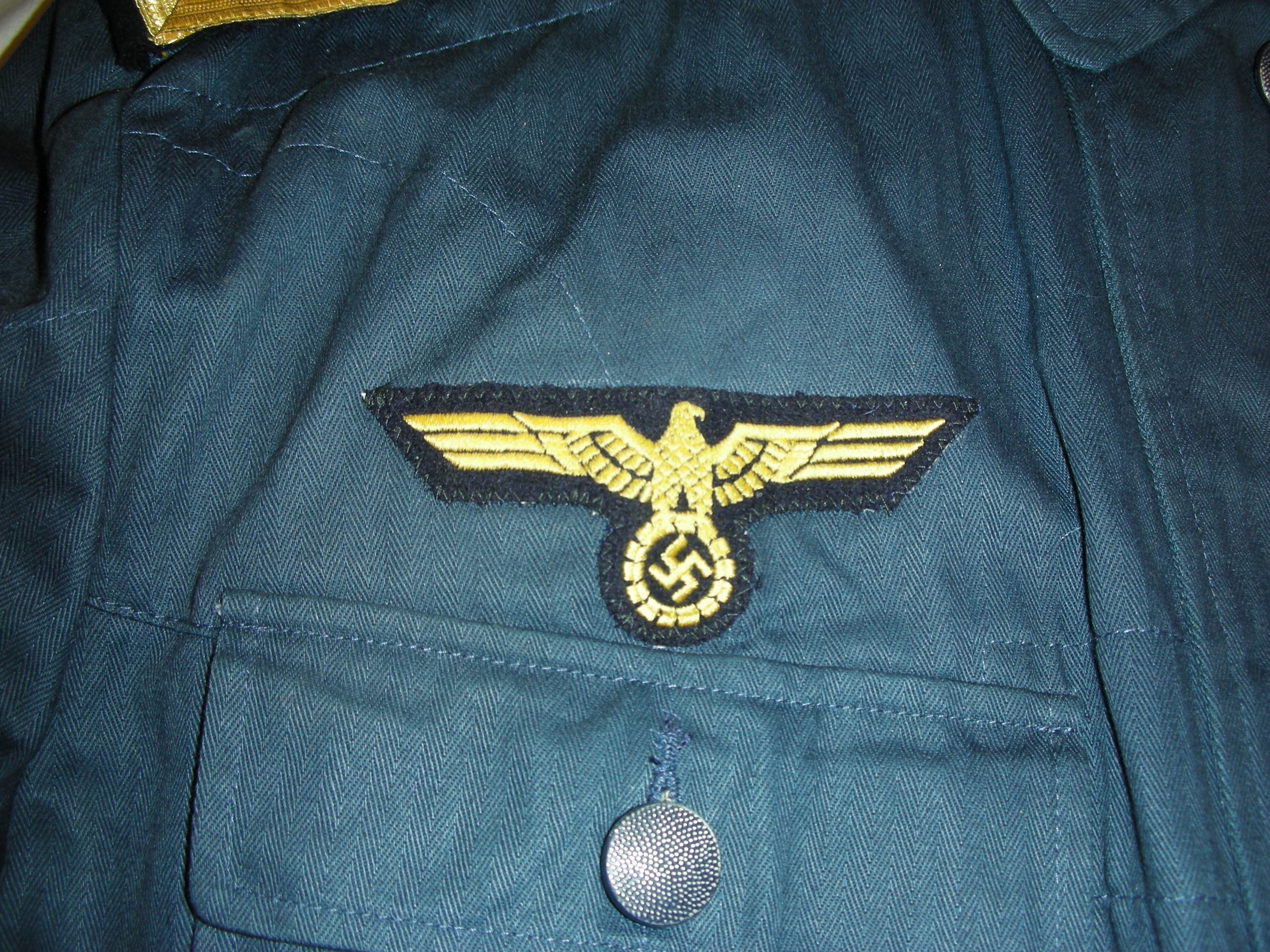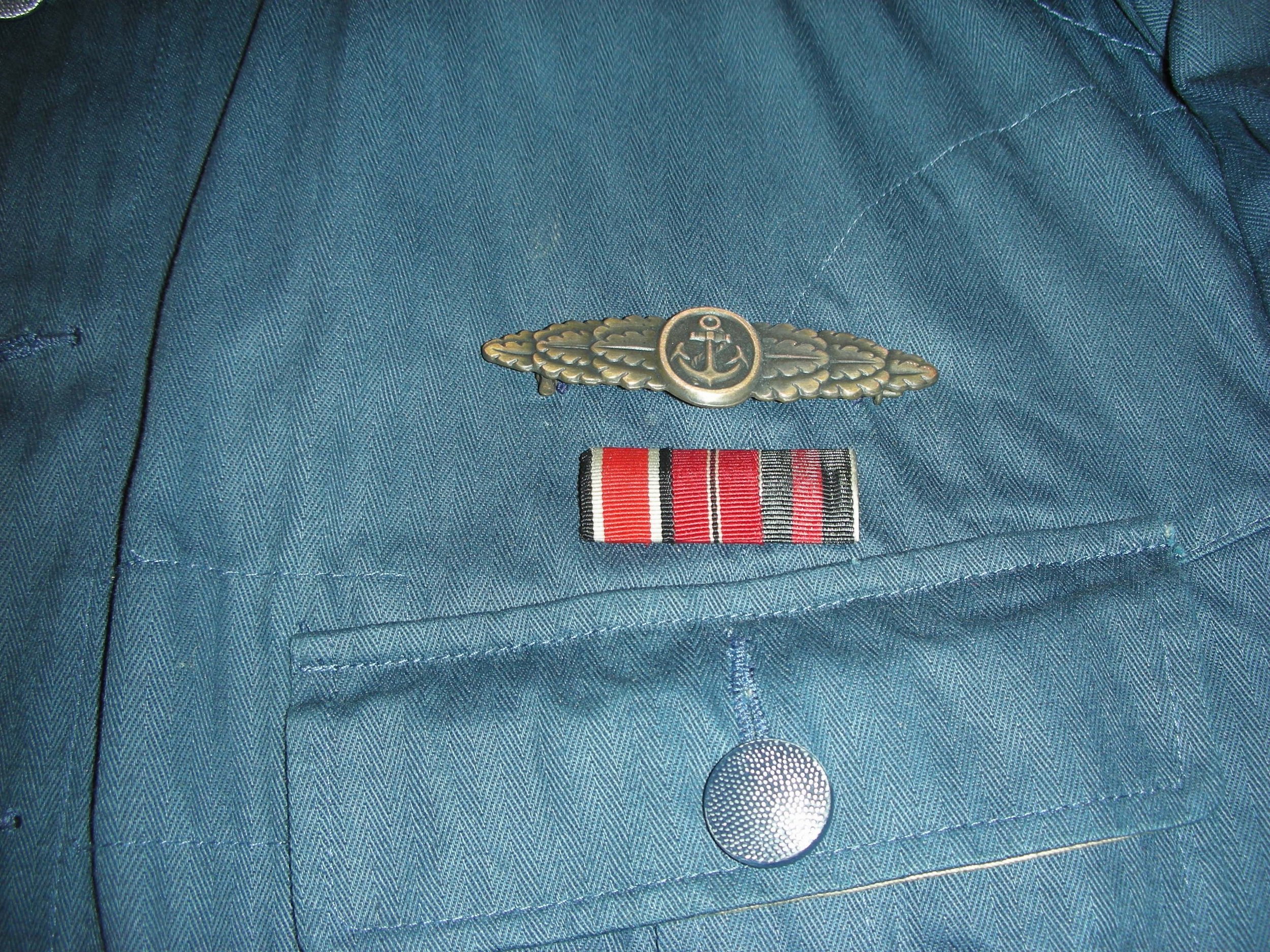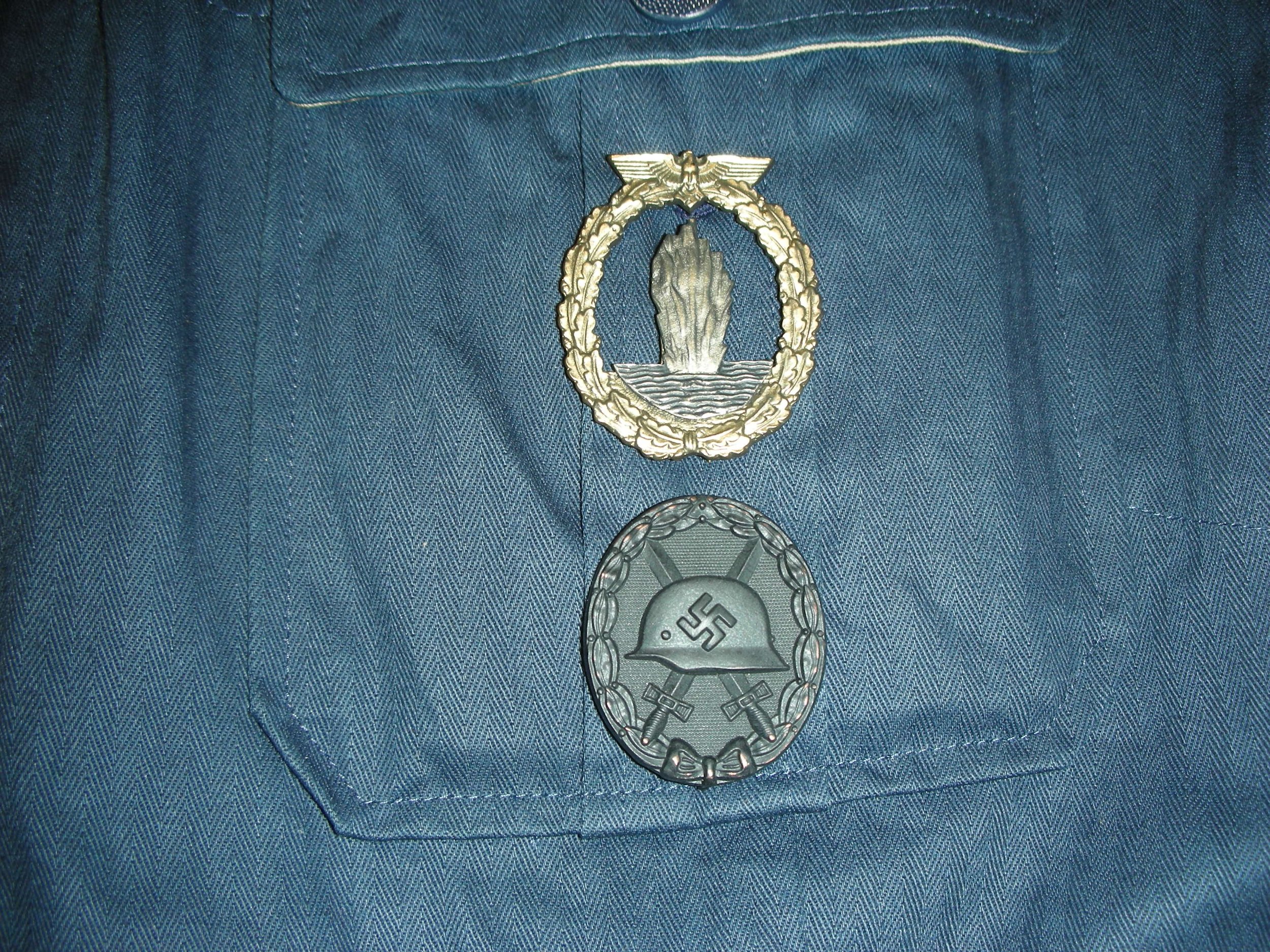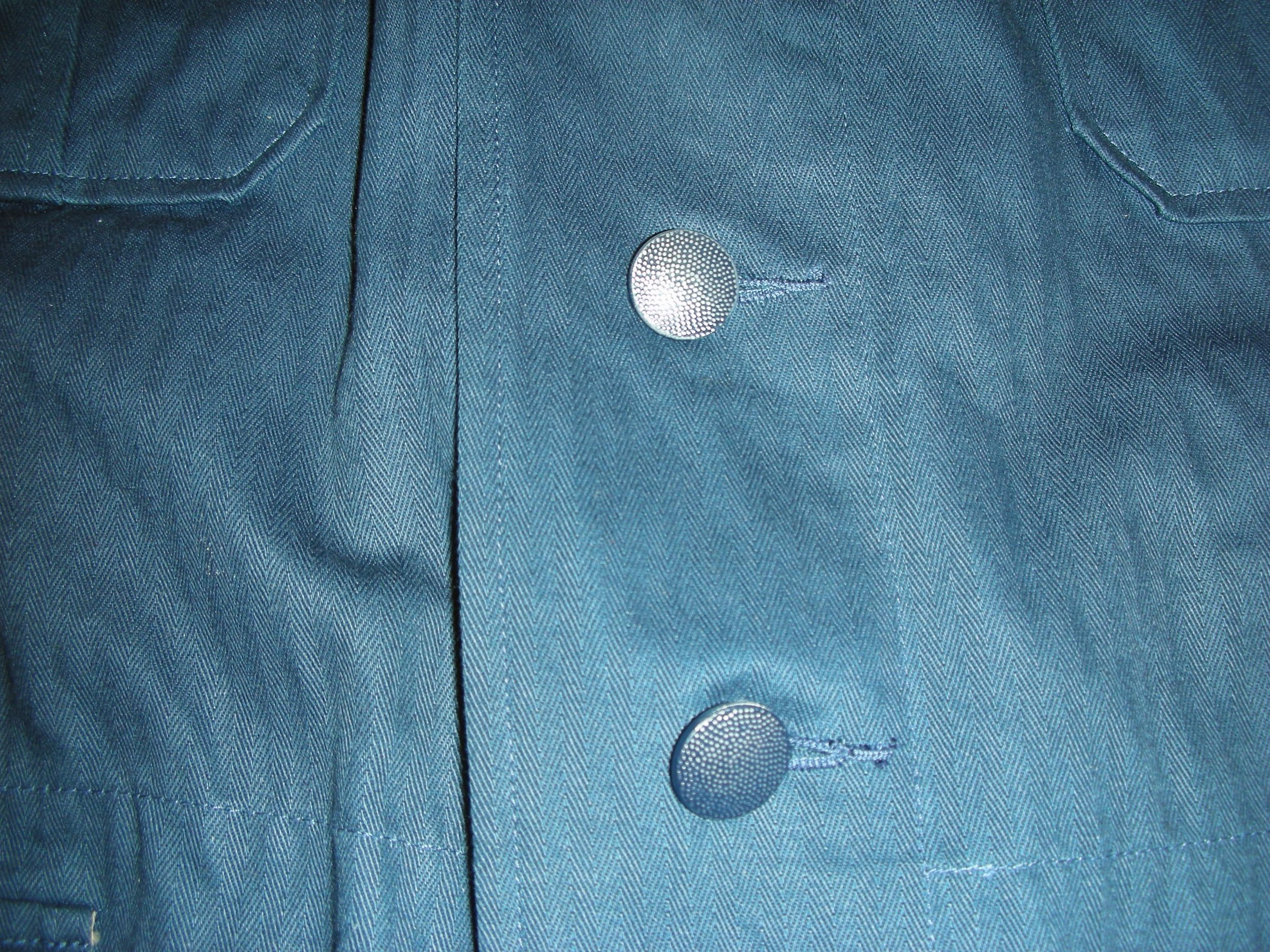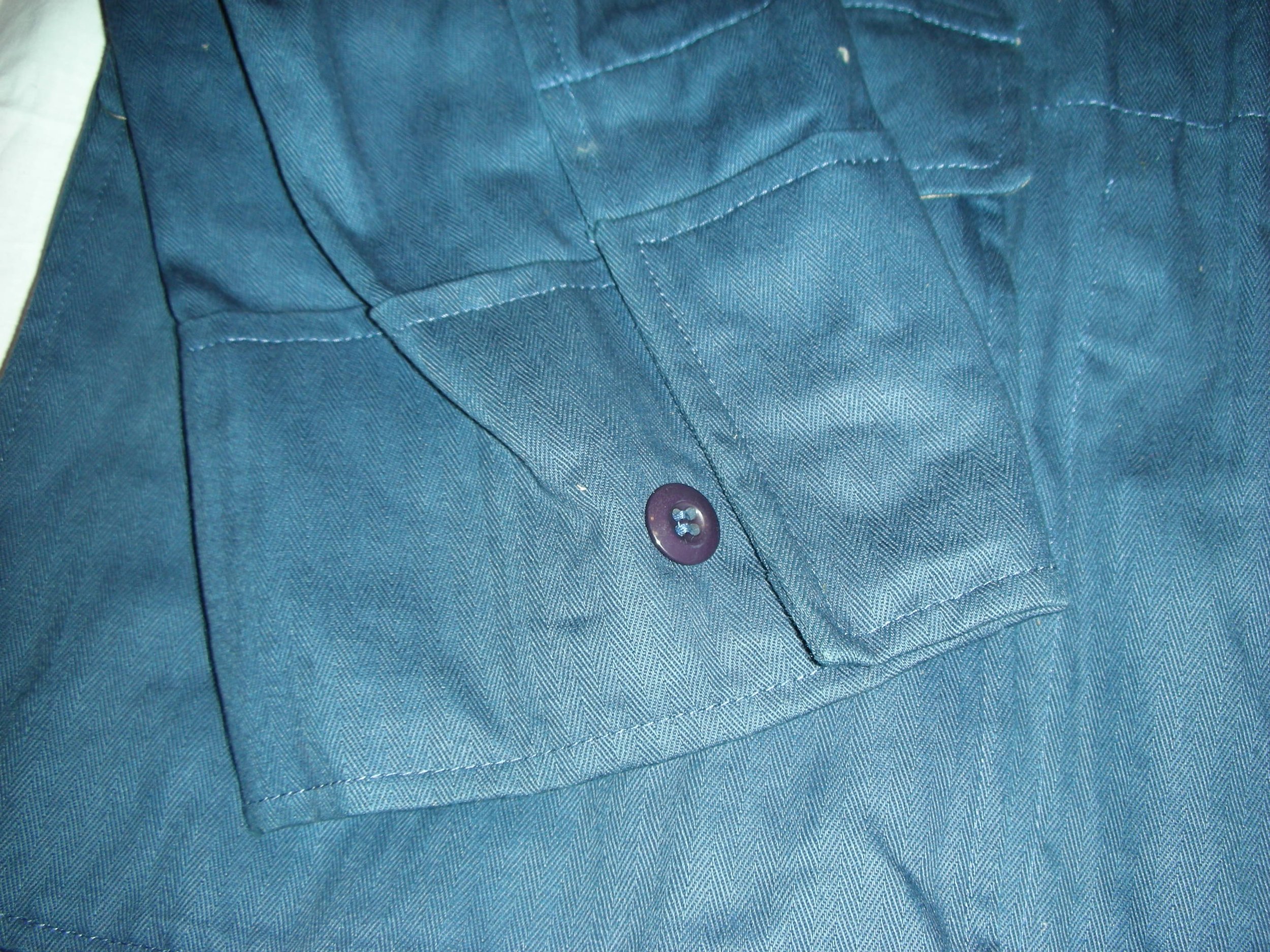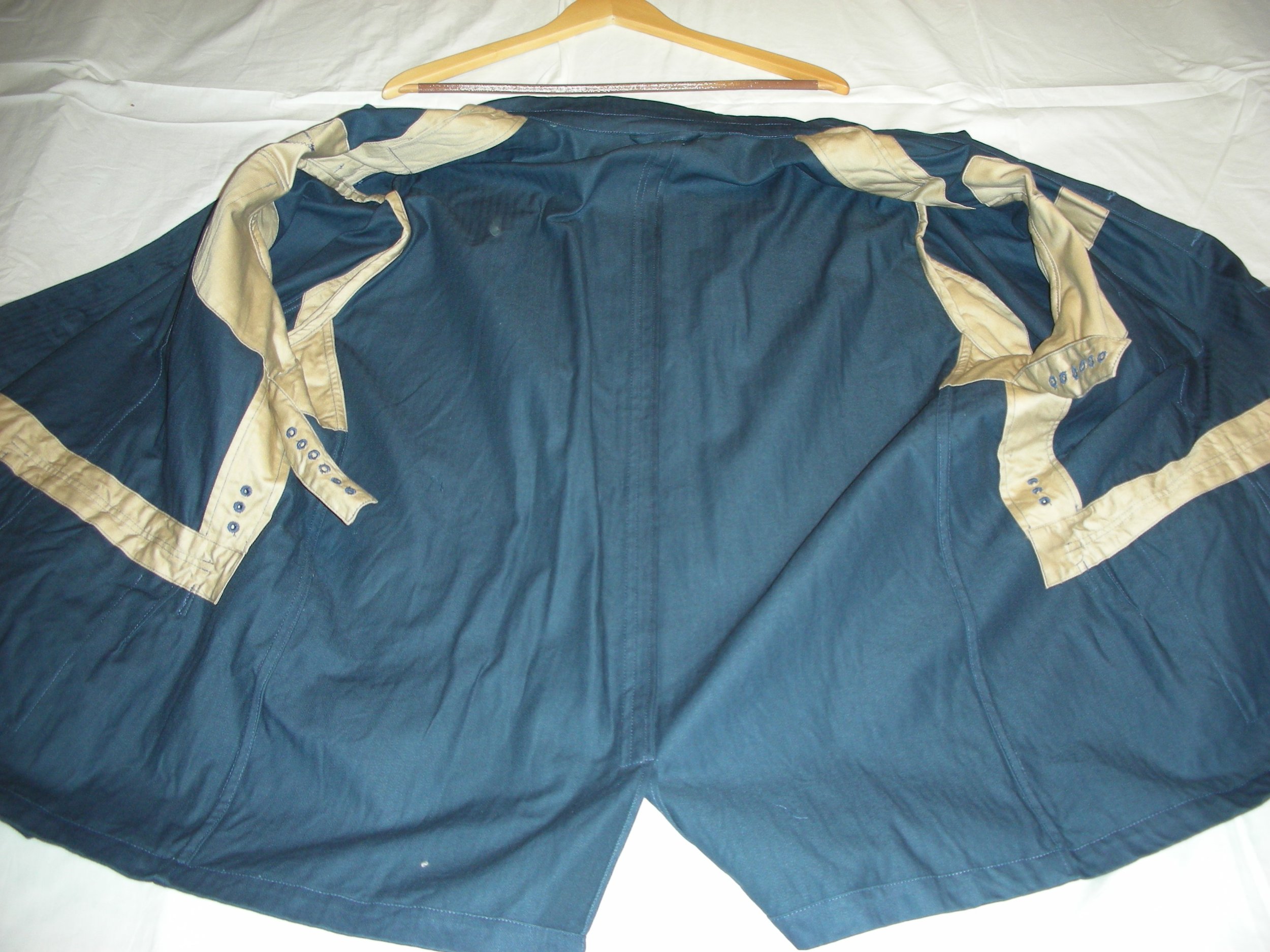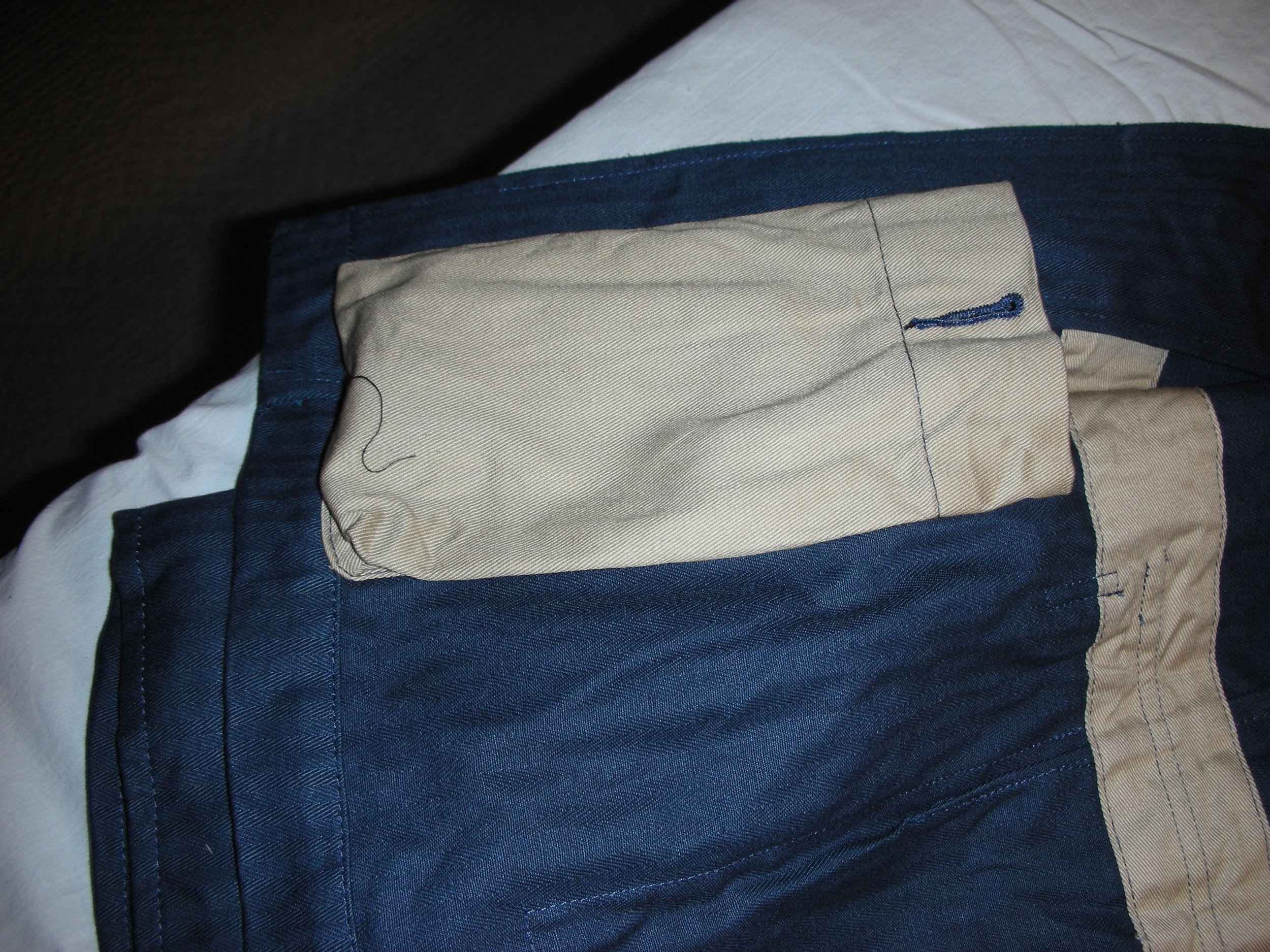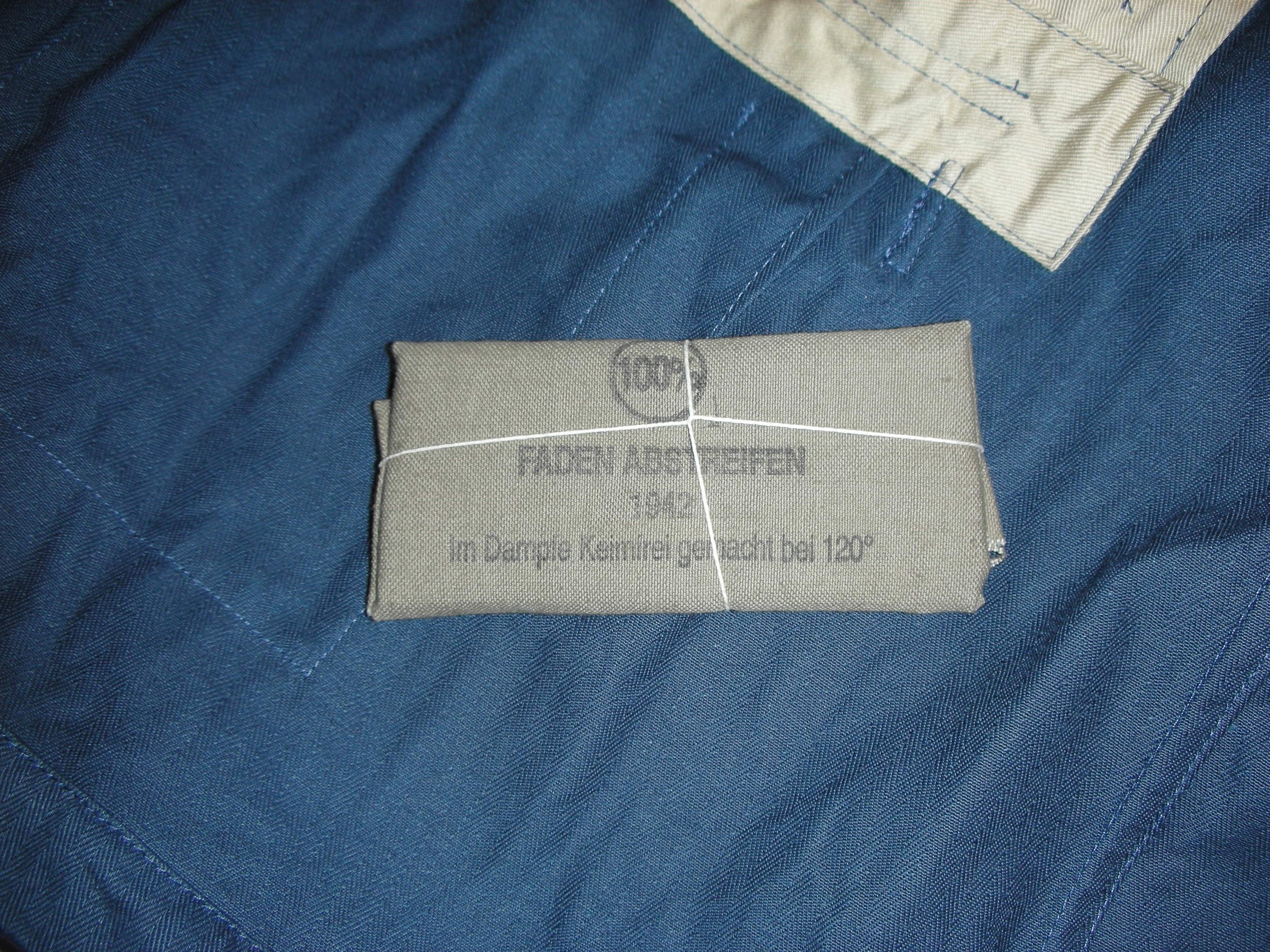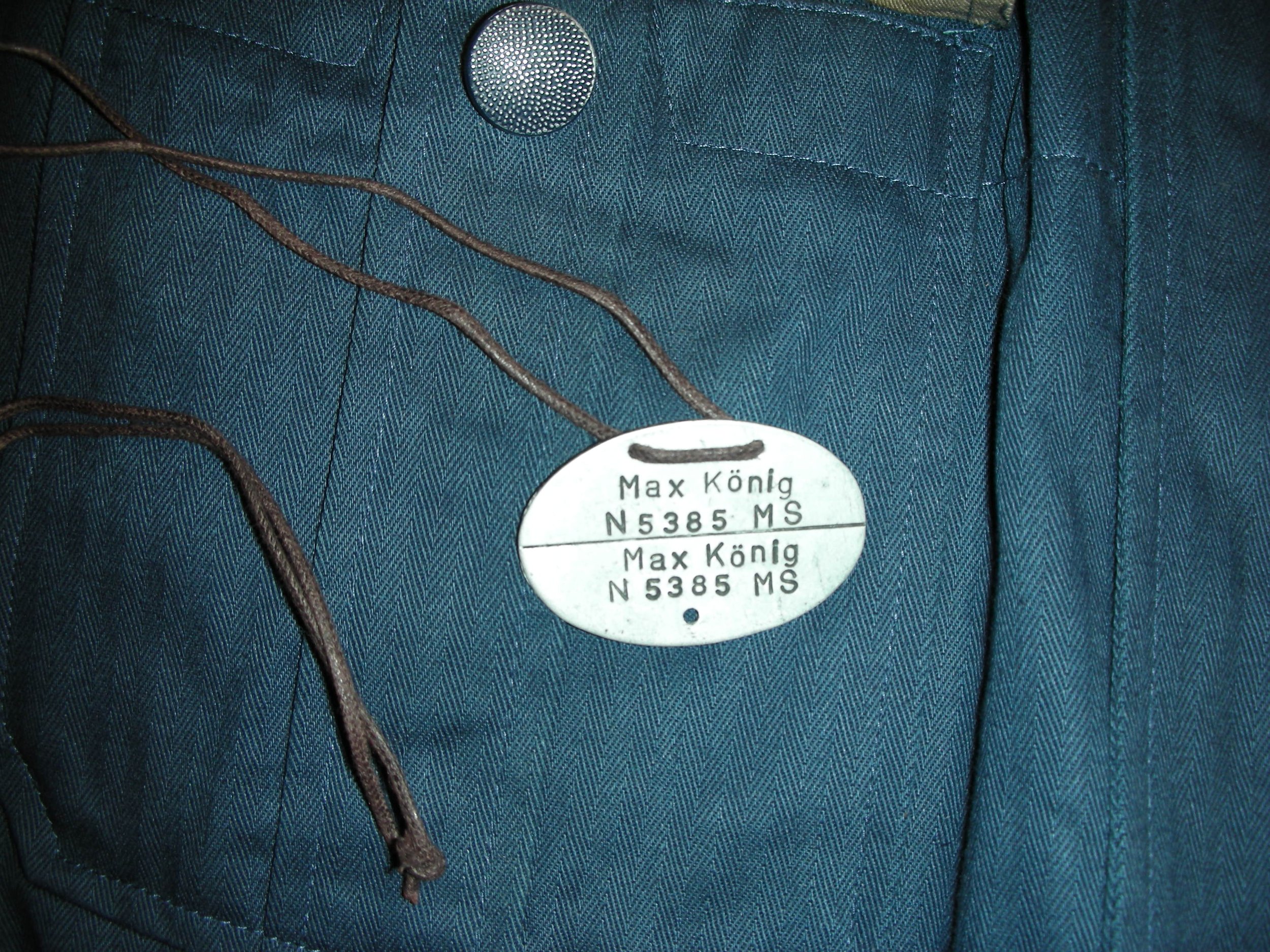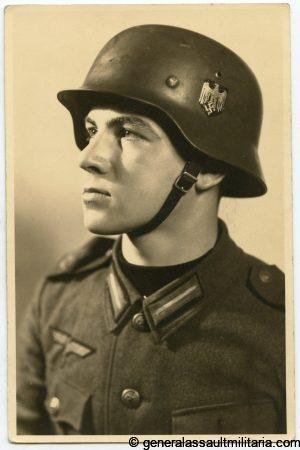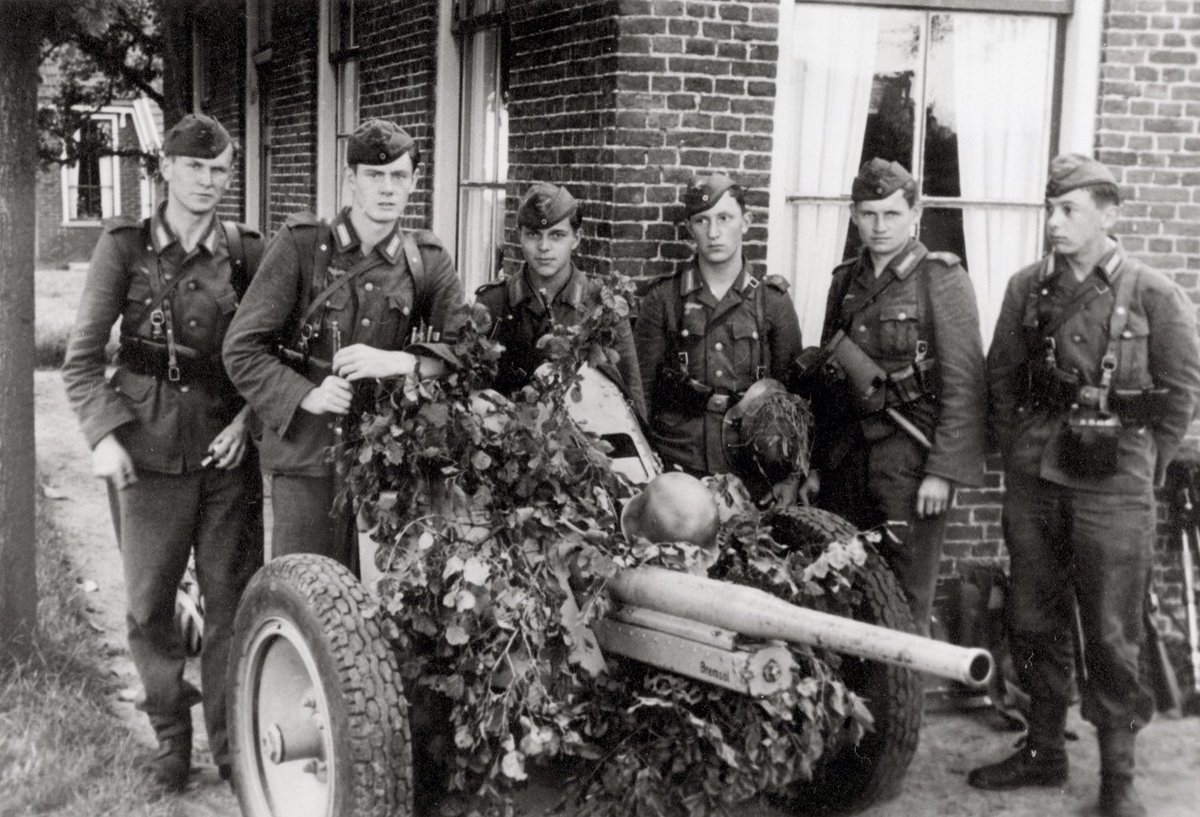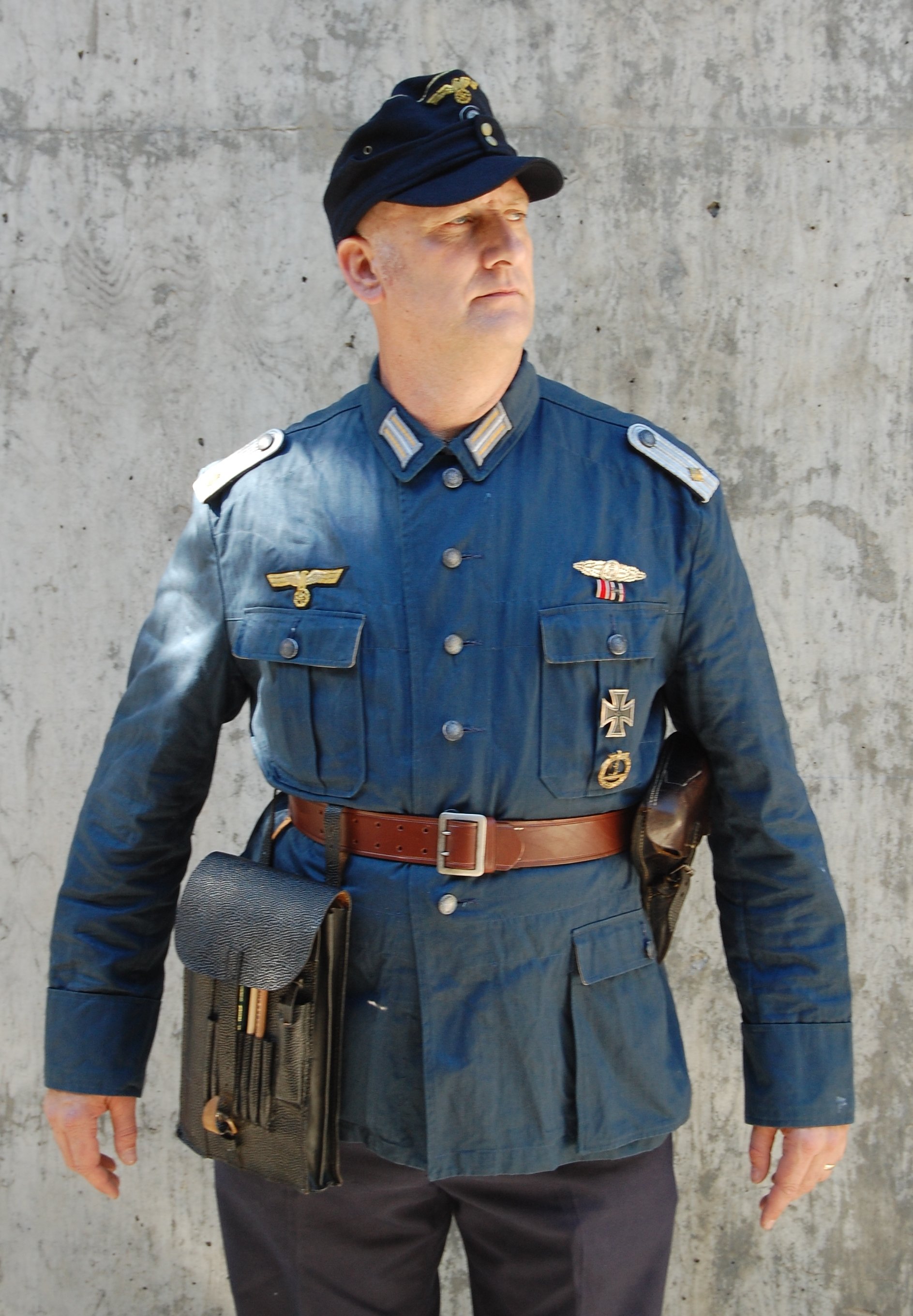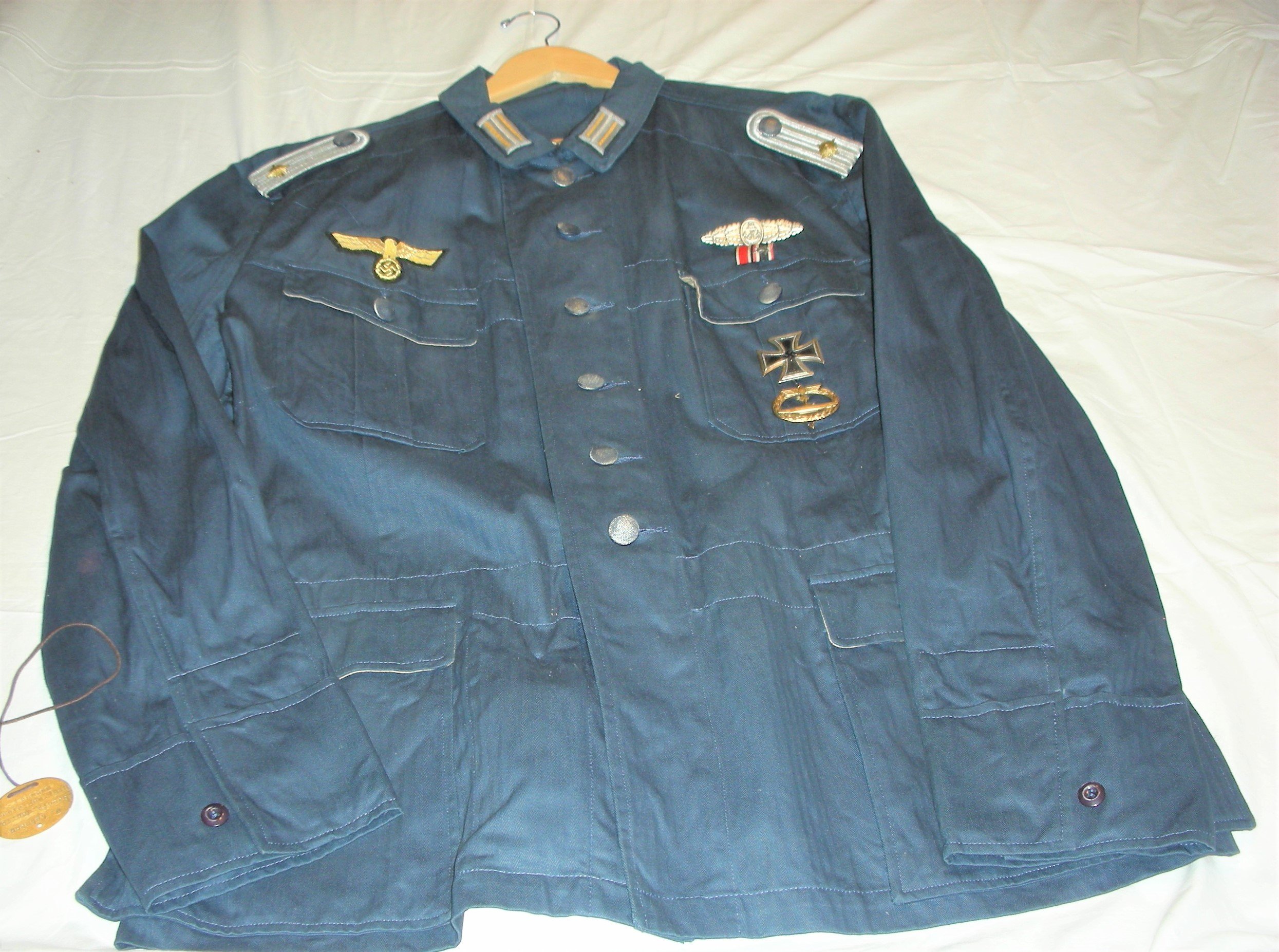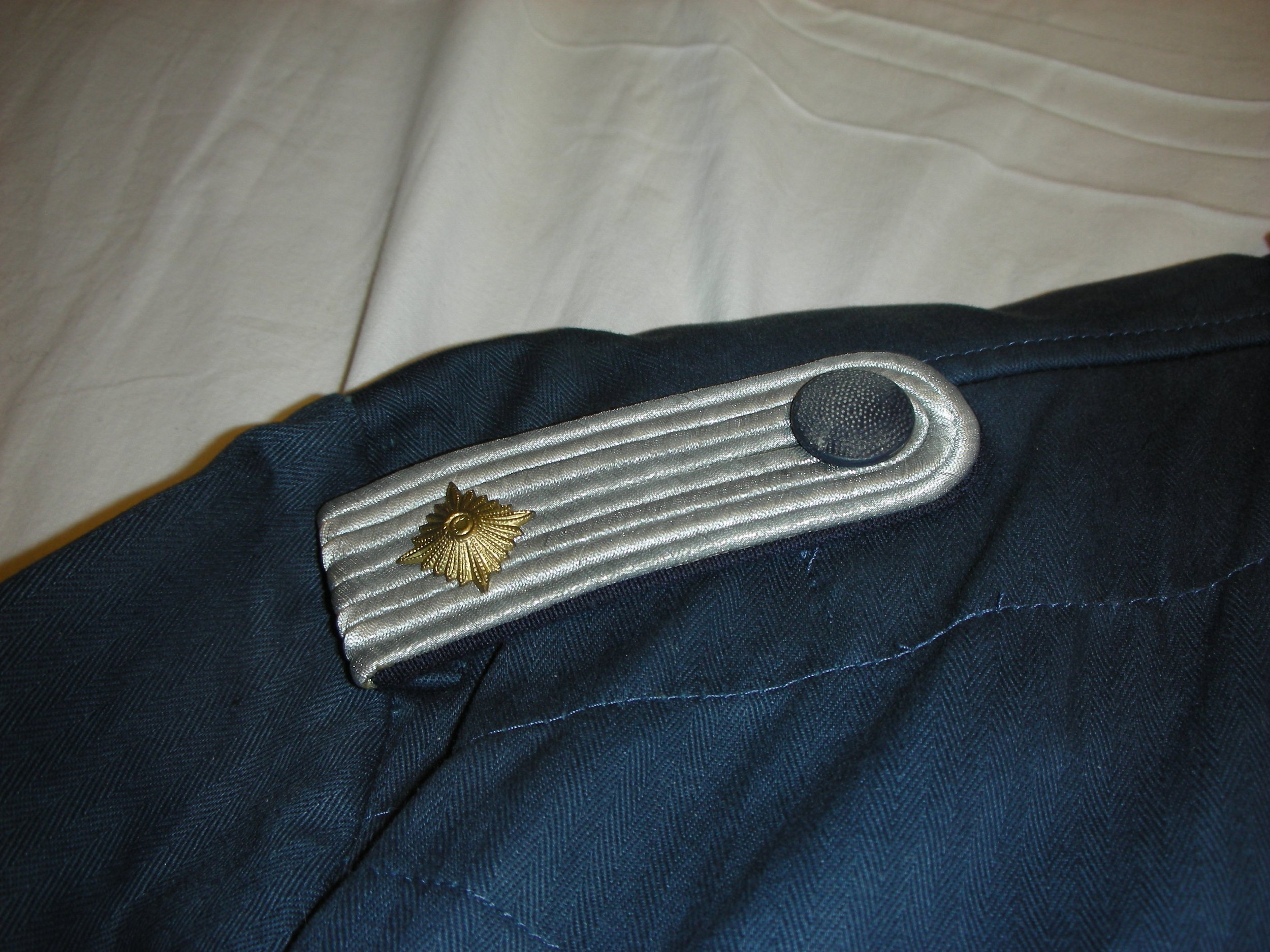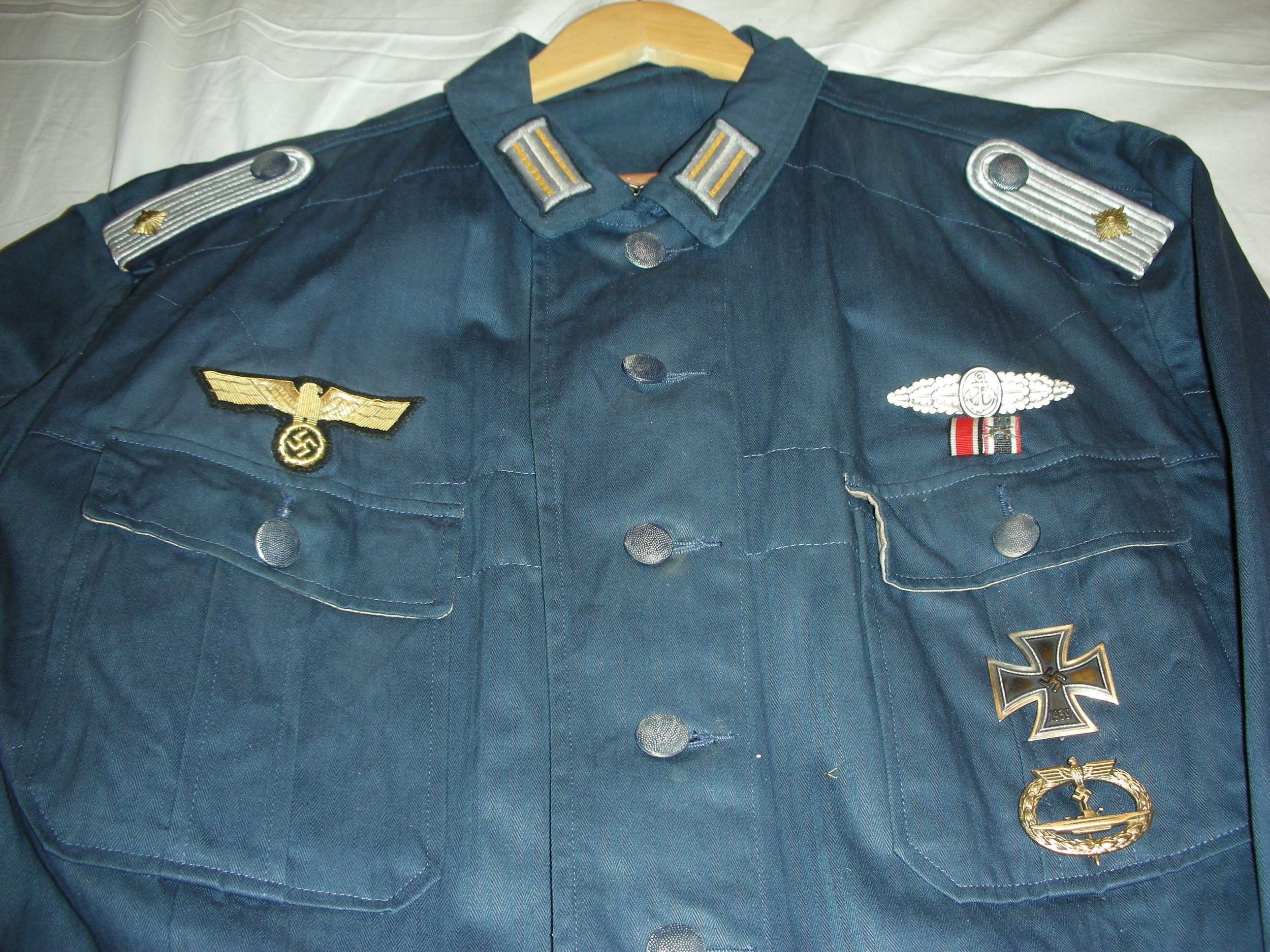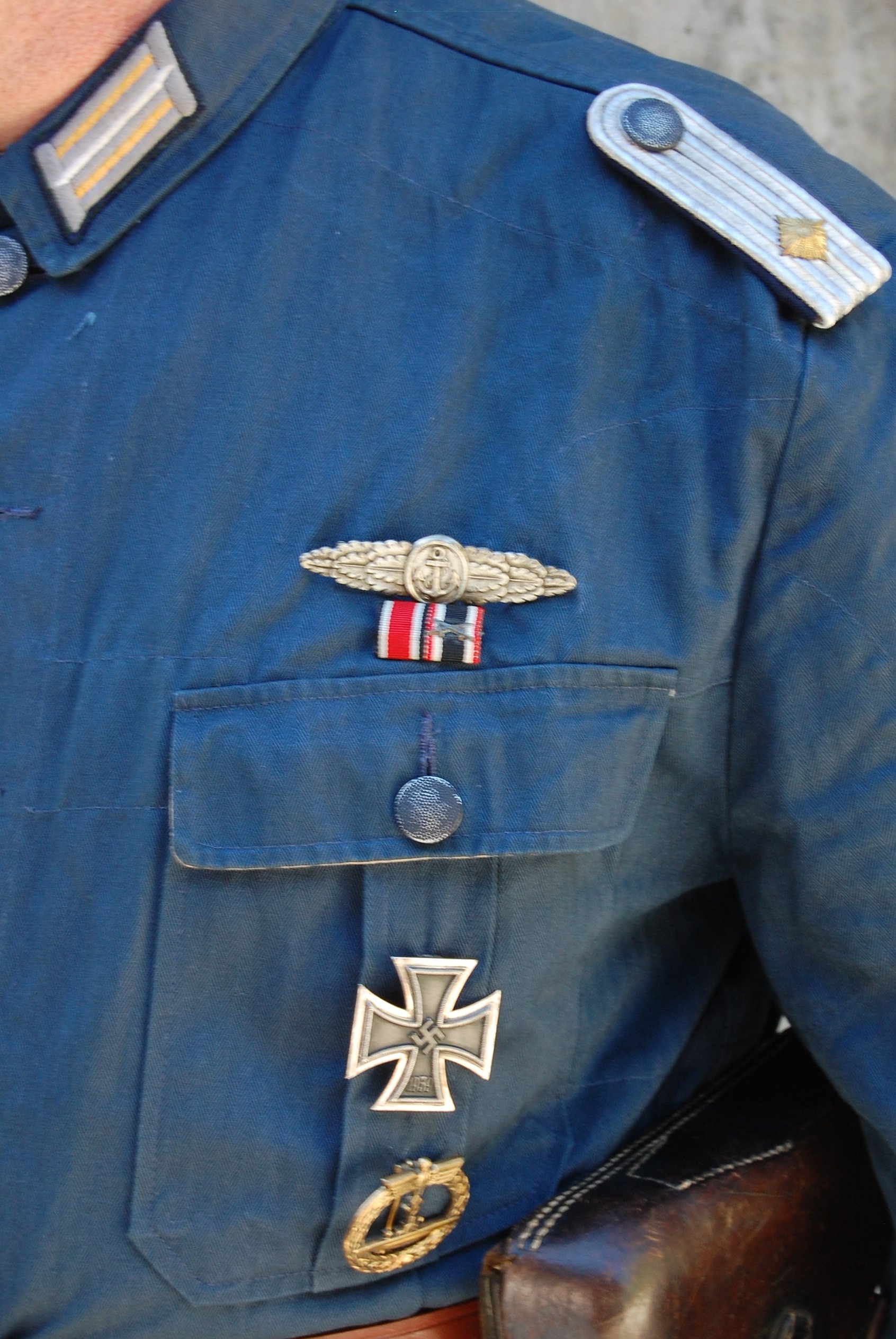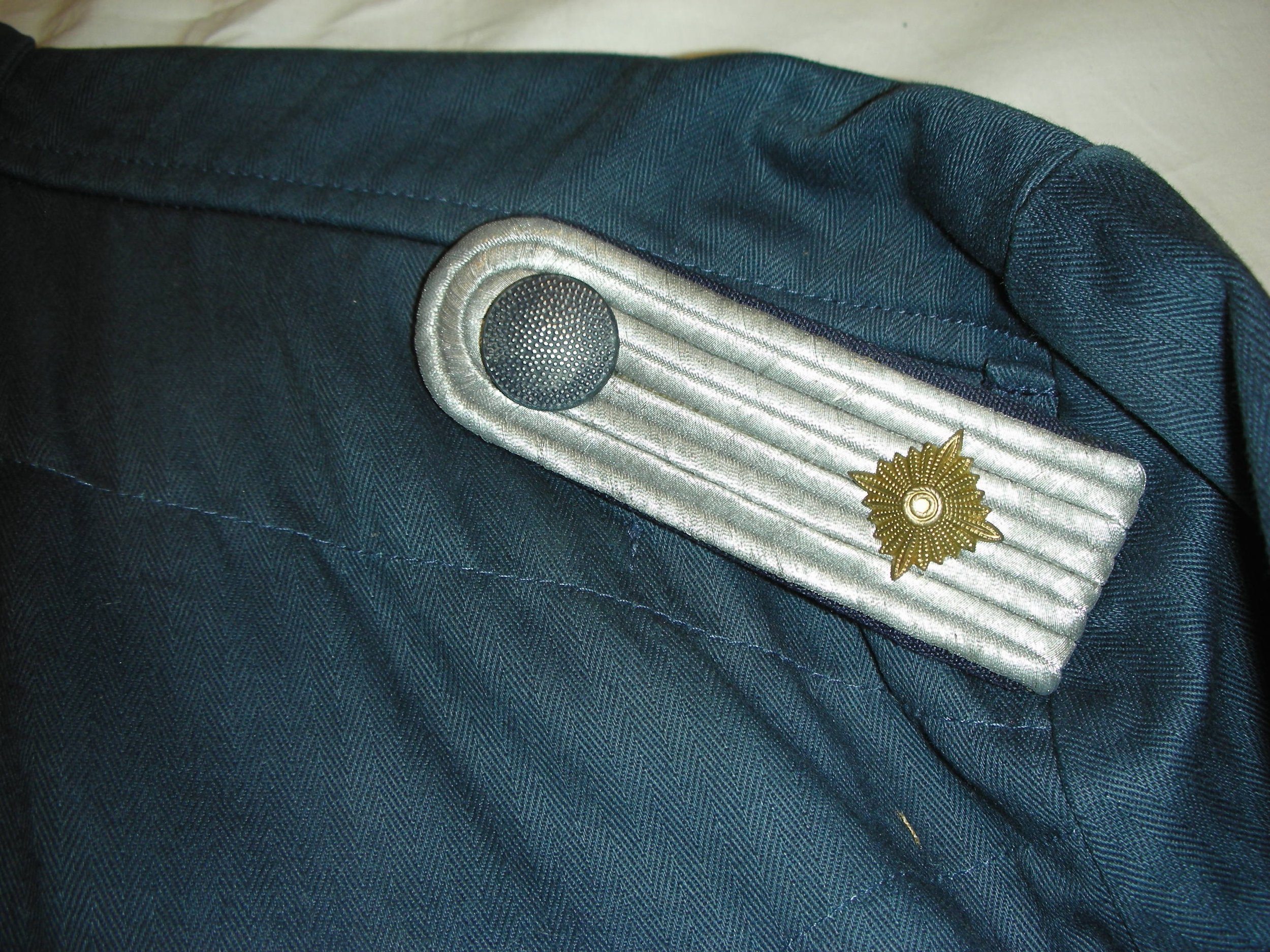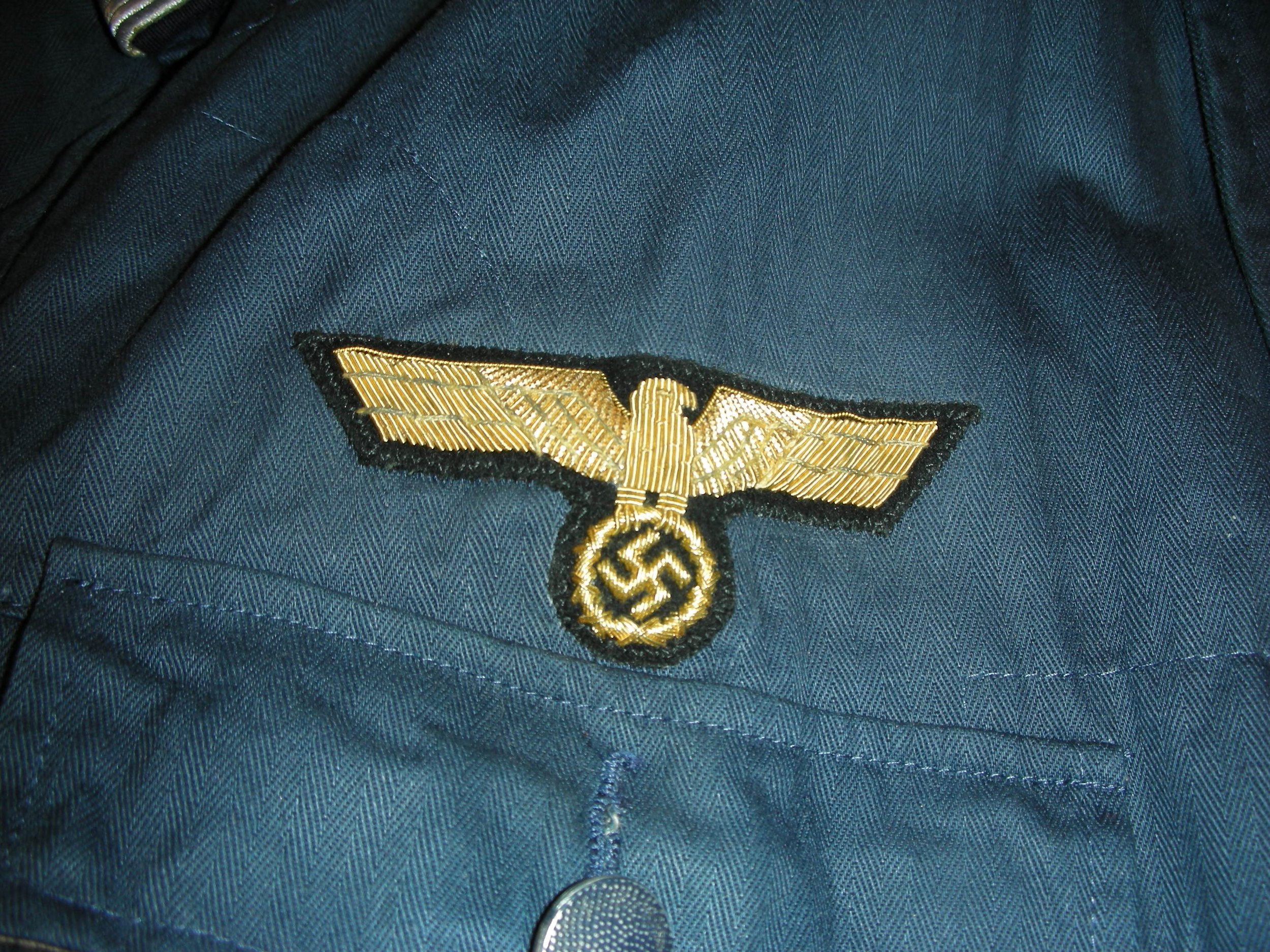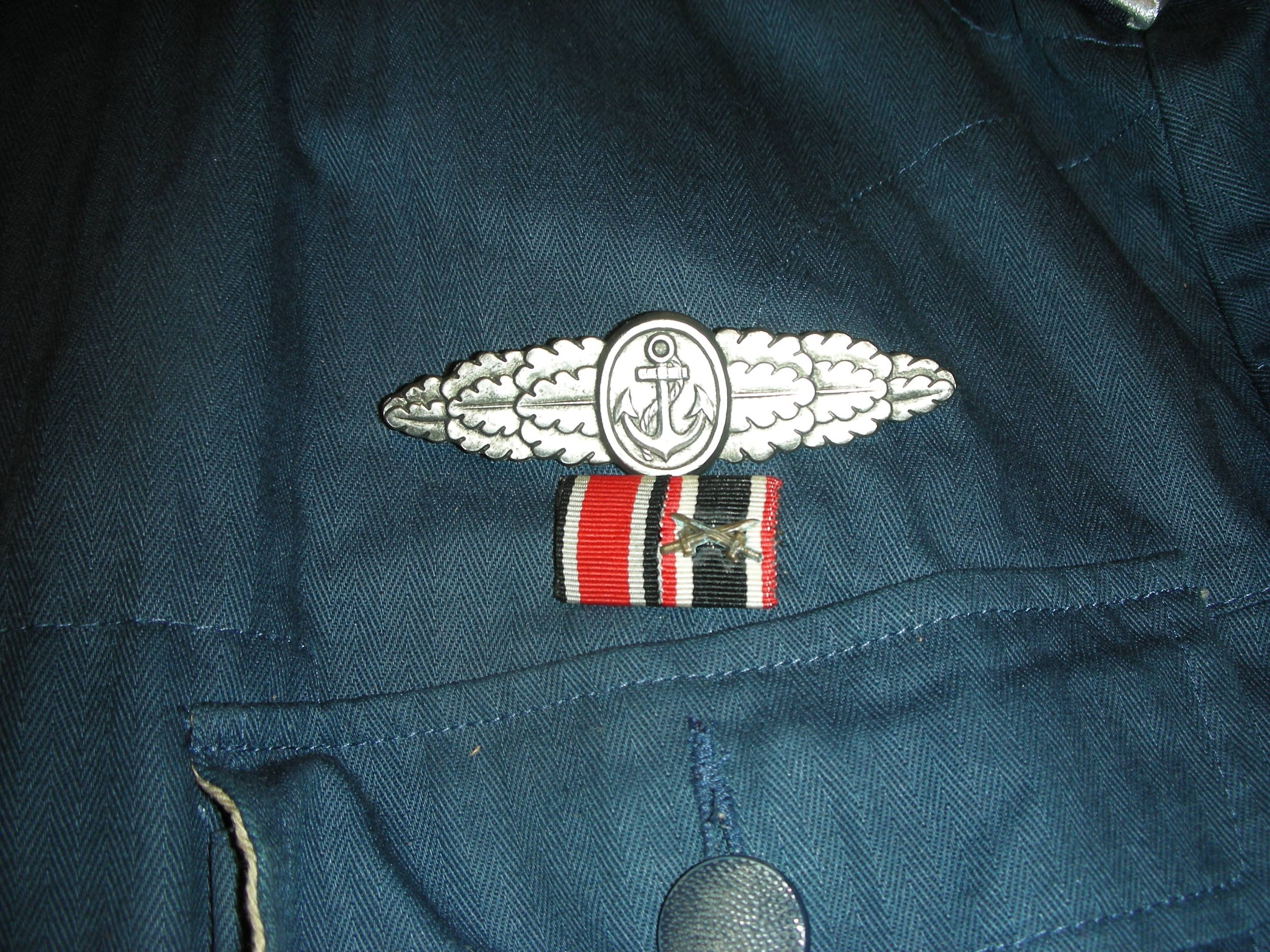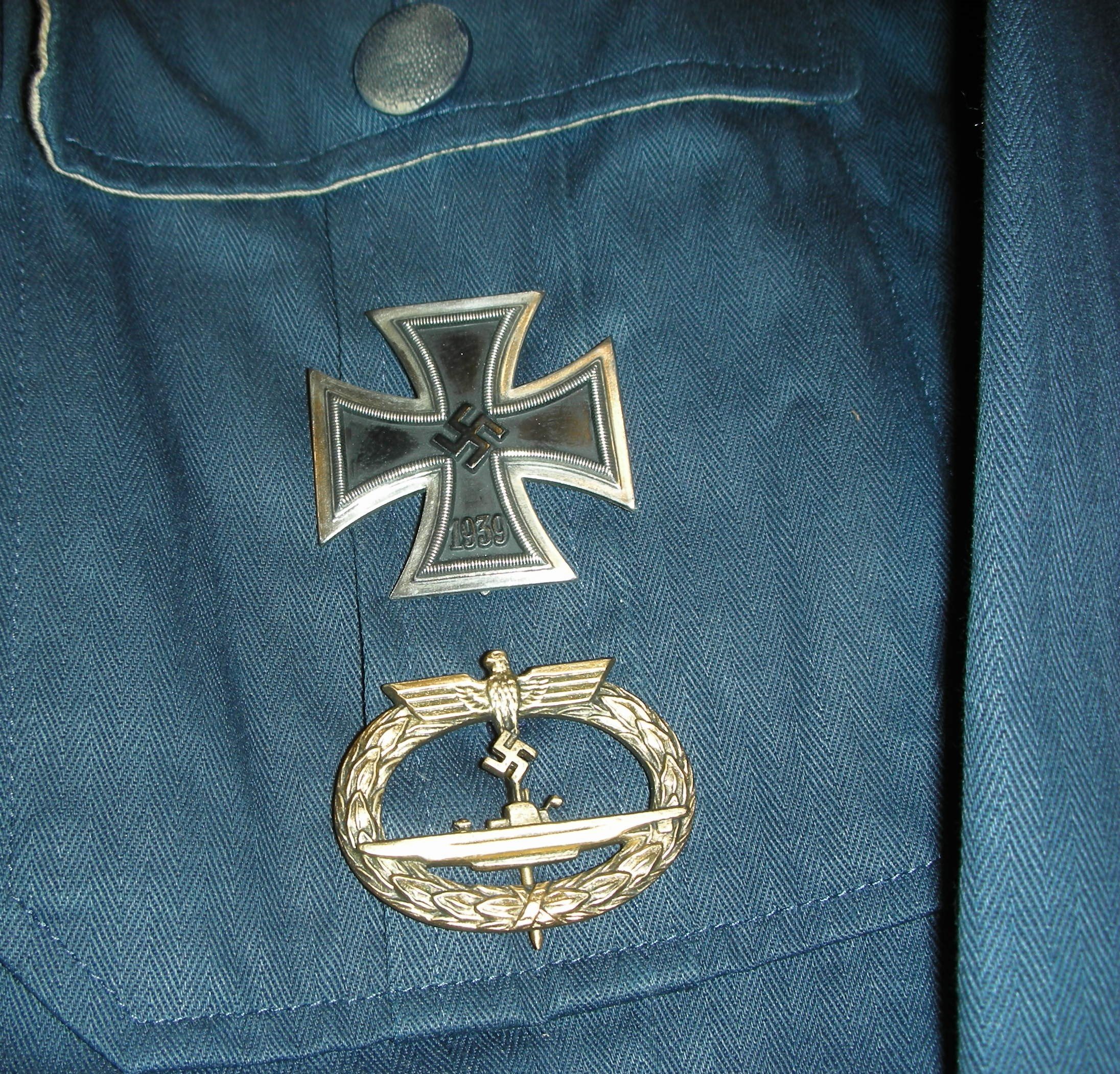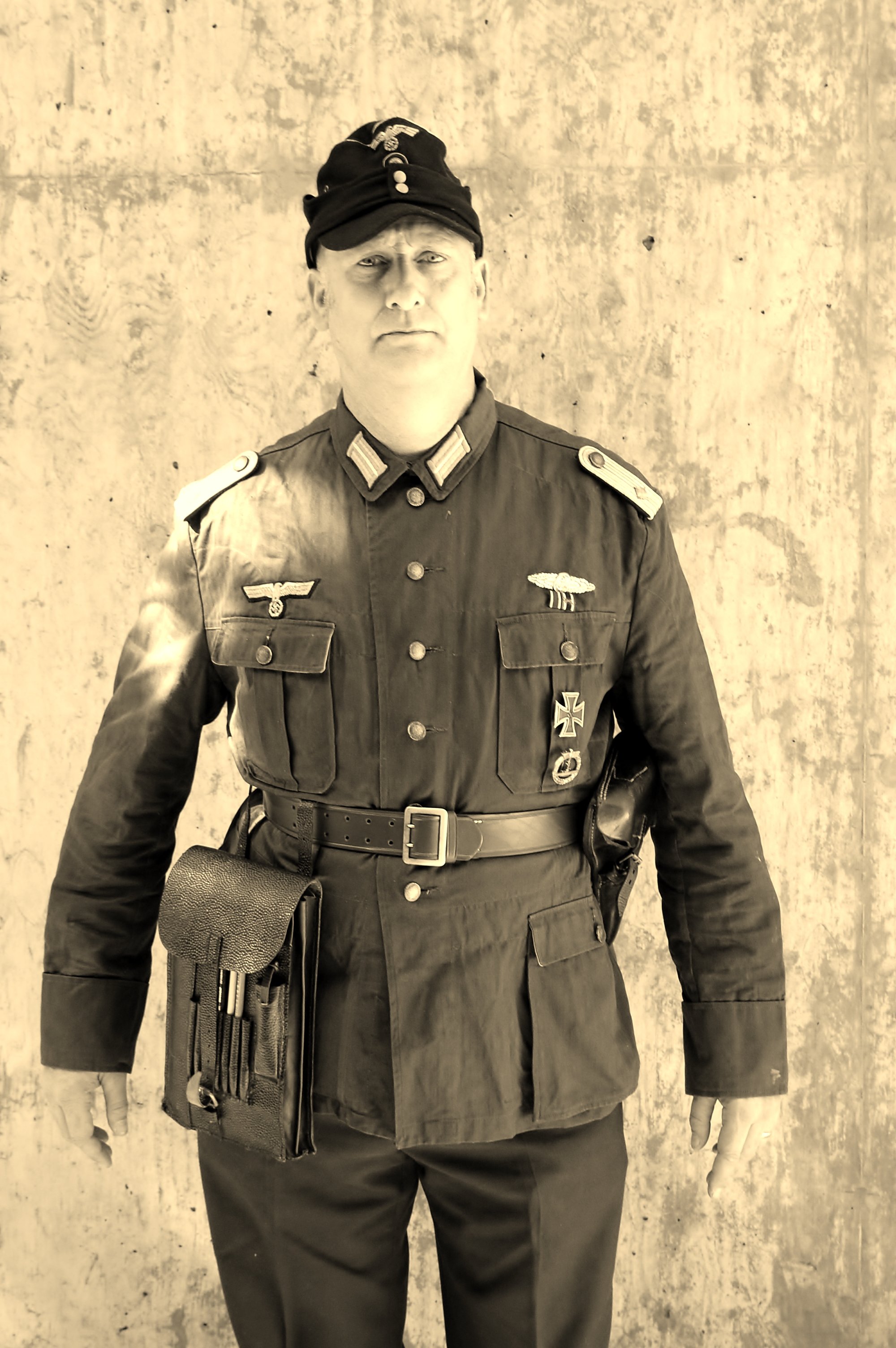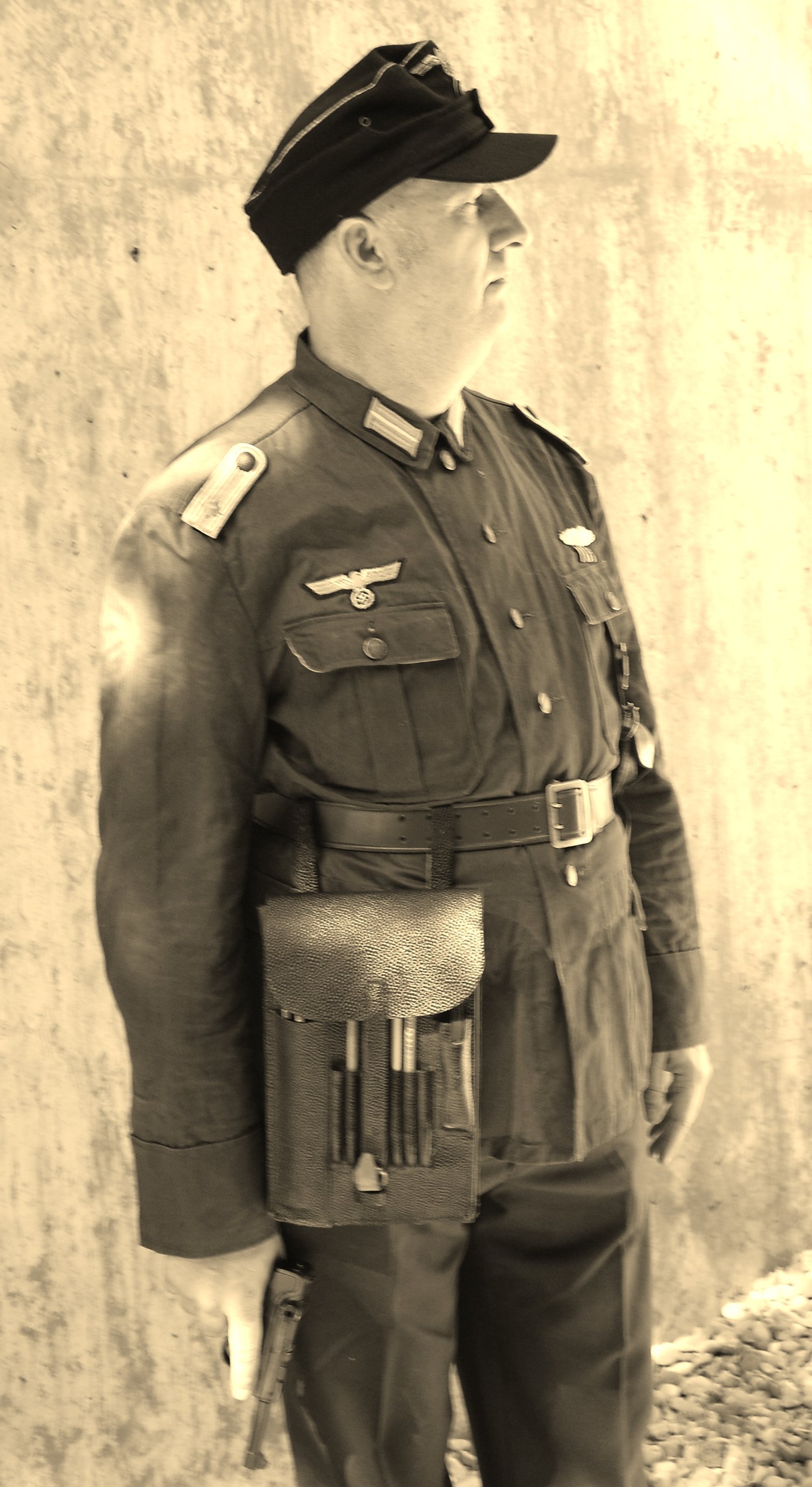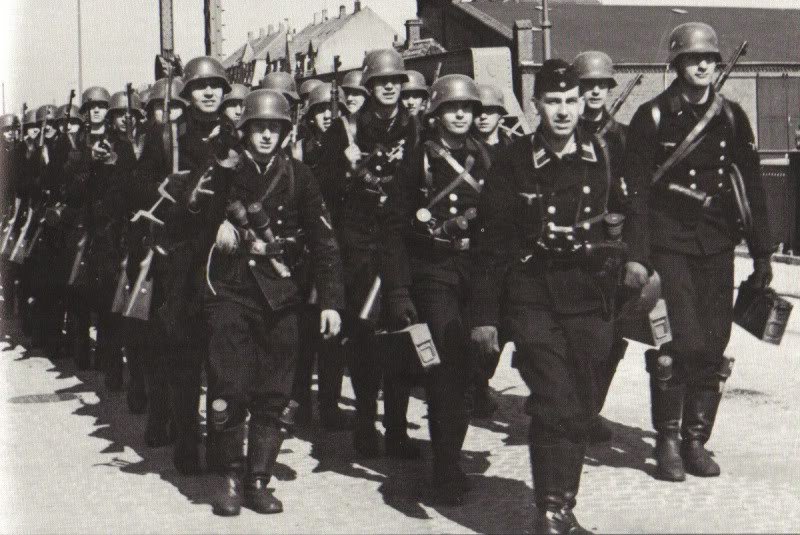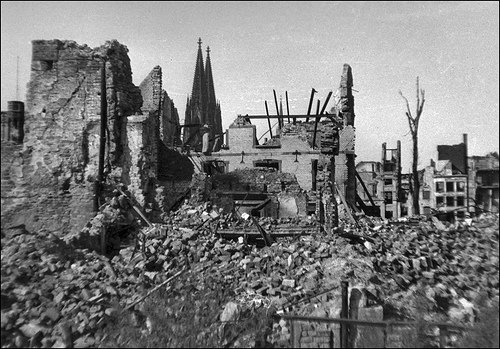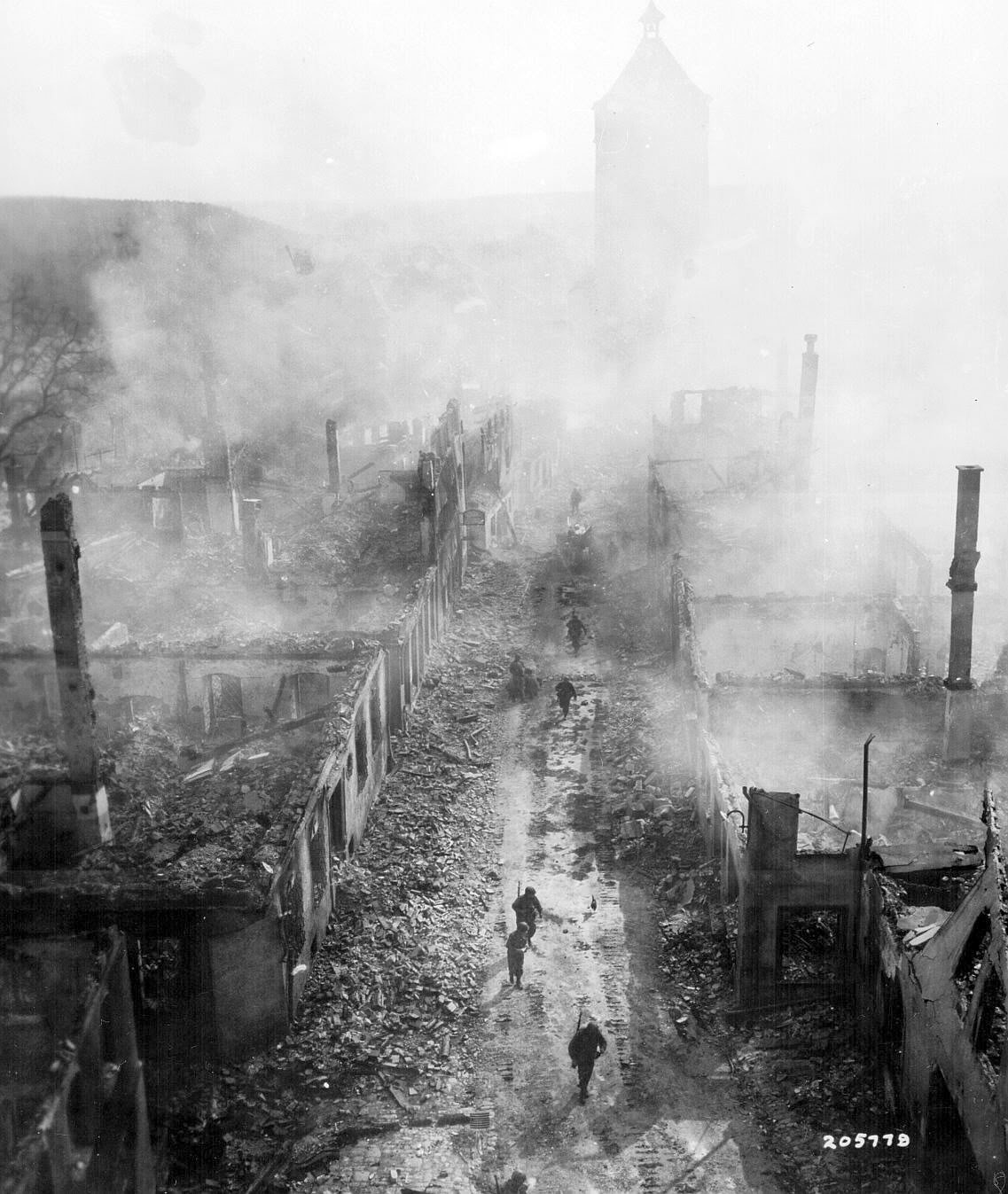Kriegsmarine ‘Ground-Forces’:
Kapitanleutnant, Deutsches Marinekommando Nordafrika:
*This officer’s story starts with time spent operating with a U-Boat in the Spanish Civil War, where Germany had sent 15 submarines, thinking it could help a fellow fascist leader, but provide a perfect opportunity to train some sailors for under-sea battle. I heaven-sent opportunity, it was felt. He was wounded in the process, and in his next service with the Kriegsmarine, he was sent to North Africa.
The office was subordinate to the Deutsches Marinekommando Italien for naval operations and employed U-boats, Schnellboote, and Räumboots. It also controlled the coastal supply of Rommel’s forces with landing craft and transporters. In October 1942, the general operational control of North Africa was returned to Rome and was controlled by the Stellv. Chef des Stabes die Seetransportsteuerung. It employed the 6. Raumbootsflottillen and the 2. Landungsflottille.
When this happened, the Chef de Seetransportstellen was appointed the Chef des Deutschen Marinekommandos Nordafrika, and their tasks merged. The Marinekommando was also the Marineverbindungsoffizier beim Panzerarmeeoberkommando Afrika. The Staff quarters of the Marinekommandos sat in Mersa Matruh, then Tobruk & finally Benghazi. With the fall of Tripoli and the loss of Italian North Africa in February 1943, the command was dissolved.
This Kapitanleutnant wears the standard Heer Tropical Uniform but with a naval rank national eagle and buttons on it. The buttons have been taken from another uniform, perhaps his old on-board U-Boot Denims. His service as part of the U-Boot crew is shown by his ‘U-Bootabzeichen on the pocket. His Spanish Service is noted by the Spanish Cross in Silver and 2 Spanish Service ribbons. He also carries on the ribbons bar, the EK-II, and the Afrika Service ribbon, which might have been issued before he arrived in Africa, even by command, in Italy.
The reasons why a U-Boot officer has been sent to work on dry land in Africa lie in his silver wound badge, likely for some wound that now prevents him from going back to sea duty, perhaps earned from the same event that earned him the Iron Cross 1st Class. Completing the uniform in an M42 Cap with Kriegsmarine insignia on it, in a way as to not mistake him for a Heer, General-Officer, he could also wear a Kriegsmarine tropical Helmet. A standard tropical shirt that has a (KM) National eagle applied to it, and wears a tie most of the time, the uniform jacket has had Kriegsmarine buttons added to it as well. He could also wear (Heer) tropical trousers or shorts, depending on the duty status.
Note: The story provided with the uniform has much information on the time served in the U-Boat, much of it bases out of Spain, but I have nowhere near enough space to add all of it.
Stabsoberfeldwebel - Coastal Artillery Battery Tirpitz Constanta, Romanian:
Romanian alliance with Germany is mostly known for actions of the Romanian Army or Air Force, however, this country occupies a strategic section of the Black Sea. The sea with several historic and important ports. This was not lost on the German OKW, and heavy batteries were built to defend the city and harbor against Russian attacks.
The largest of these batteries was "Batterie Tirpitz," which guarded the harbor starting in 1941 with three 280 mm guns. Large crews were required to man the guns, plotting the targets and supplying the powder and shells. This Oberstabsfeldwebel ensures that the process moves quickly and efficiently to destroy any enemy that comes within range.
The weather in Constanta is hot, and this NCO has "procured" a Luftwaffe tropical jacket for his comfort. Kriegsmarine buttons have replaced the LW tan pebbled ones originally on the jacket. Standard Coastal Artillery shoulder boards have been placed through the loops and secured with KM buttons. All the buttons can be removed by pulling off the "S" retaining rings.
The NXO has been awarded the Iron Cross and War Merit Cross II Class as well as the Romanian Medal of Valor. He has won the War Merit Cross I with Swords for decisive action during combat as well as the Coastal Artillery Badge. With this uniform, he wears a KM tropical Schirmmutz; it is interesting to note the branch color differences in khaki. Either Khaki shorts, similar long trousers, or, on a cooler day, Feldgrau Wool Trousers complete the uniform.
Obermaat, Marinekusten-Batterien MKB 4/ 507 Orlandet (6/ 506):
There were seven active Marinekustenten-Bataillons or MKBs consisting of two to six companies each, prior to the invasion of Norway. These battalions were initially charged with protecting the coasts and harbors of Germany. With the fall of Norway, France, and the Low Countries, these units were expanded to include four large-caliber naval batteries between Calais and Boulogne. These were to be used during the planned invasion of Britain to provide the initial shore bombardment of the Dover Area and prevent the Royal Navy from interfering with the invasion fleet.
When the invasion was scrubbed in late 1940 in favor of starving Britain into submission, additionally, Navy Artillery and Flak companies were formed to protect the many U-Boat bases being built along the Atlantic Coast. In mid-1941, battalions were formed to fortify the Channel Islands and the coast of Norway.
Artillerie of HKB was responsible for “Filling-In” the coastal areas between these points by covering possible landing sites. The Navy Artillery units were normally situated directly on the coast and used as direct fire control procedure similar to that used on ships, with the Army positioned further inland, which protected them from Allied “Air” and “Naval” attack, but limited their ability to track and engage enemy ships and landing craft. Navy artillery battalions were separate from the Heer, under the Navy.
Battery organization generally depended on the weapon system, to which Fuhrer Directive 40, March 1942, provided detailed instructions for the construction and defense of what became known as the Atlantic Wall. This meant a massive expansion of the Naval Artillery, with some 100 Battalions* created by the end of the war.
Navy (Kriegsmarine) units were primarily deployed to defend important ports, or harbors, rivers, estuaries, and other points critical to naval operations.
In the case of MKB 4/507, this was three 38cm** cannons in fully armored turrets from the battleship Gneisenau, which were mounted on purpose, built multiple-level batteries at Orlandet, the northwest of Trondheim. This battery was one of 221 batteries, part of six territorial-Abschnitt Marine and Heer commands in place to repel an Allied invasion of Norway by 1945.
This Obermaat could be assigned as a section of gun commander working on any of the three watches that man the batteries day and night, He wears the Kriegsmarine Badge similar to the Heer-Army’s Assault Badges, the Kriegsazeichen fur Marineartillerie (on his chest) indicates that he has either worked as a flak gunner that has engaged enemy aircraft attacking his batteries, or ships at sea, either is a possibility.
Following the surrender of German Forces in Norway, a large amount of uniforms and equipment were left behind. Some were re-utilized, others may have been hidden away by those who may have had a friendly relationship with the German Sailors. With the aging of the war generation, many secrets unfolded. Often the potential discovery of a “NAZI” war relic in the attic was cause for far too many questions, and the items found their way into the hand of historians” who asked no questions, and just, happy to leave behind fair compensation in Krone.
*In 1941/42, the companies within each battalion were redesigned as Batterien, or Batteries, to place them in line with other artillery unit designations.
** A 38cm projectile is equivalent to the US 15-inch gun of the US. Navy with over a 40 kilometer (approximately 25 miles) range'.
Fahnrich (Midshipman) :
Dang! lost this story too!
“NEW” Obermaat, Marine-Artillerie-Abteilung 617:
Marine-Artillerie-Abteilung 617 was formed in Mai 1943 and stationed at Patras, Greece in Juni as part of Seekommandant West greichenland. The Abteilung manned the existing Greek coastal 20,3cm or 8-inch batteries at Cap Papas, controlling the access to the Gulf of Corinth. The Abteilung withdrew from Southern Greece and disbanded in October 1944.
The Obermaat wears the Kriegsmaine Sommer Weiss M38 Dienstbluse. This uniform was authorized for wear from 1. May to 30.September, with the exception of when working in an office setting, when it could be worn year-round. The Bluse has removable buttons and insignia, making it easy to keep clean. He can wear the white or navy-blue Kriegsmarine Schiffchen or Schirm mutz when out of the office.
Kontreadmiral Marine Artillerie Admiral:
The Naval Artillery ensured the defense of a port or a particularly sensitive coastal sector. Naval batteries made use of five main types of emplacements: railroads, pillboxes, Walls and trenches, armored turrets, or concrete turrets; sometimes heavy batteries used a composite of two types of emplacement (such as pillbox and armored turret), such as can be found at the "Lindemann" and "Todt" positions in the Pas de Calais region.
As rearguard armament, this varied according to the sector to be defended (from 6.5cm to 40.6cm). On the coast, the Kriegsmarine used three types of formations: Coastal Artillery Group (Marine Artillerie Abteilung - MAA), whose purpose was to engage an enemy fleet in sight of land and to defend large ports and sensitive defense sectors. Light Coastal Artillery Group (Leichte Marine Artillere Abteilung - leMAA): had the same function as above, but used infantry companies not available to the above. Naval Anti-Aircraft Artillery Group (Marine Flakartillerie Abteilung -MaF/A): Its function was to protect major ports from air attacks.
The commander of the coastal sector (Seiko) was in charge of all Kriegsmarine units based on land in that sector. His role was that of regional admiral. His authority extended over the port commanders (Haka Hafenkapitän and Hako Hafenkommandant), naval arsenals, naval intendancies, coastal and naval flak artillery, Harbor Protection Flotillas, transport units, radar detection units, and smoke units. It did not cover military hospitals or naval shipyards.
France was covered by 9 Seekommandanturen, from north to south:
1. Seeko Pas-de Calais (HQ: Calais), 2. Seeko Seine-Somme (HQ: Le Havre), 3. Seeko Normandie (HQ: Cherbourg), 4. Seeko Kanalinseln (HQ: Guernsey), 5. Seeko Bretagne (HQ: Brest), 6. Seeko Loire-Gironde (HQ: Saint-Nazaire), 7. Seeko Gascogne (HQ: Royan), 8. Seeko Languedoc (HQ: Port-Vendres), and 9. Seeko Französische Riviera (HQ: Marseille).
The story is of unknown original ownership. This admiral’s uniform was war booty by a US Army 3rd Infantry Division soldier during Operation Dragoon in Southern France and later sold along with a Kontreadmiral and Ritterkreuzträger uniform from another collection. The Kriegsmarine, much like the Heer, chose to identify the Admiral officer rank on the field gray uniform with a standardized collar tab that indicated the wearer was an Admiral. Typically, the rank tabs were on a cornflower blue base cloth, though field gray was also known to have been used as a backing color, and darker shades of blue have been observed.
NOTE: The four pockets and lower pockets that taper in are unusable for the Wehrmacht, let alone, Dress uniforms generally have no visual pockets on Waffenrocks, but if you’re an Admiral, then, maybe I suppose he could make it so. A dagger and an engraved Walther pistol. A very rare uniform, few reached this rank in this specialized section of the Kriegsmarine. Dressed in much the same manner as the Heer officer corps, the officer could wear breeches and riding boots or trousers, both piped with blue Lampasse.
Feldwebel “OberBootsmannsmate” Marinestosstruppkompanie:
The “Marinestosstruppkompanie” was formed in March 1938. It was made up of just two infantry platoons, an engineer platoon, and a weapons platoon having a total strength of maybe 250 men. These Sailors would, in September 1939, serve in the Battle of Westerplatte (The Invasion of Poland). The unit expanded to six companies in 1940, becoming the Marine-Stoßtrupp-Abteilung, and these troops went on to serve in the occupation of Normandy and the taking over of the Channel Islands.
By 1945, the remaining Kriegsmarine sailors were ordered to hold back the Russians in the coming Battle for Berlin, albeit the outcome was already obvious, Grand Admiral Dönitz sent thousands to serve with the remaining infantry formations defending the “Fortress-City” (Meaning no one was allowed to leave.
Some of those came from the 1st Ground Division, but they came from all over, all forces combined, along with volunteers, Youths, and Old Volksturm Untrained and without leadership, they were up against hardened, angry Russian Armies circling the city, with near-infinite supplies of Rockets, Artillery, Air Support, hoards of Infantry, and 2 Generals-trying to be the first to take the city! It was going to be an ugly mess of a battle.
KaptainLeutnant, Marine Infantry Battalion, 1945:
As the battle for the seas became one-sided and the borders of the Reich shrank, the demand for infantry soldiers caught up with the German Navy. Crews without ships and technicians without places to practice their trades went from being sailors to being soldiers.
This Kaptain Leutnant has come from the once-strong U-boat fleet. Now leading a company against Russian tanks. The uniform is cut along the same lines as the Coastal Artillery uniform but in navy blue, not feldgrau.
The KM developed an M43 style cap in 1942 and issued it in a tropical style, so here we have the KM M42 cap in wool with officer insignia. To show participation in ground combat, the Navy developed the Ground Combat Clasp in bronze and silver. We can only speculate it the Iron Cross I Class was awarded for combat leadership on land or on the sea.
“NEW” Soldat 992. Gredadier Regiment 243. Infanterie Division
243. Infanterie Division was a bodenständige or static division created for coastal defense in July 1943. It was stationed in the Cotentin Peninsula of France, manning local positions when the Allies invaded in June 1944. Under the Command of Franz Müller, the regiment counter-attacked at Ste-Mere-Eglise on 7 June, taking the town but was driven back by heavy naval gunfire. The regiment maintained a blocking position until 12 June. Pressured by the American advance, the division pulled back into the fortified port city of Cherbourg.
Ordered to hold the port against all lies, the fortress held out until 29 June. Unwilling to lose the remaining capital fleet engaging the Royal Navy, the Kriegsmarine docked them in hardened positions. The crews along with those who survived combat actions, found themselves being used to fill the growing Heer divisions. With a new Soldbuch and a change from navy blue to Feldgrau, this Soldat was assigned near the Channel Coast as part of the 243. Infan terie Division. Captured by the US Army at Cherbourg, he was transported as a POW to England and then to the U.S., where he remained until repatriation after the war’s end.
Note in the photo taken from the internet, the soldier on the right has the Mine Sweeper Badge on the front.

